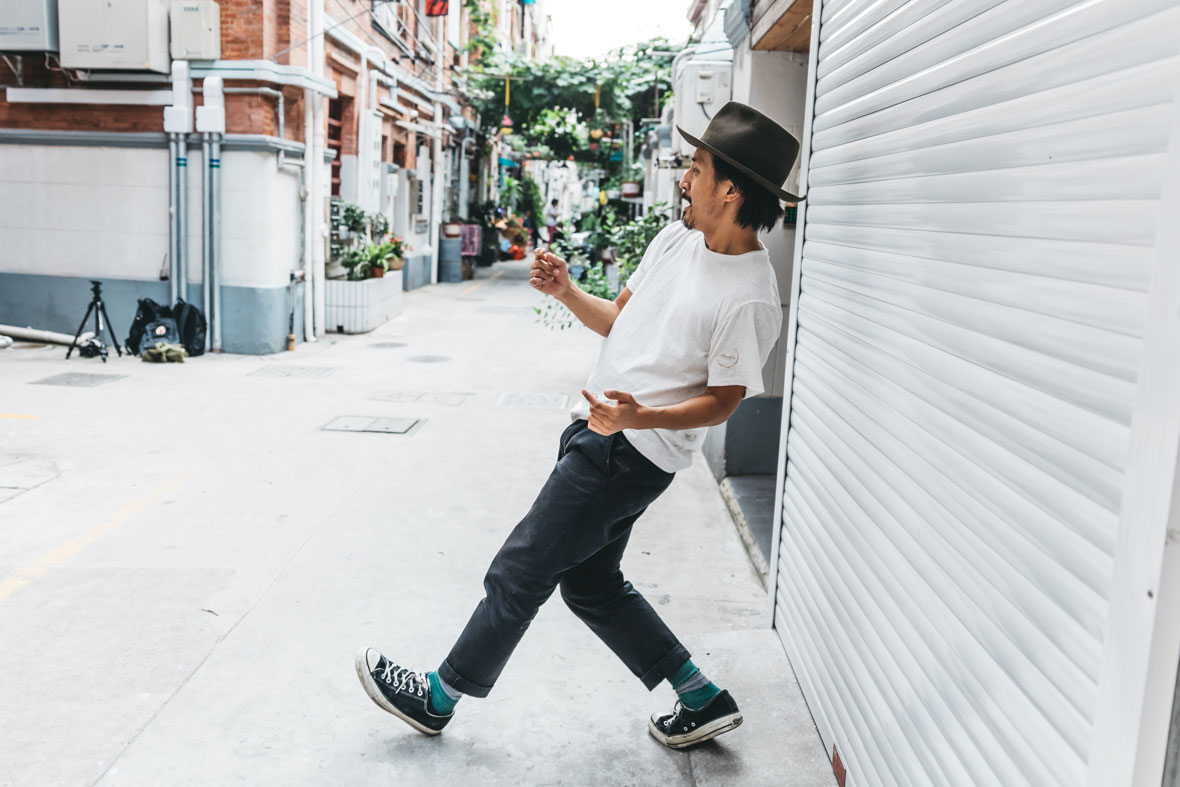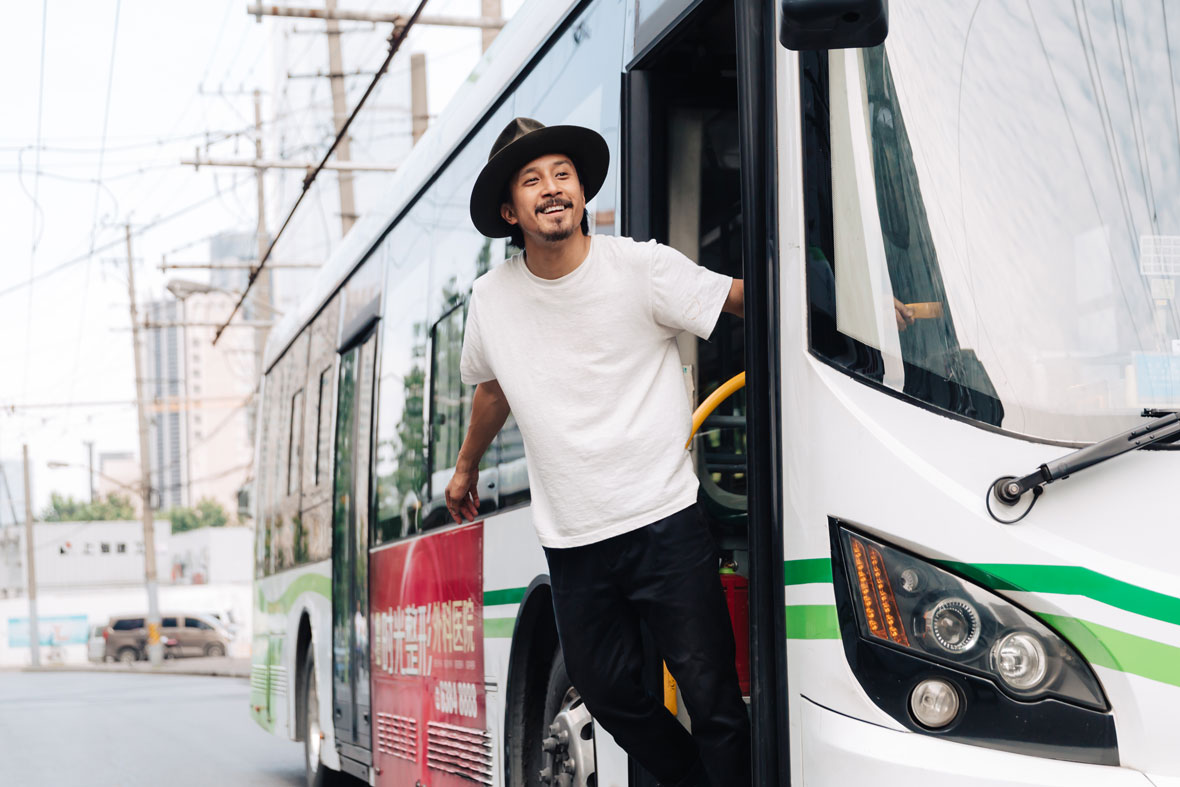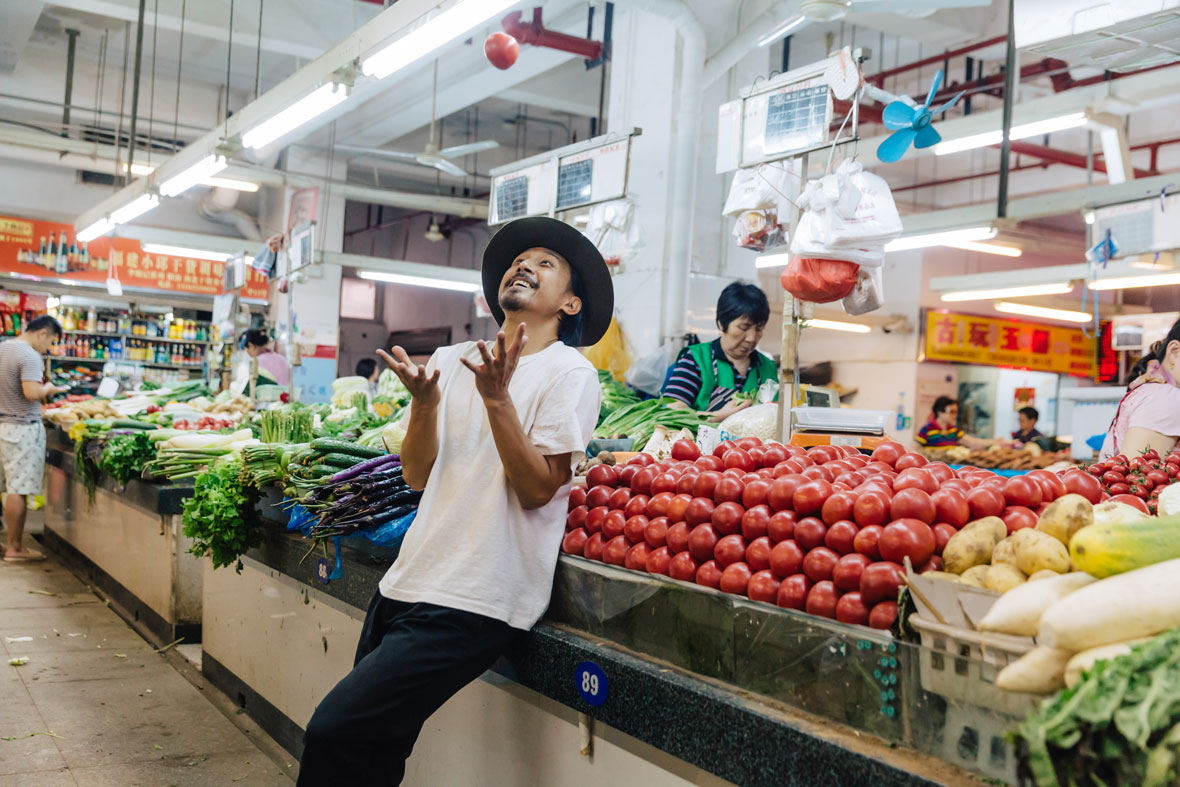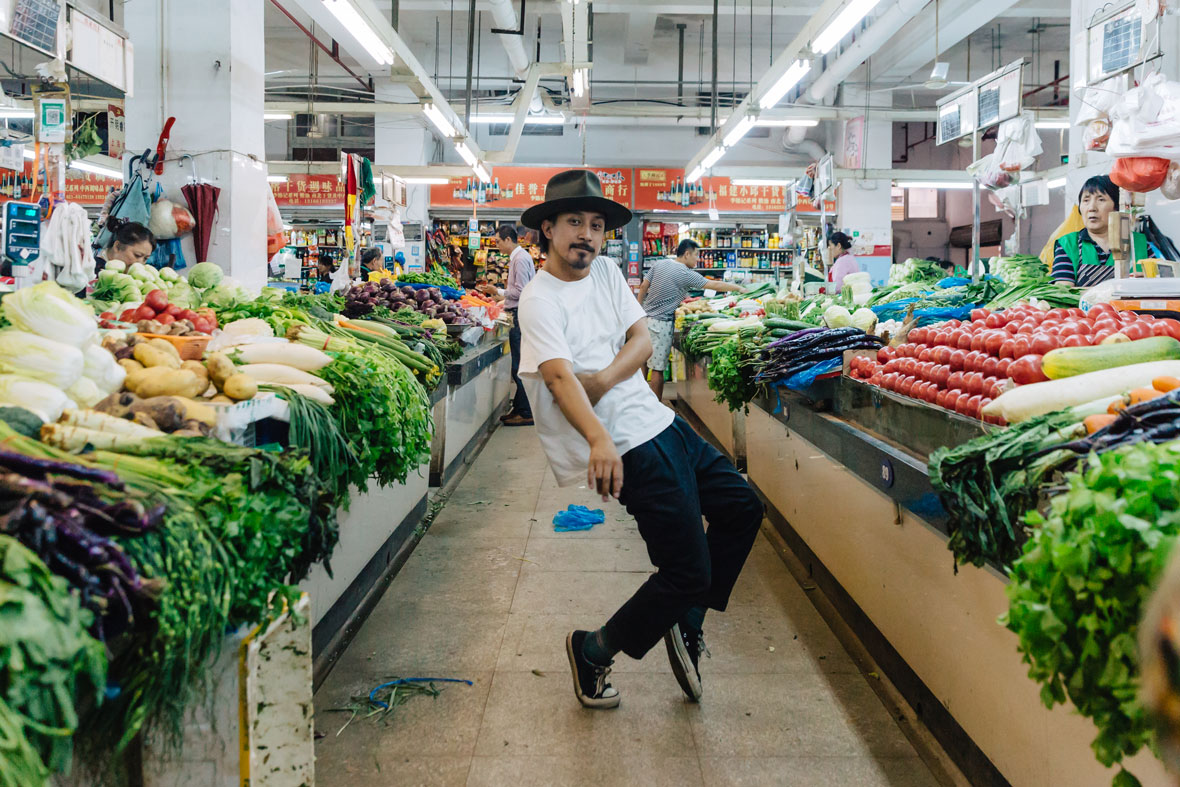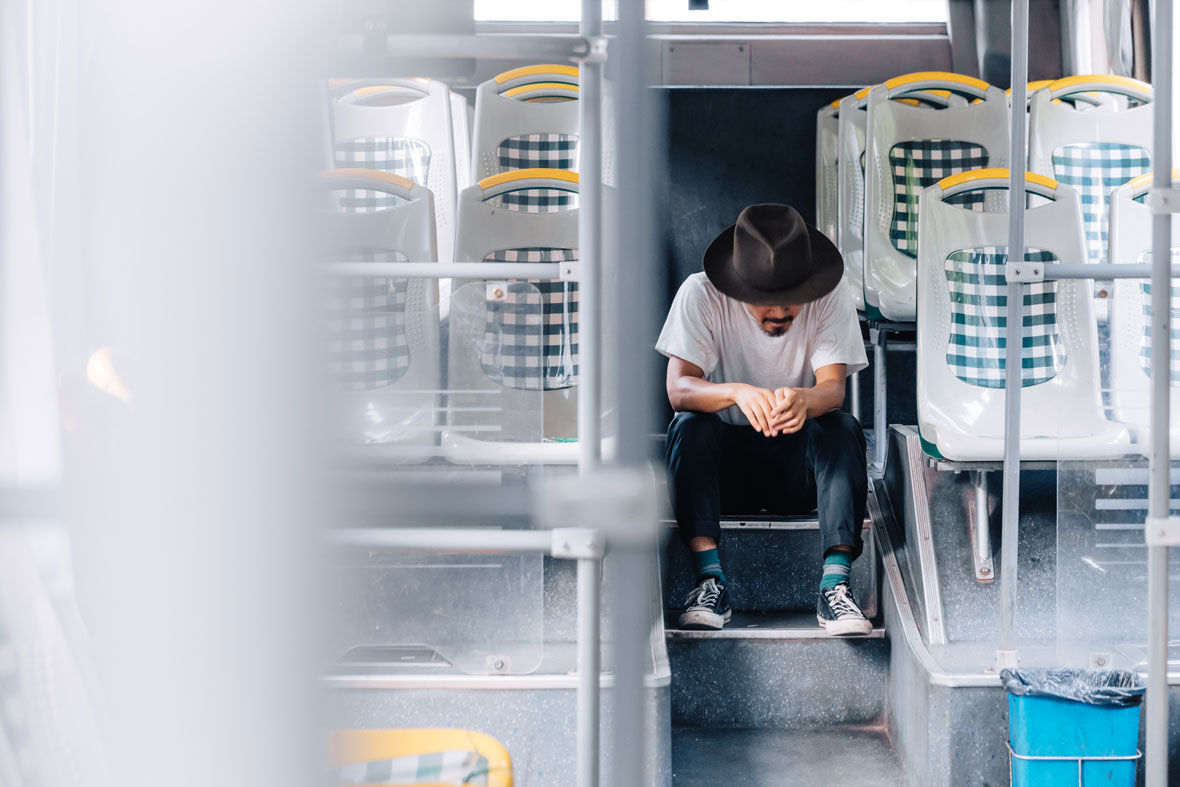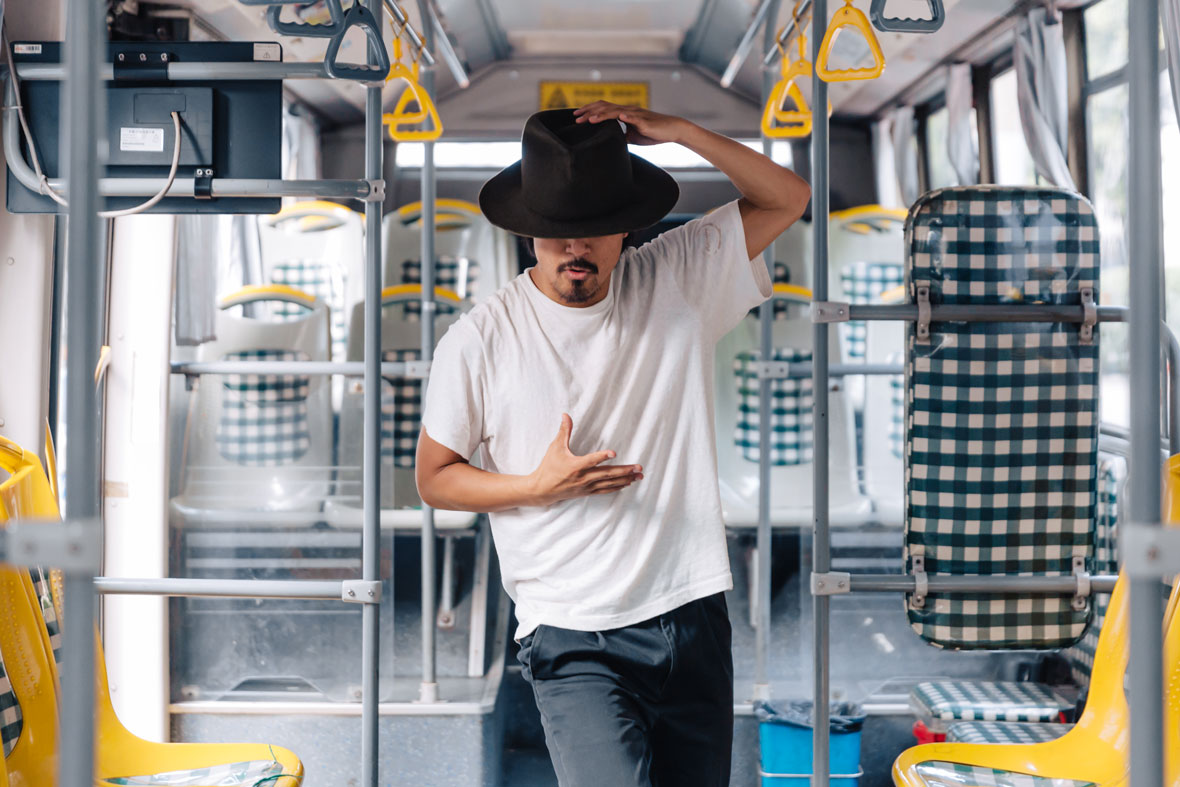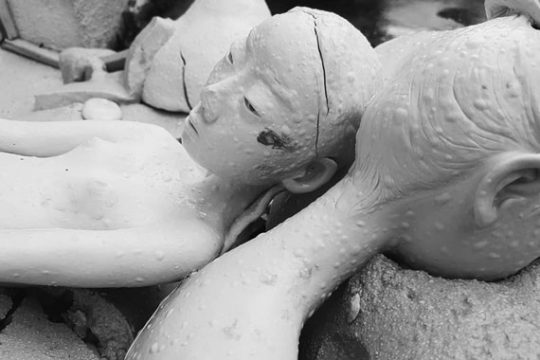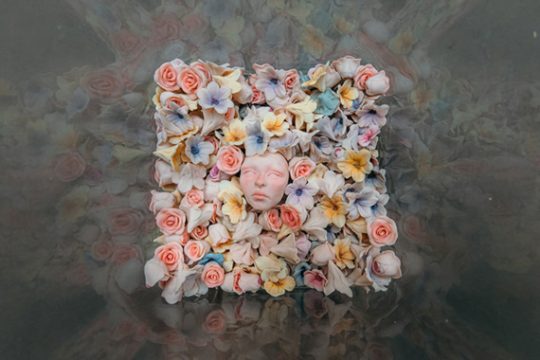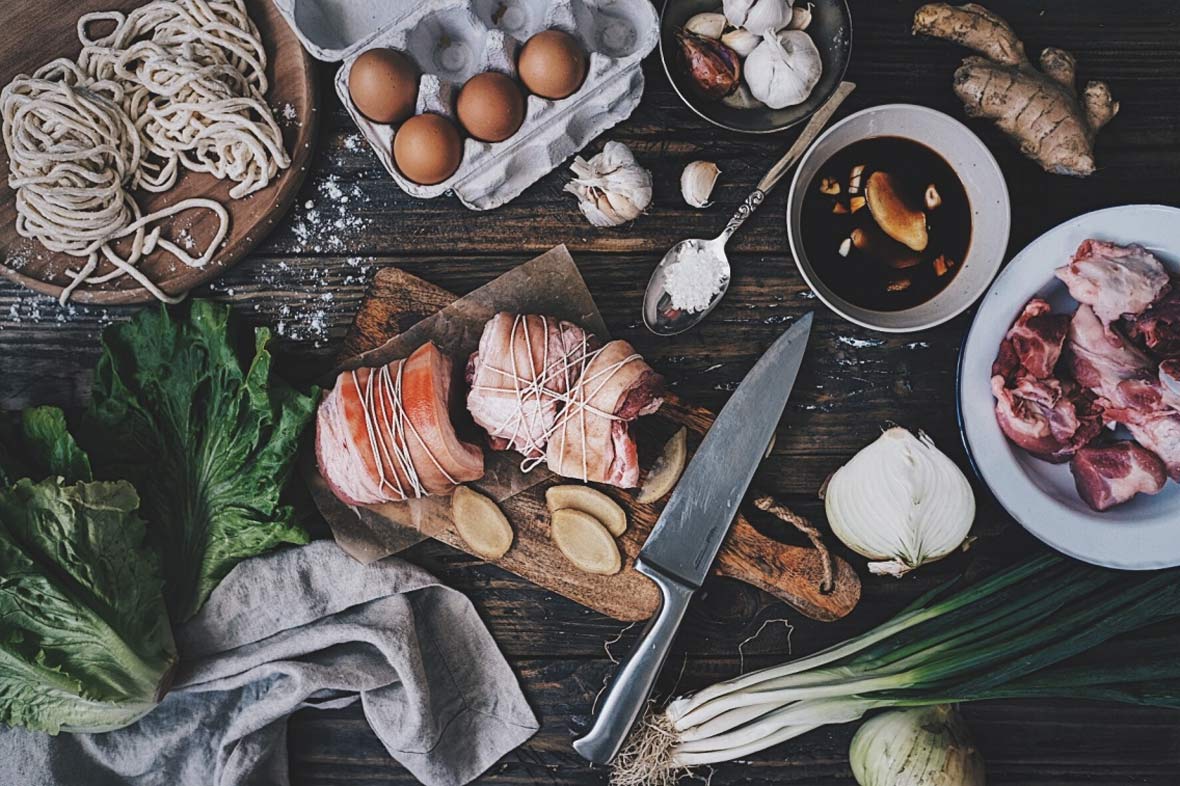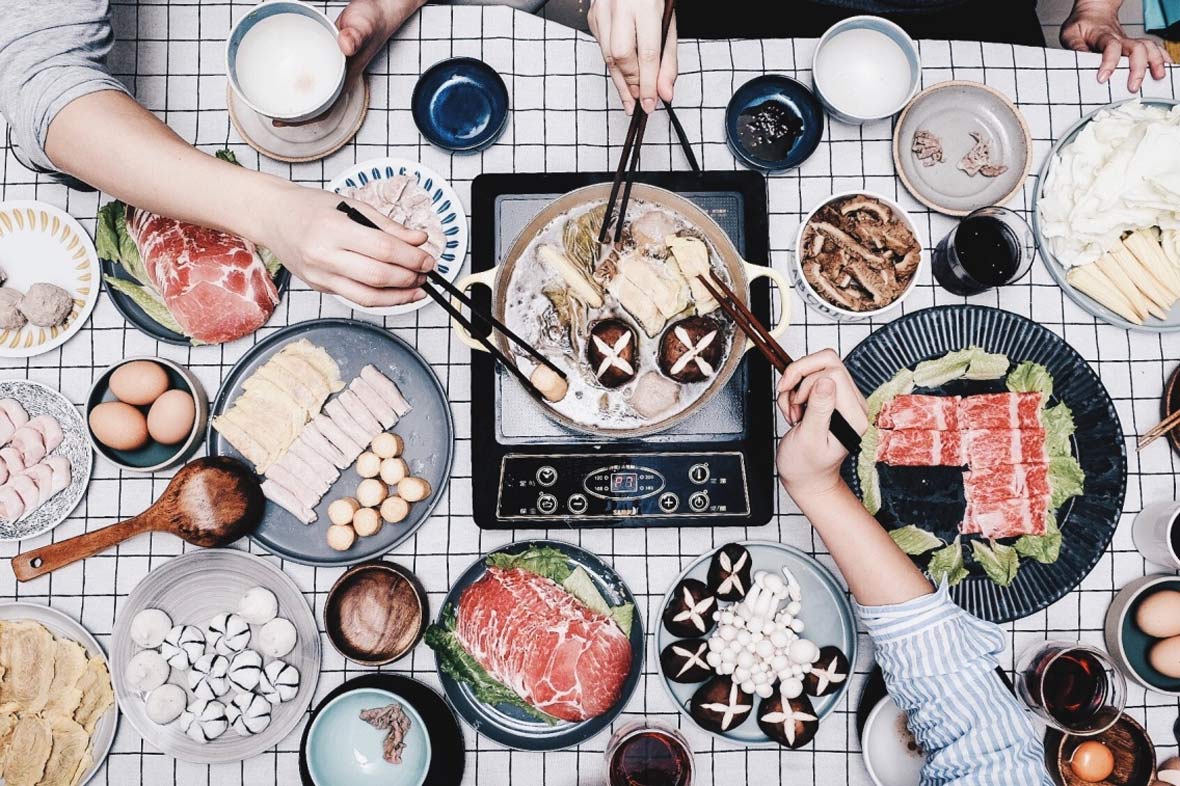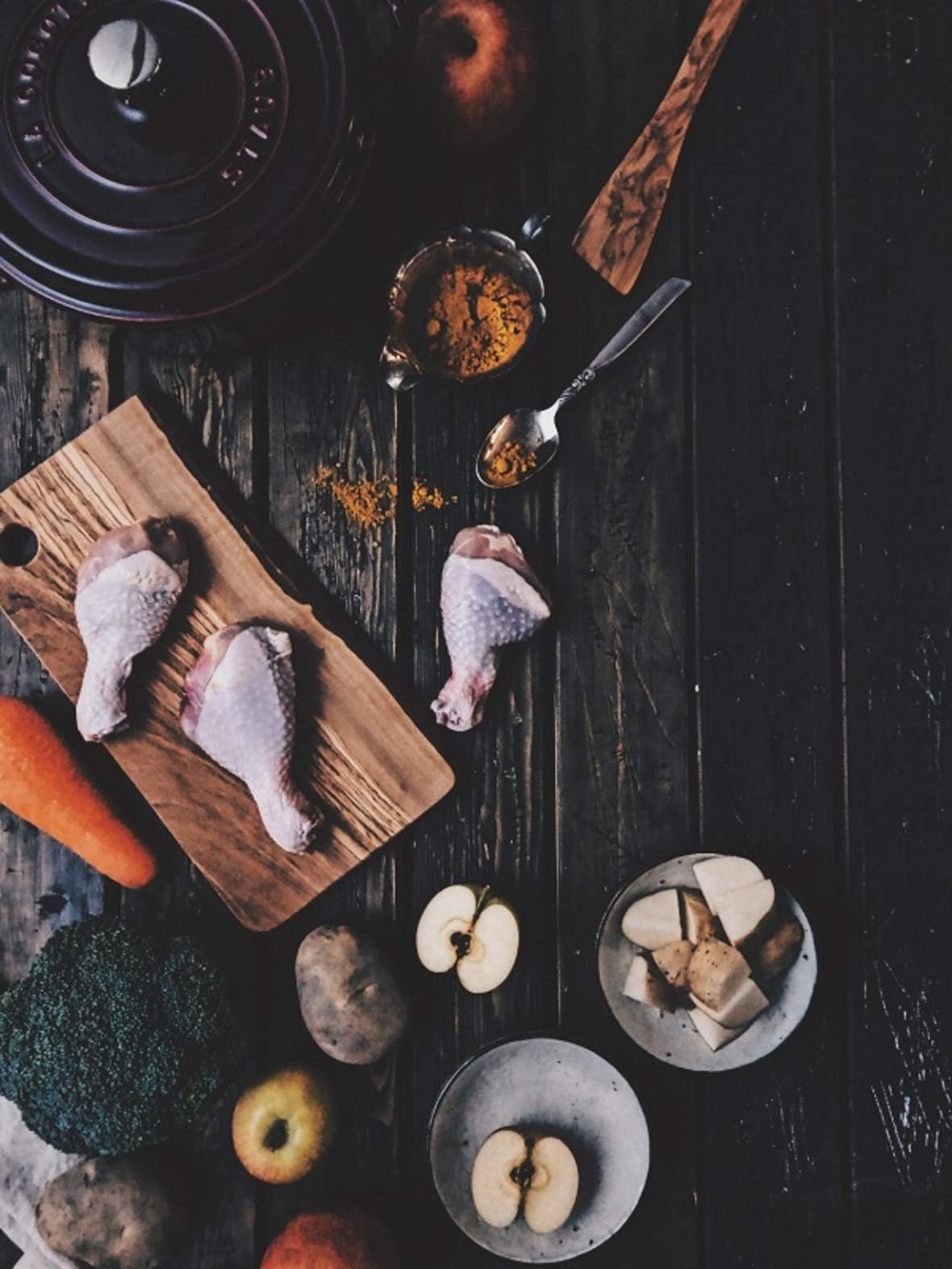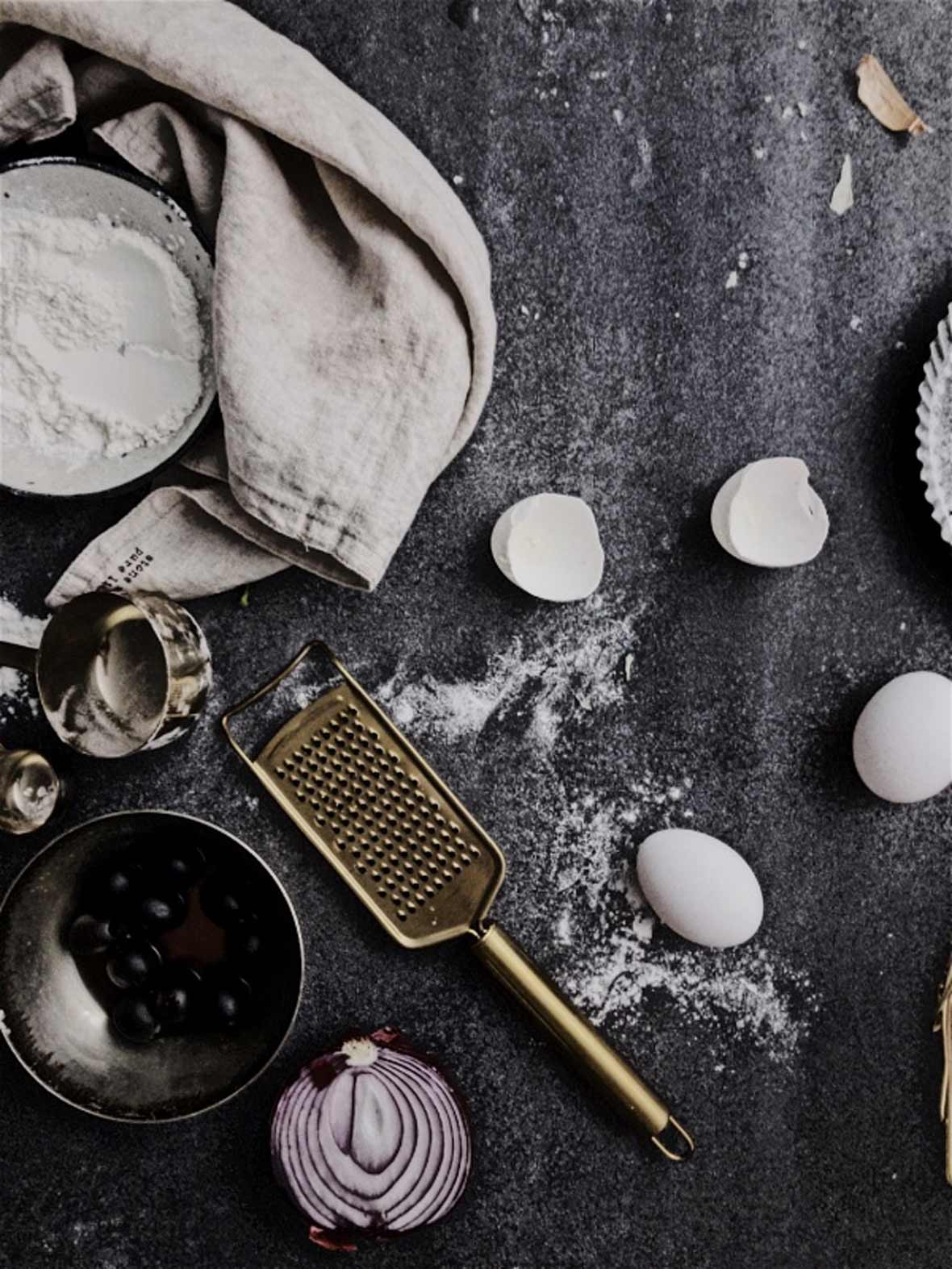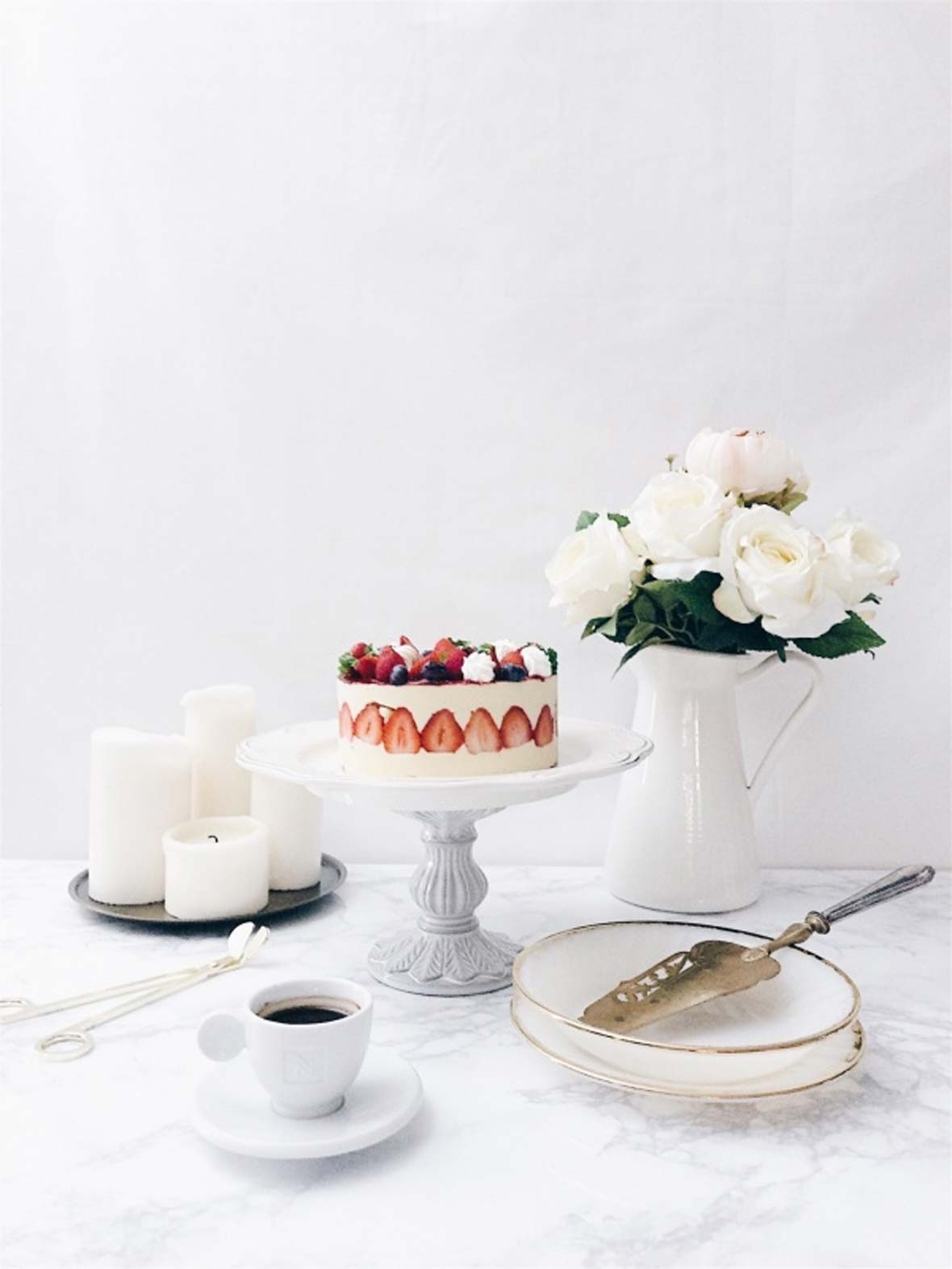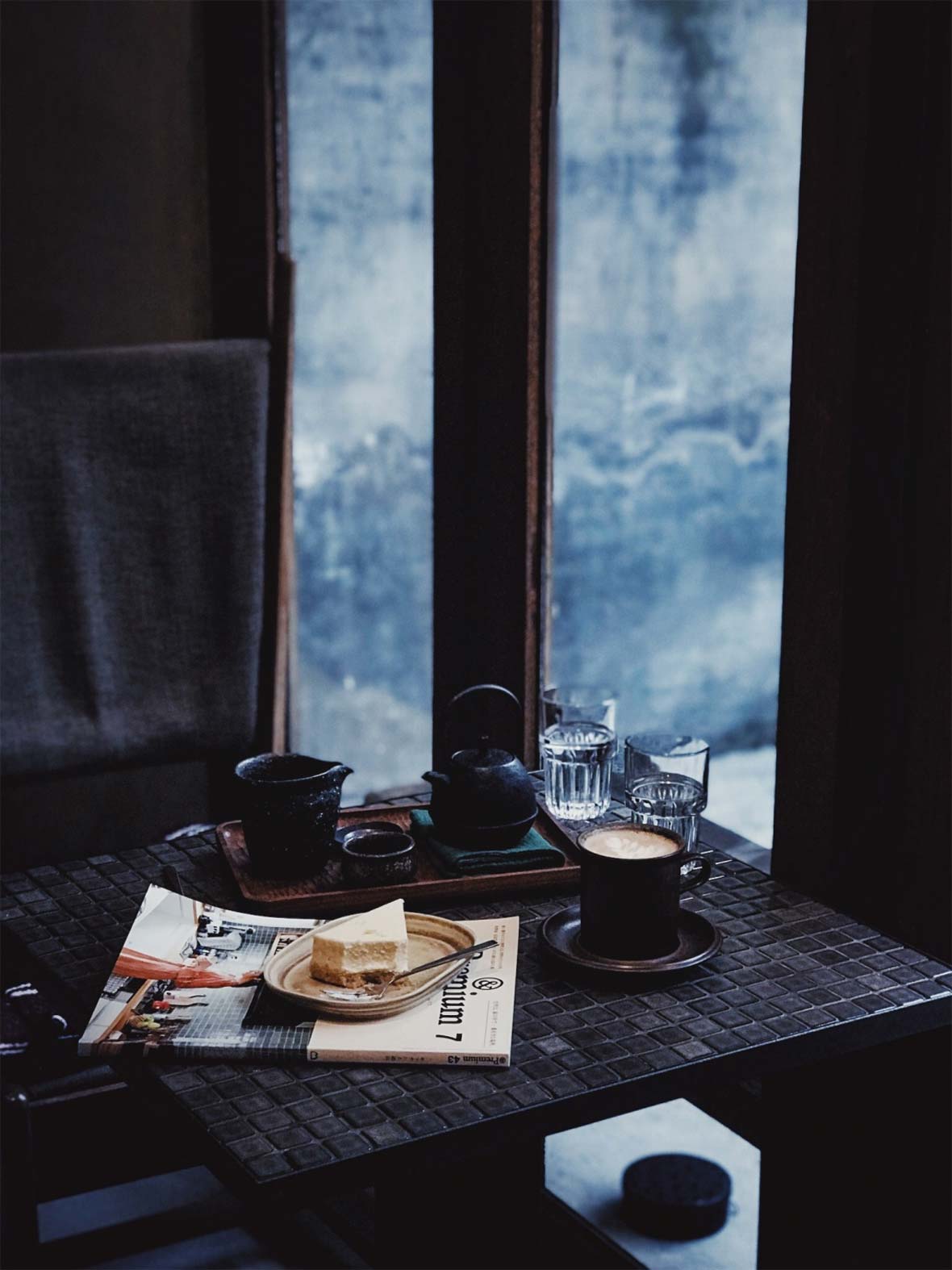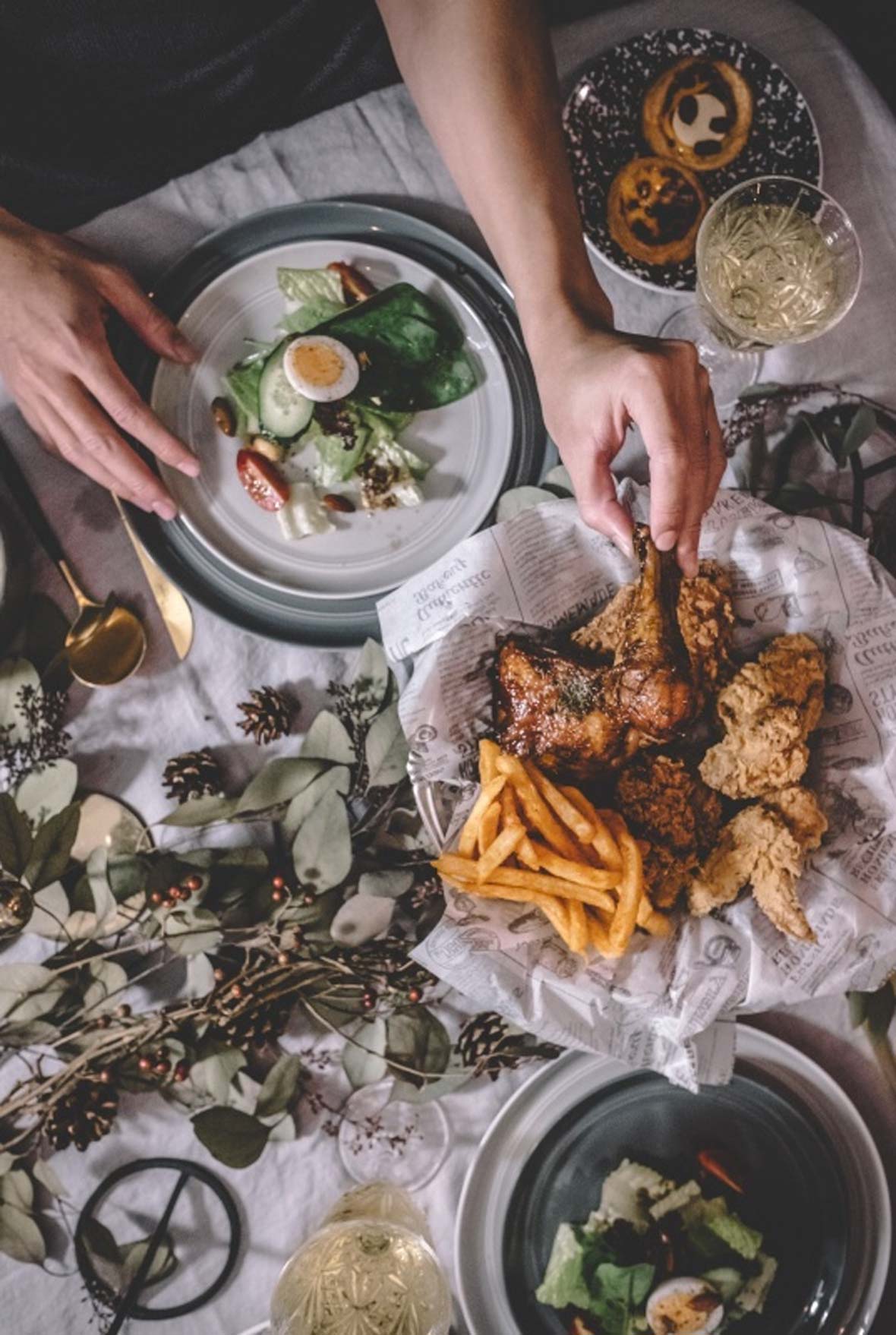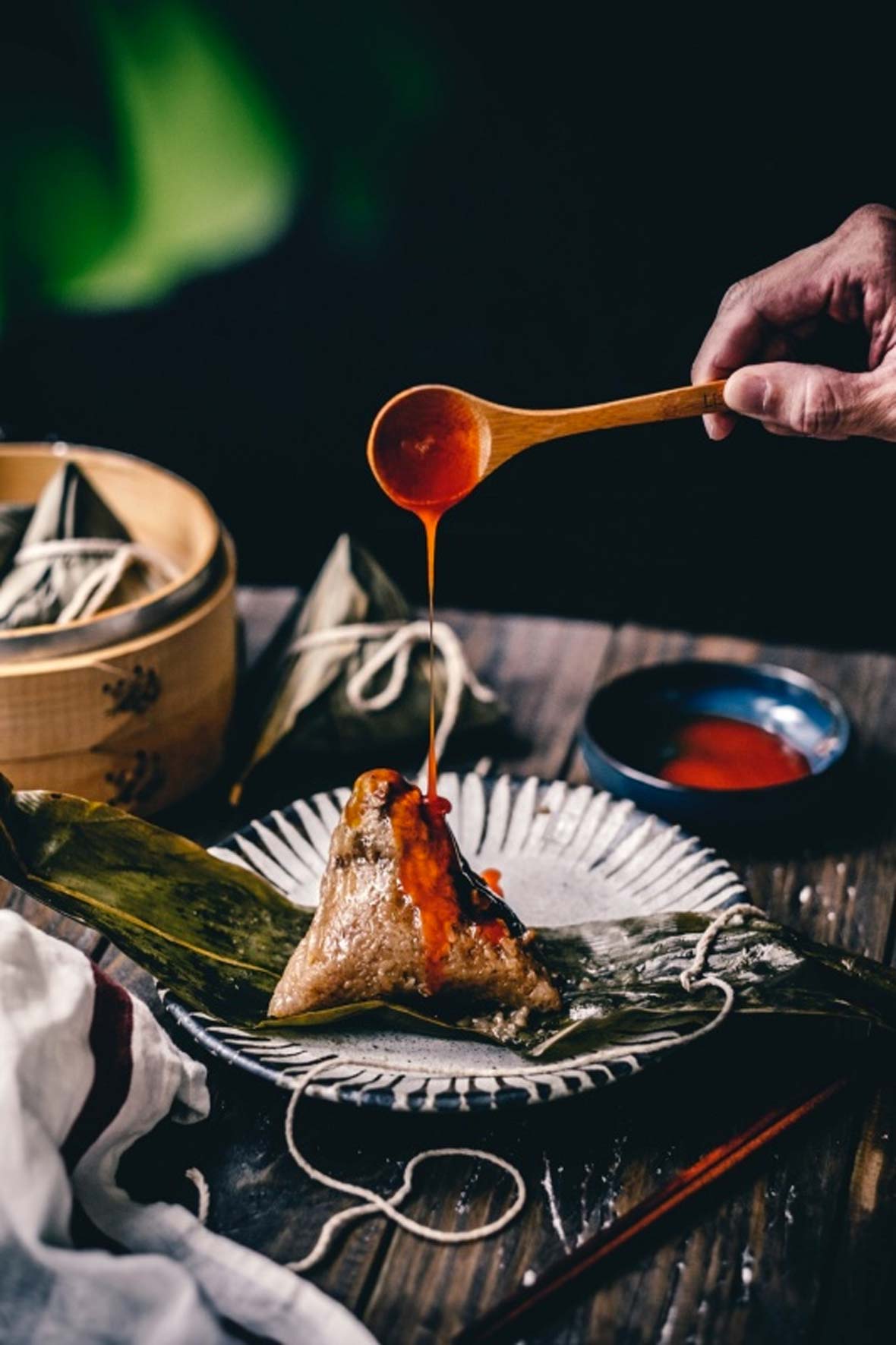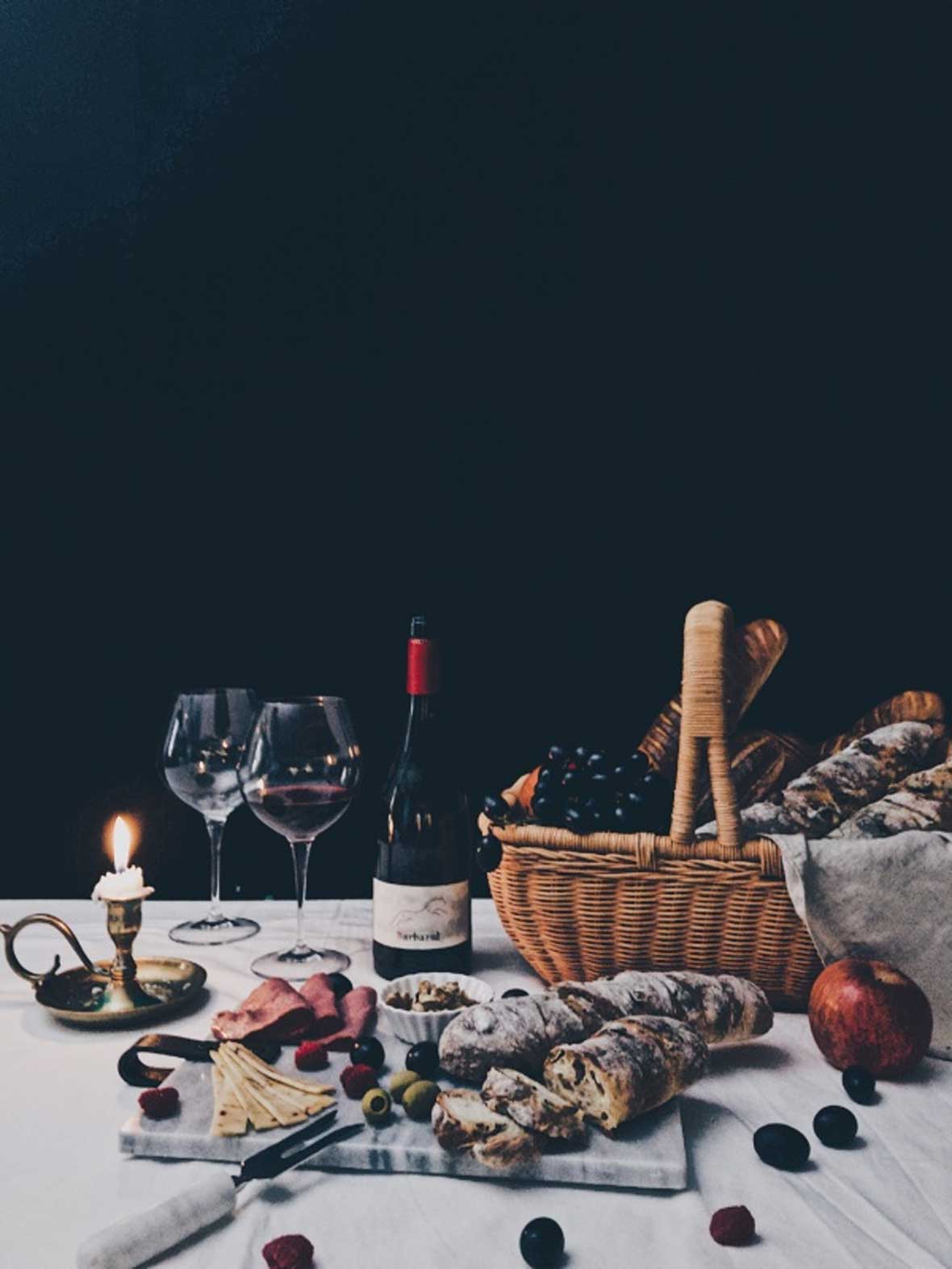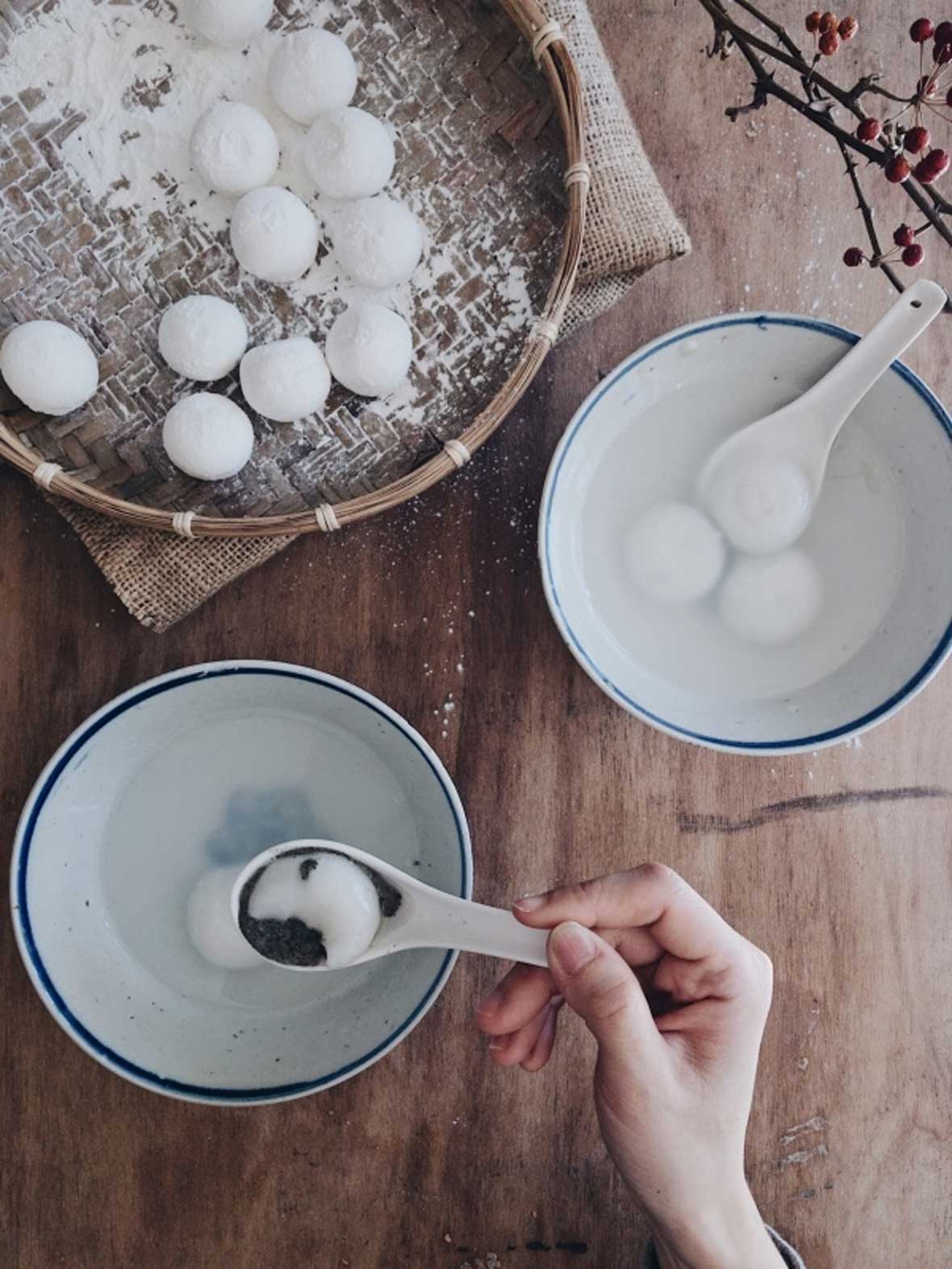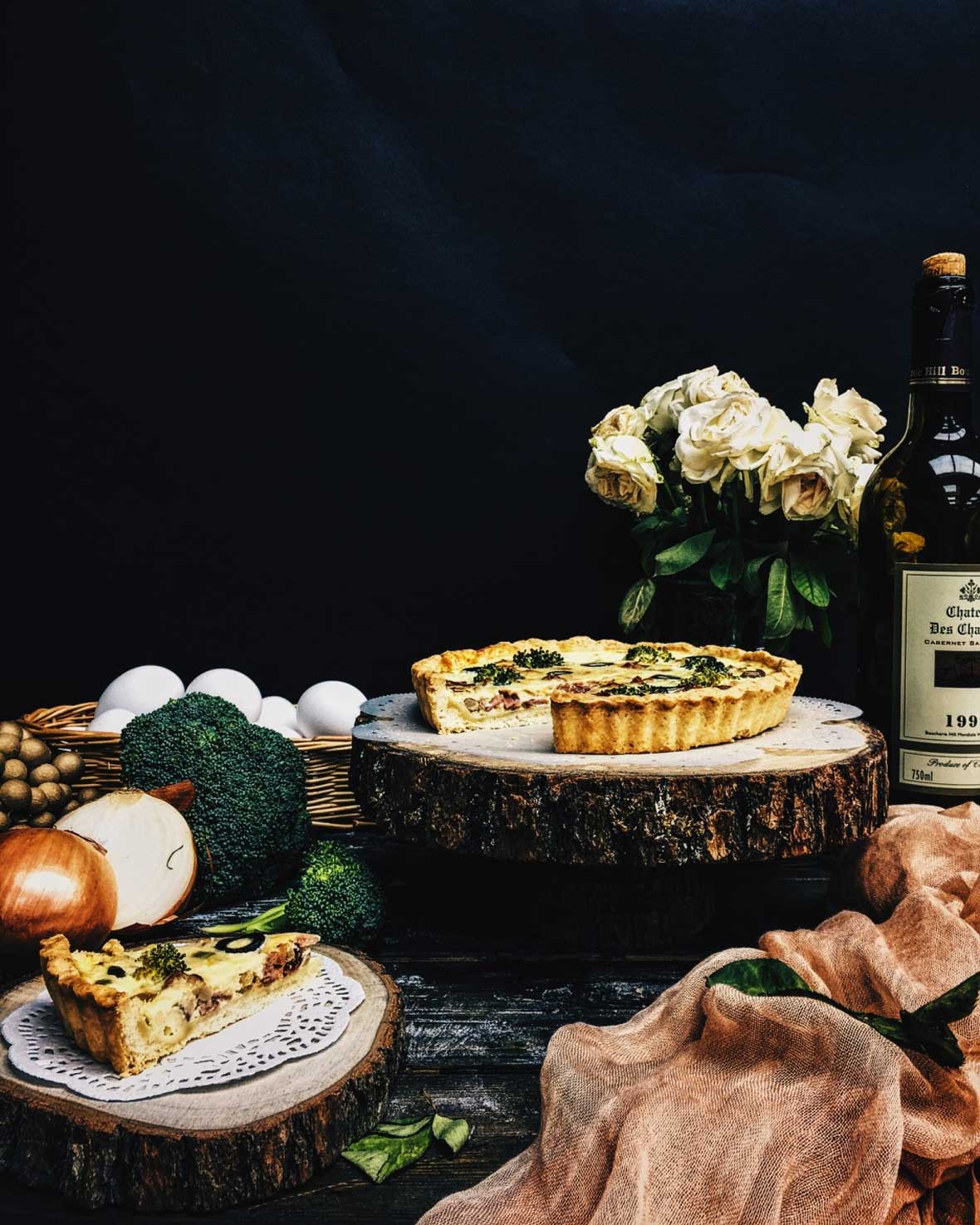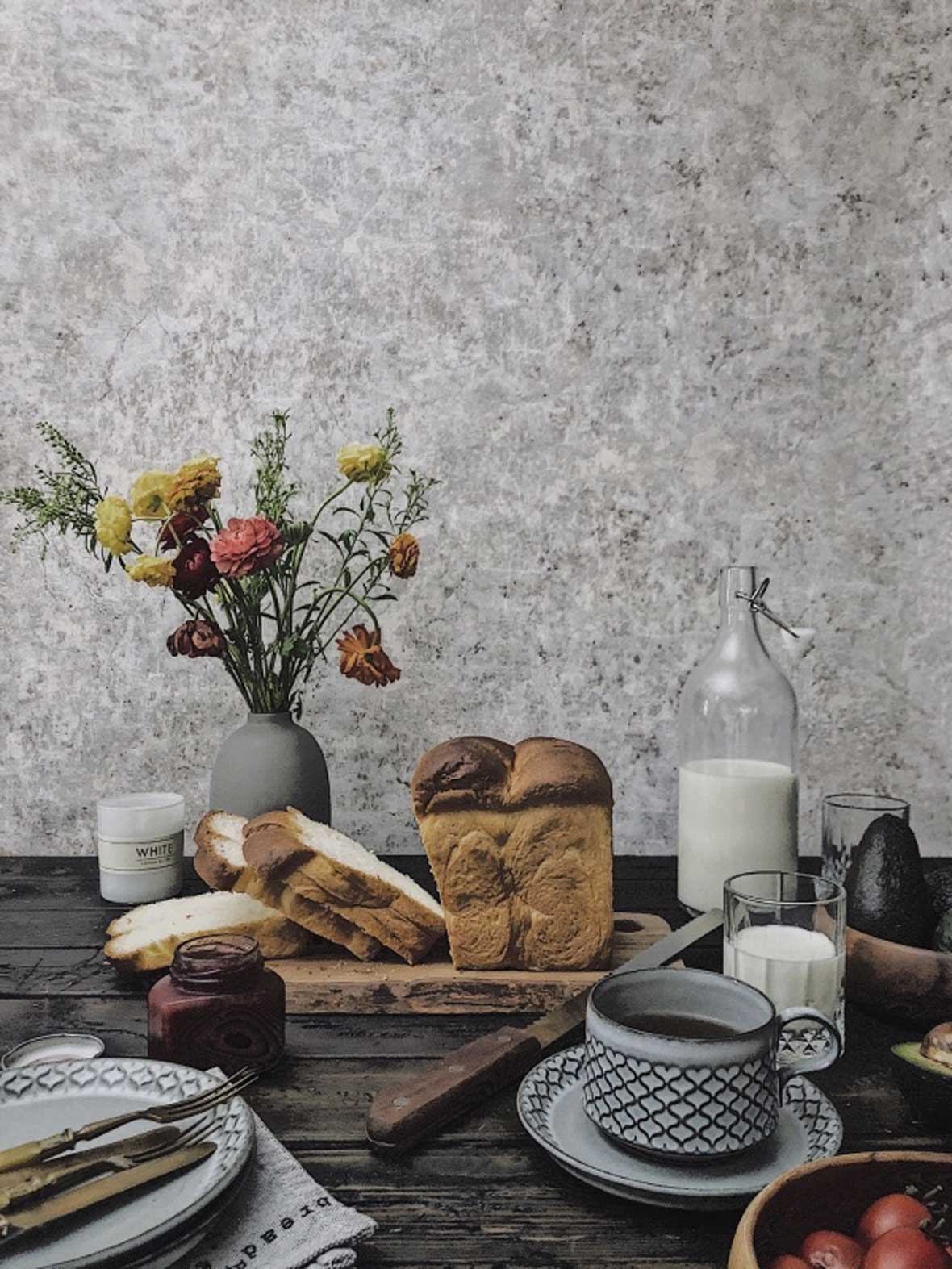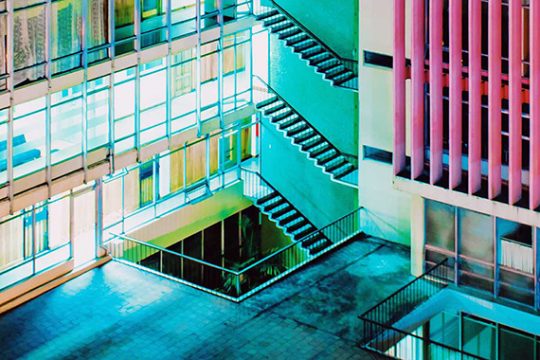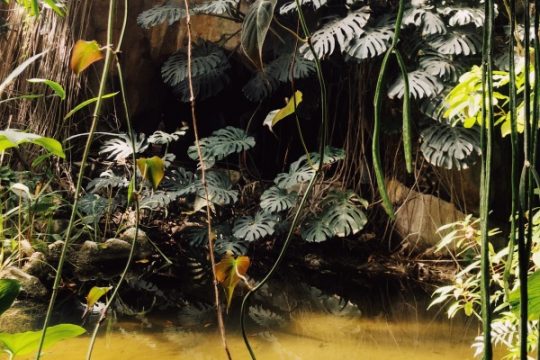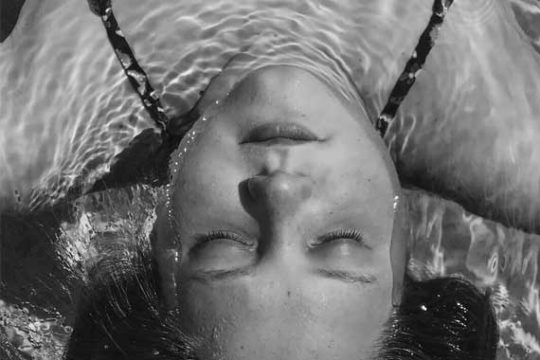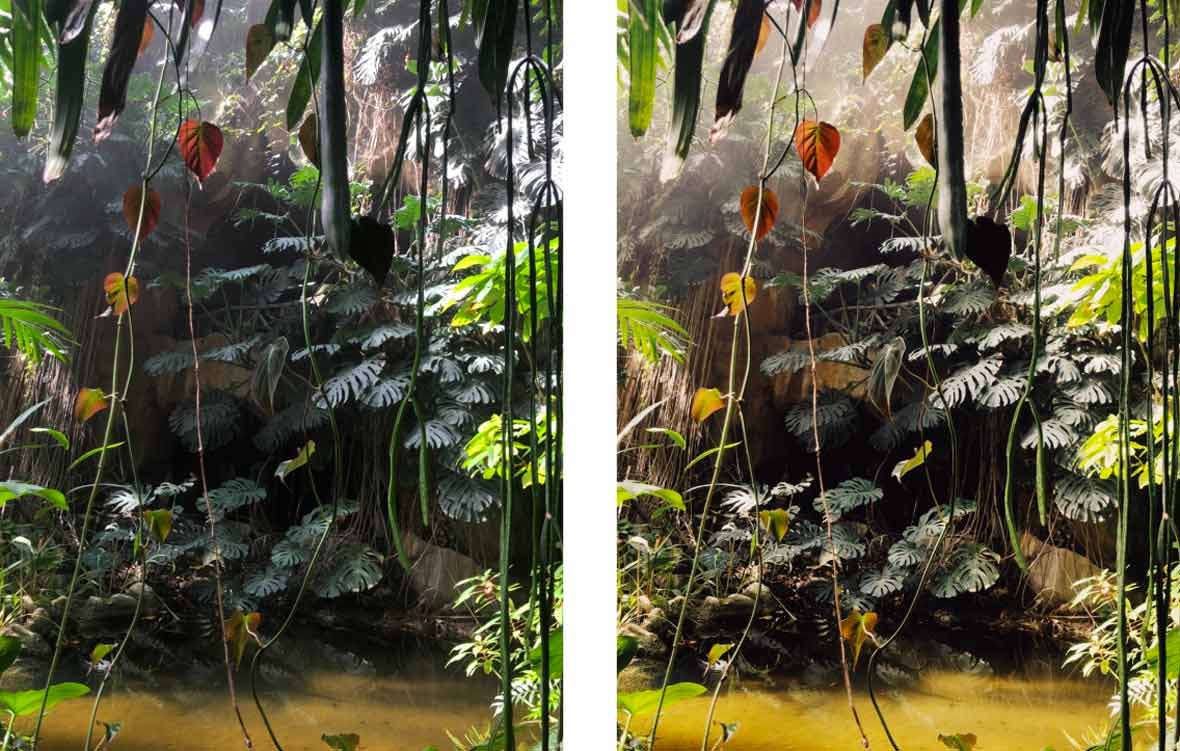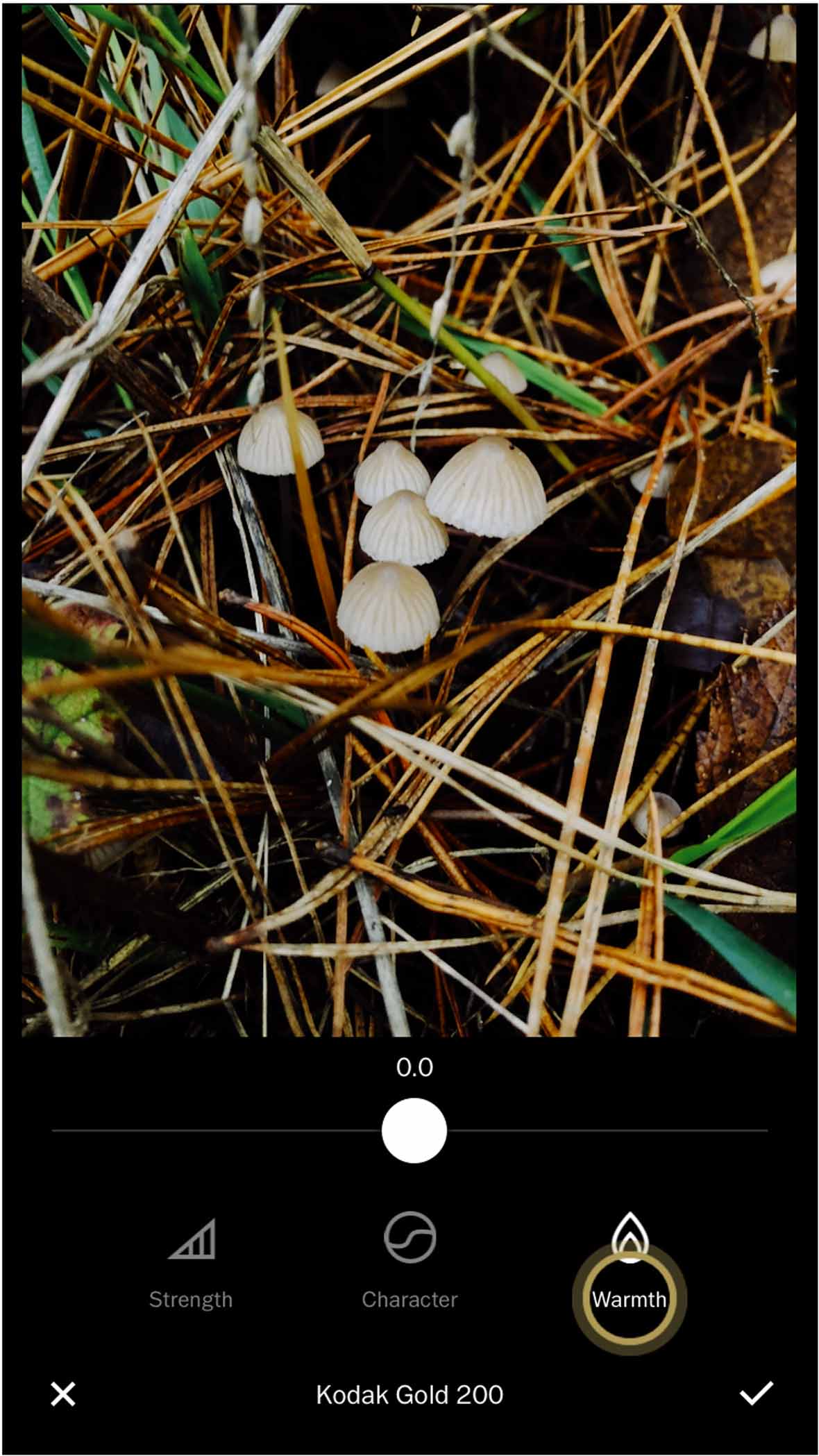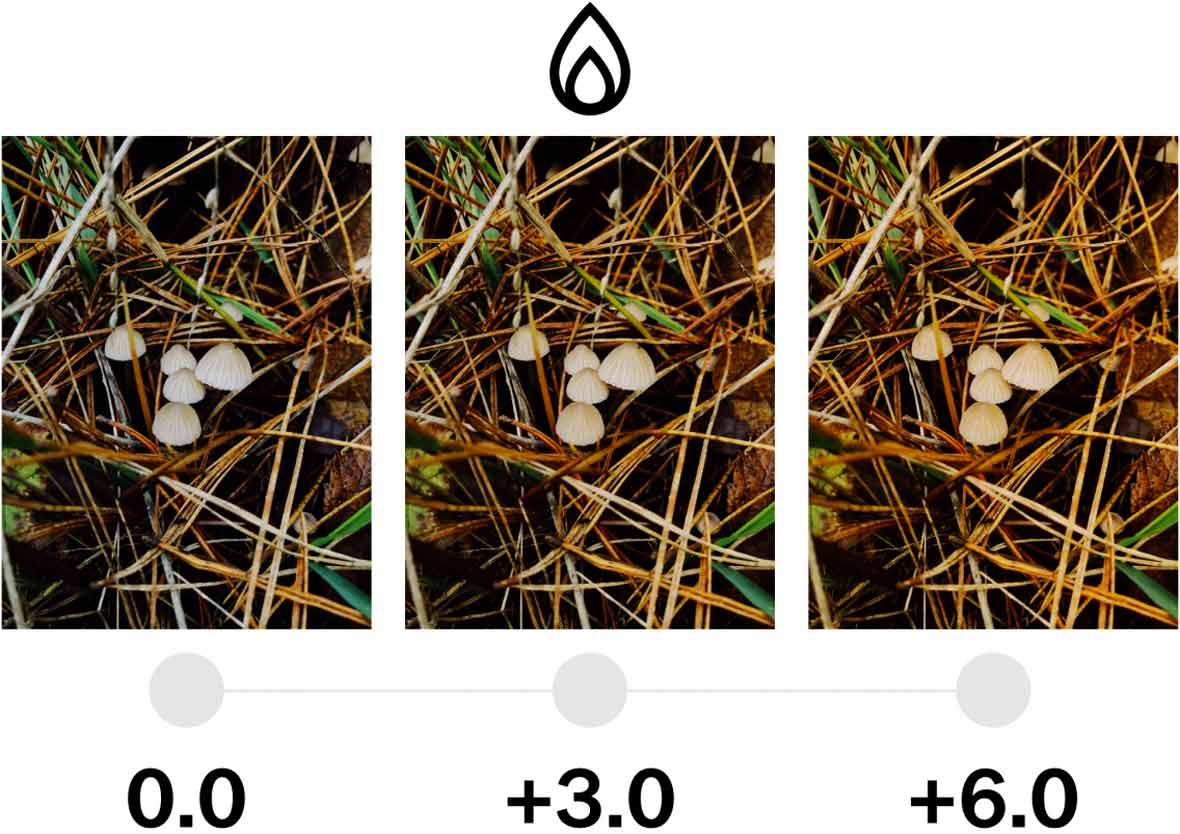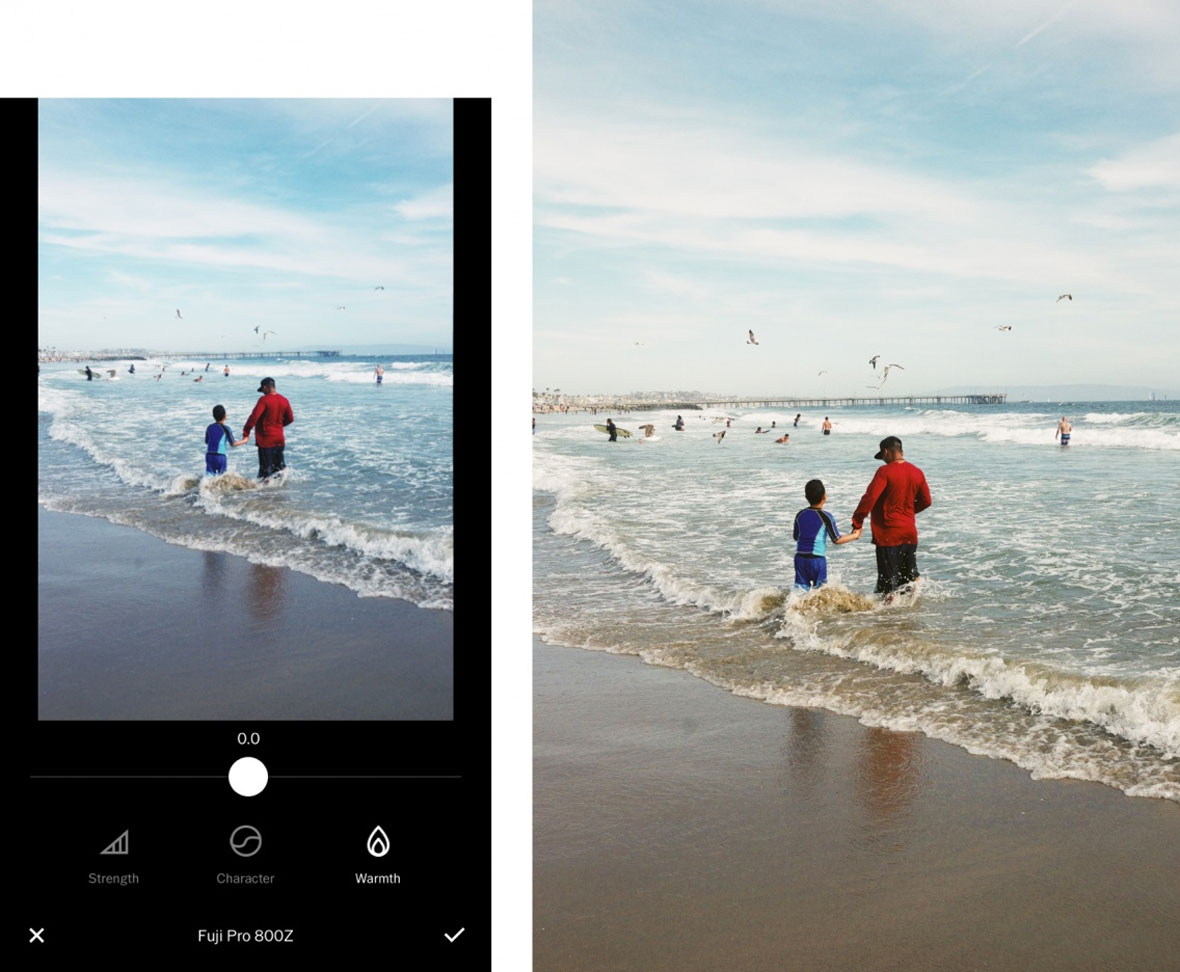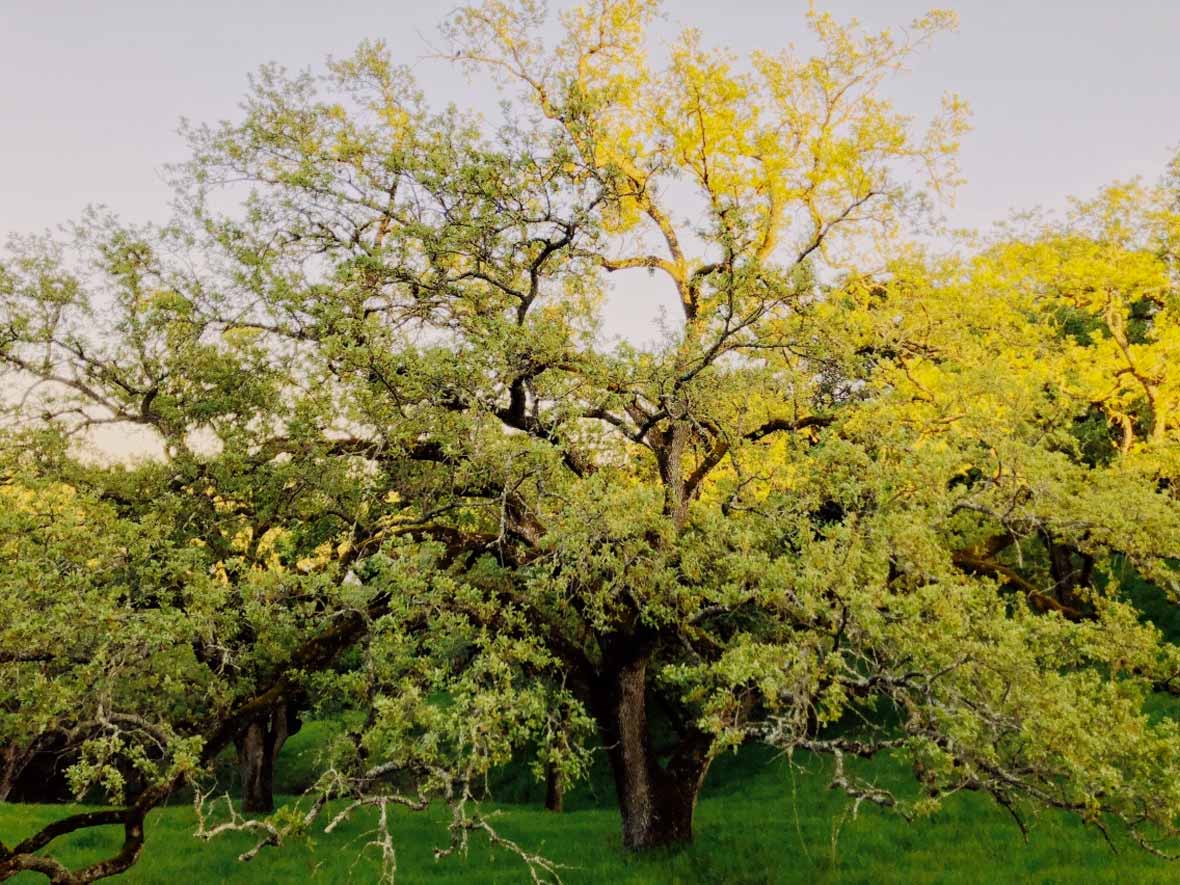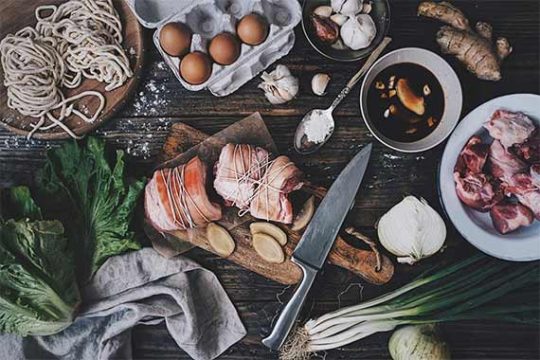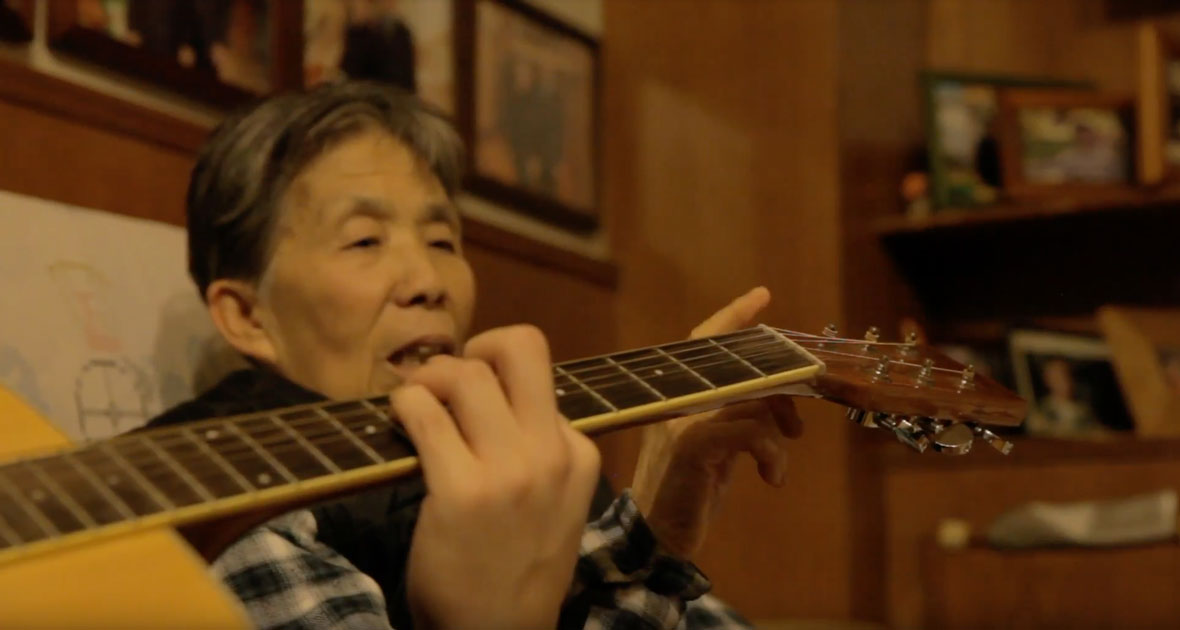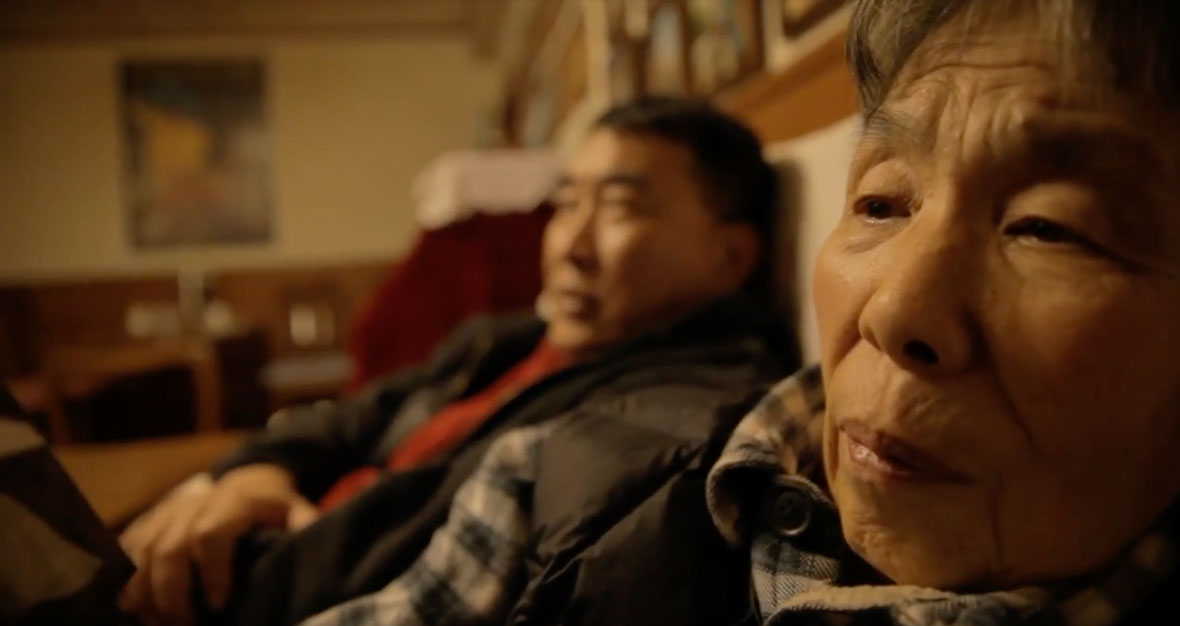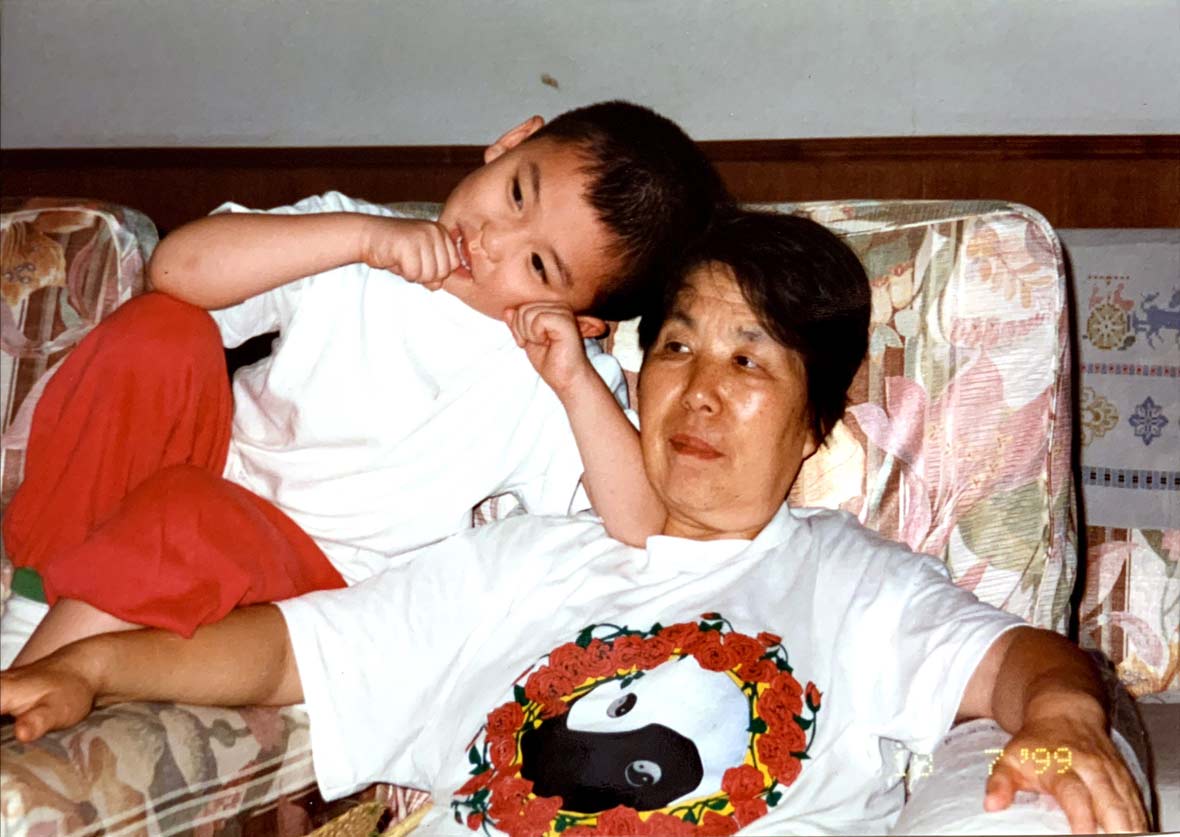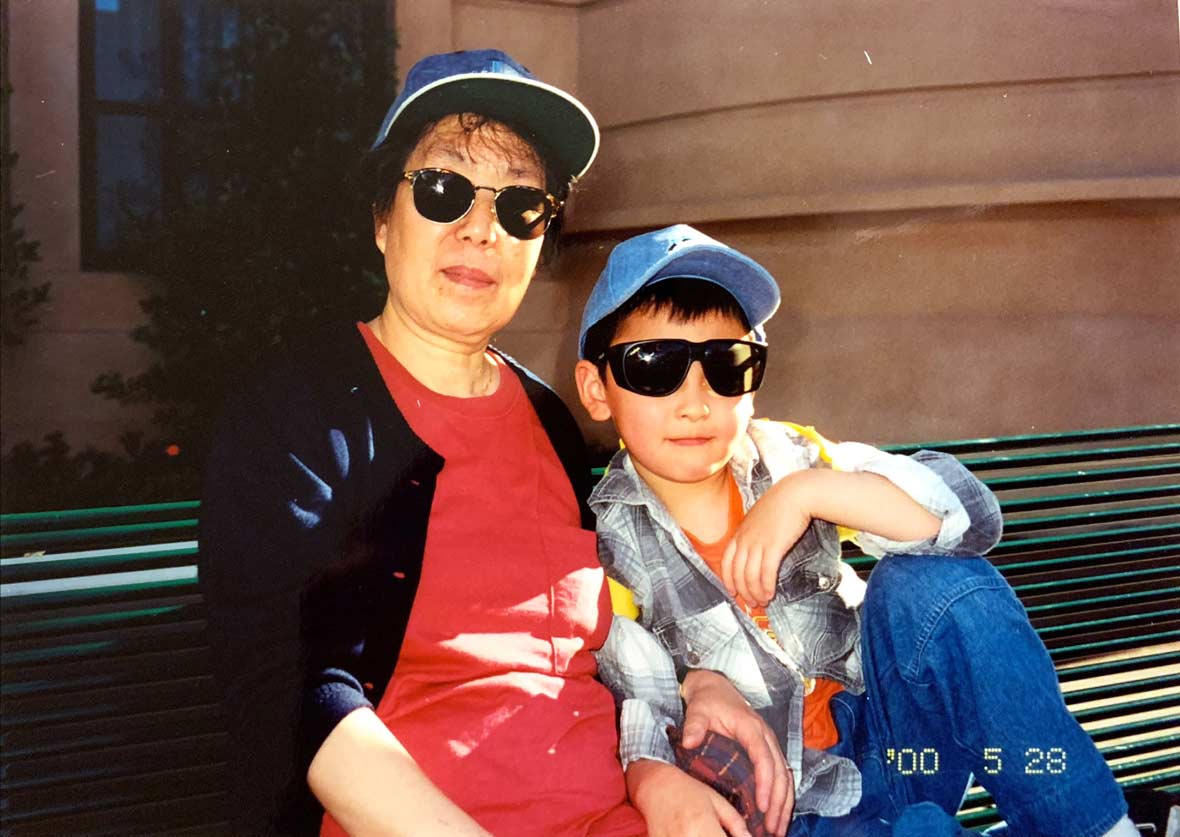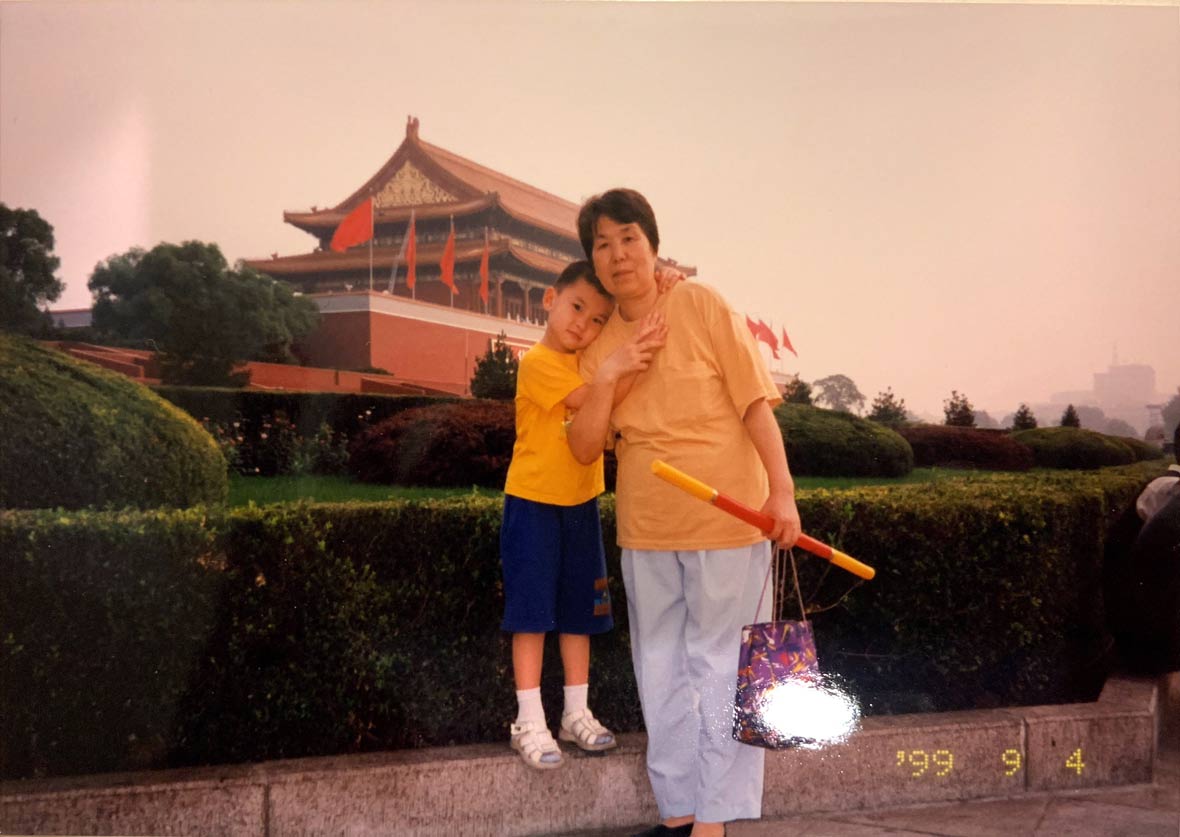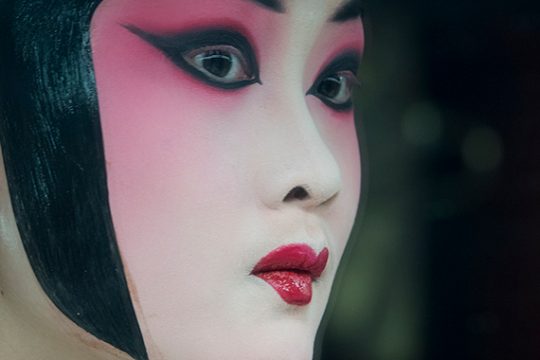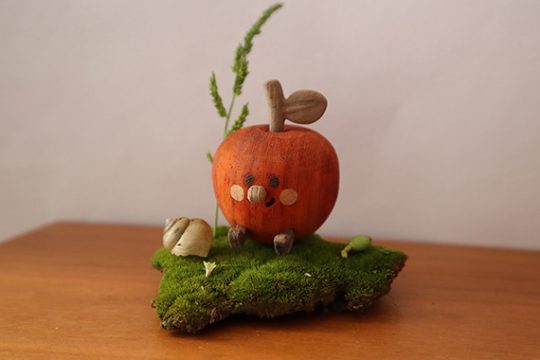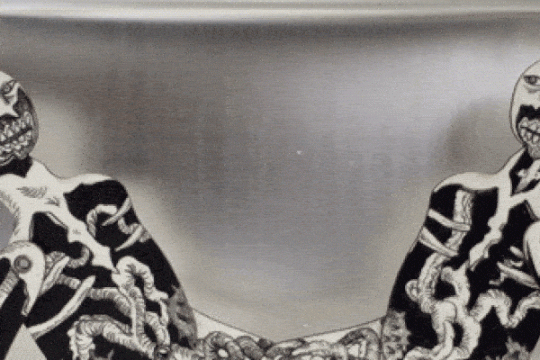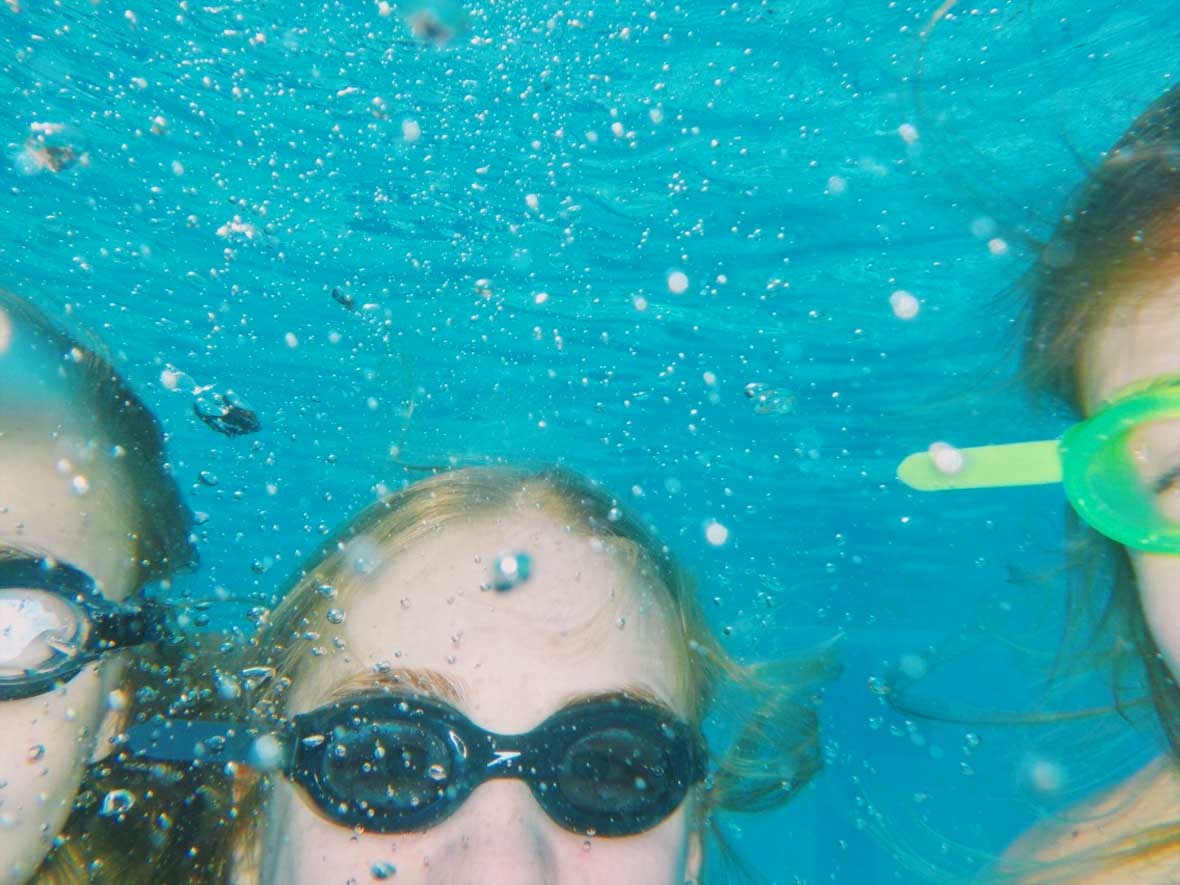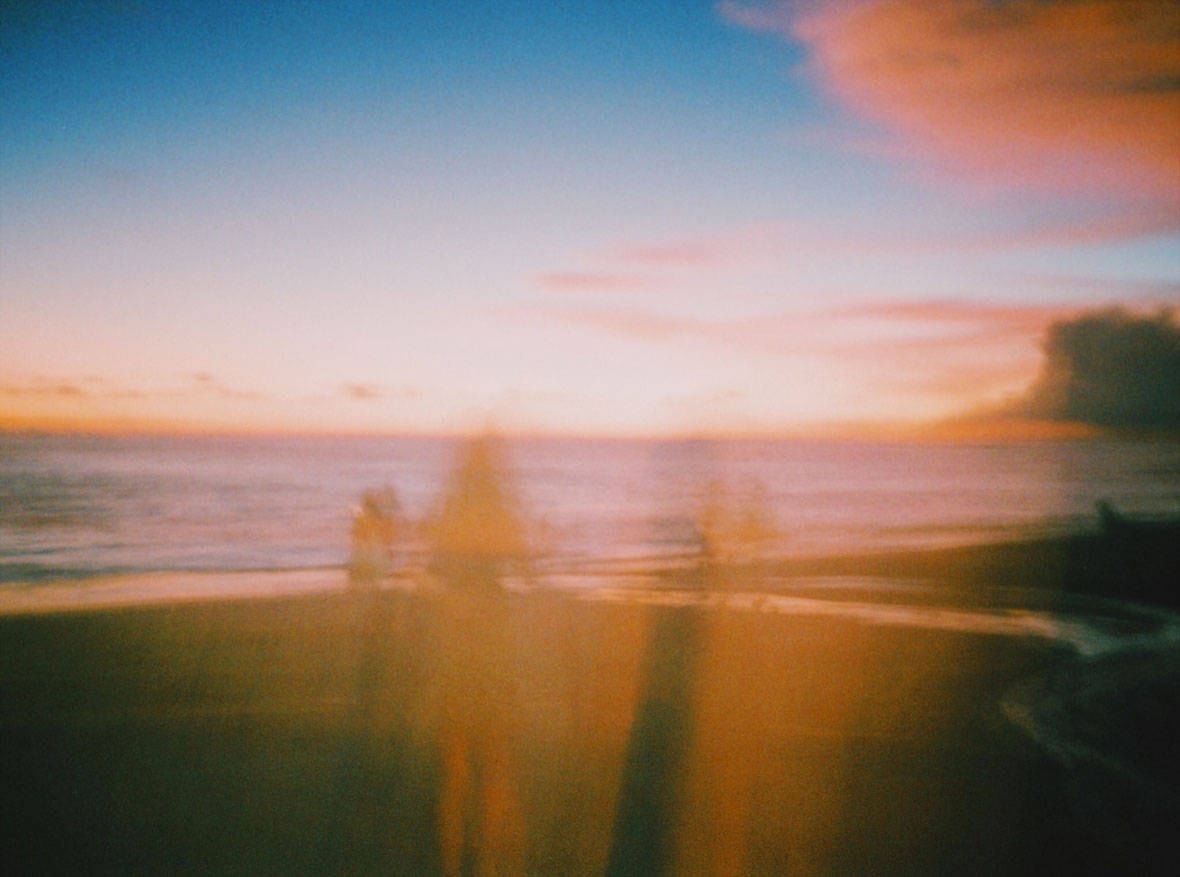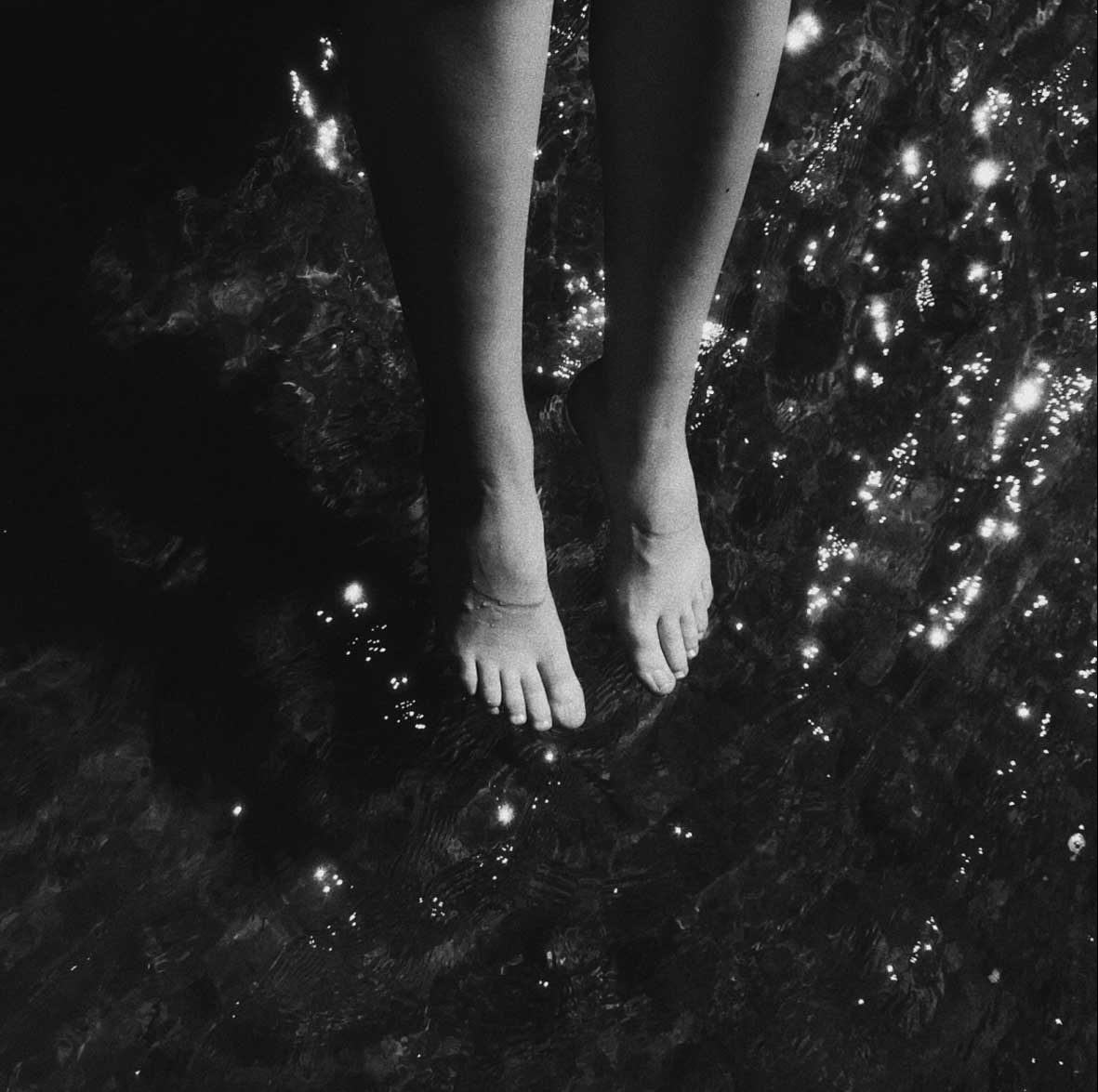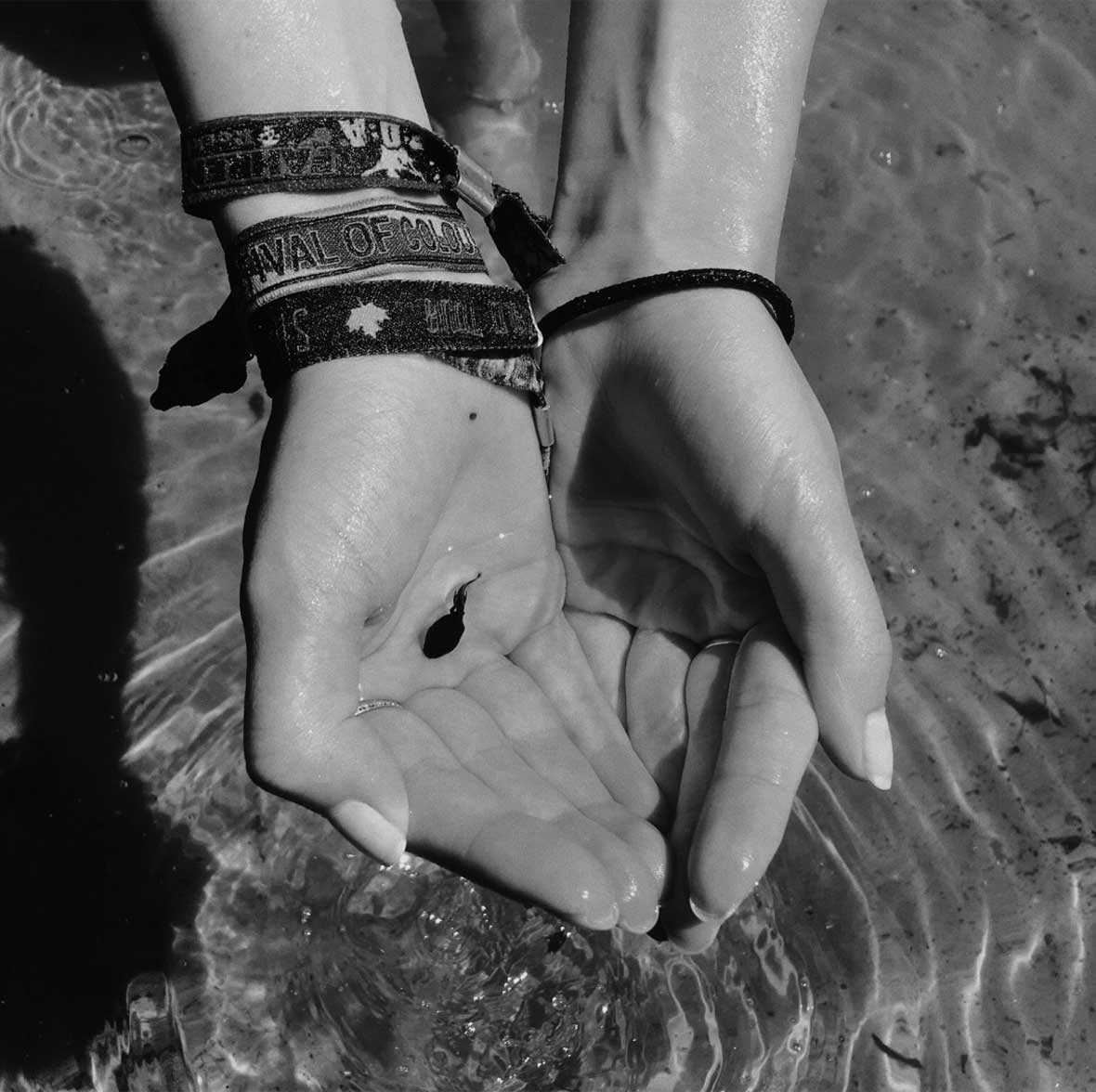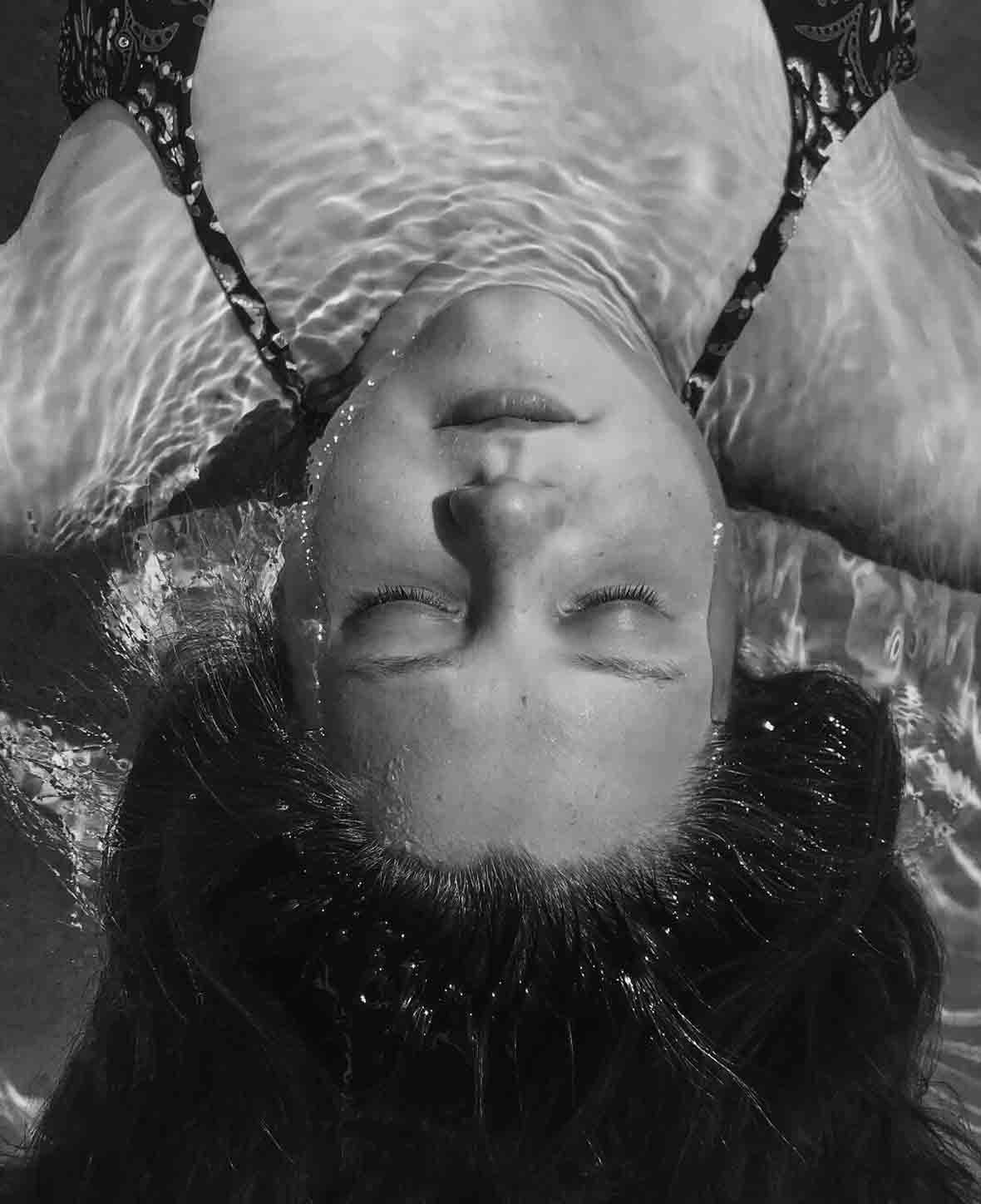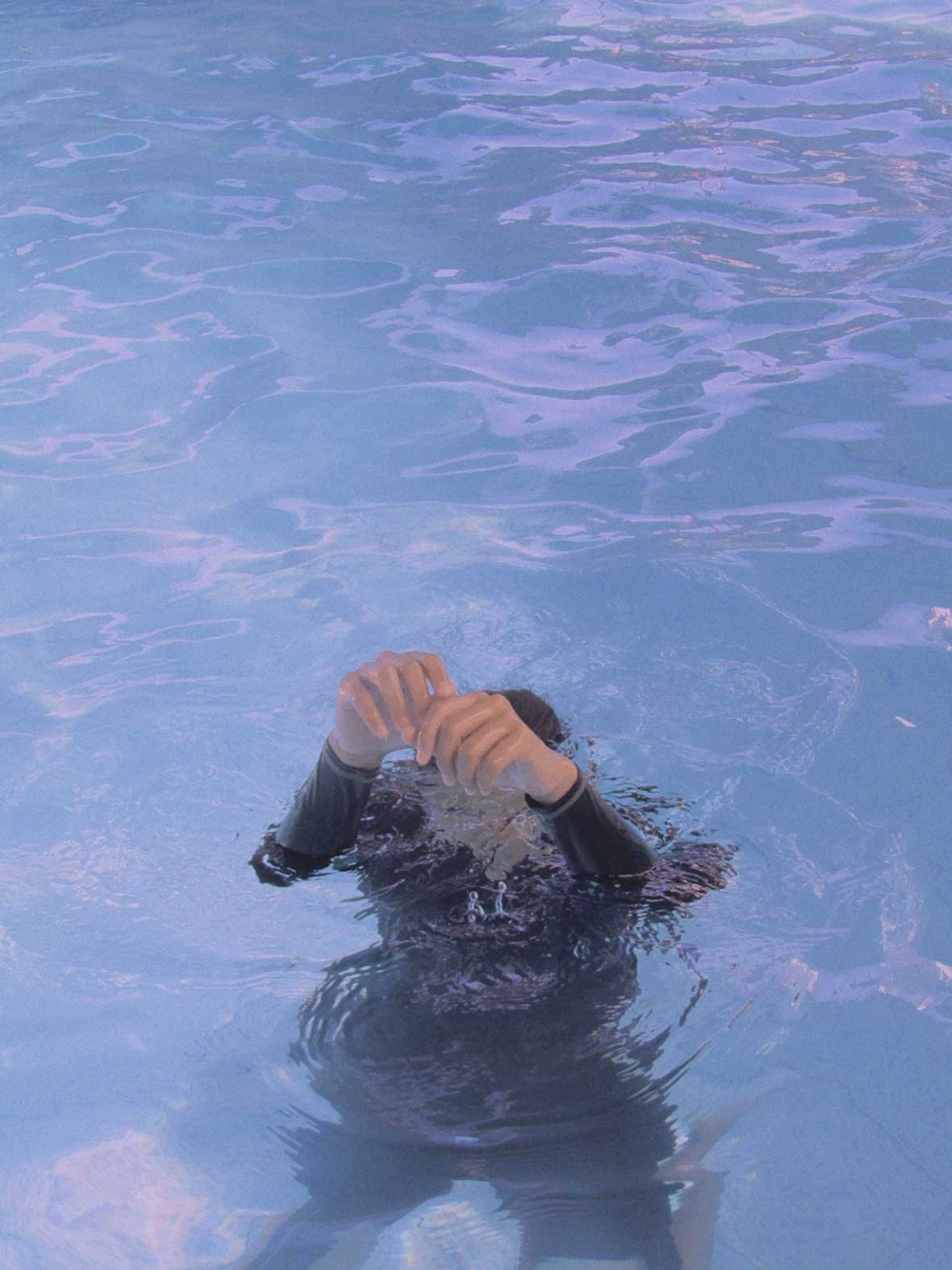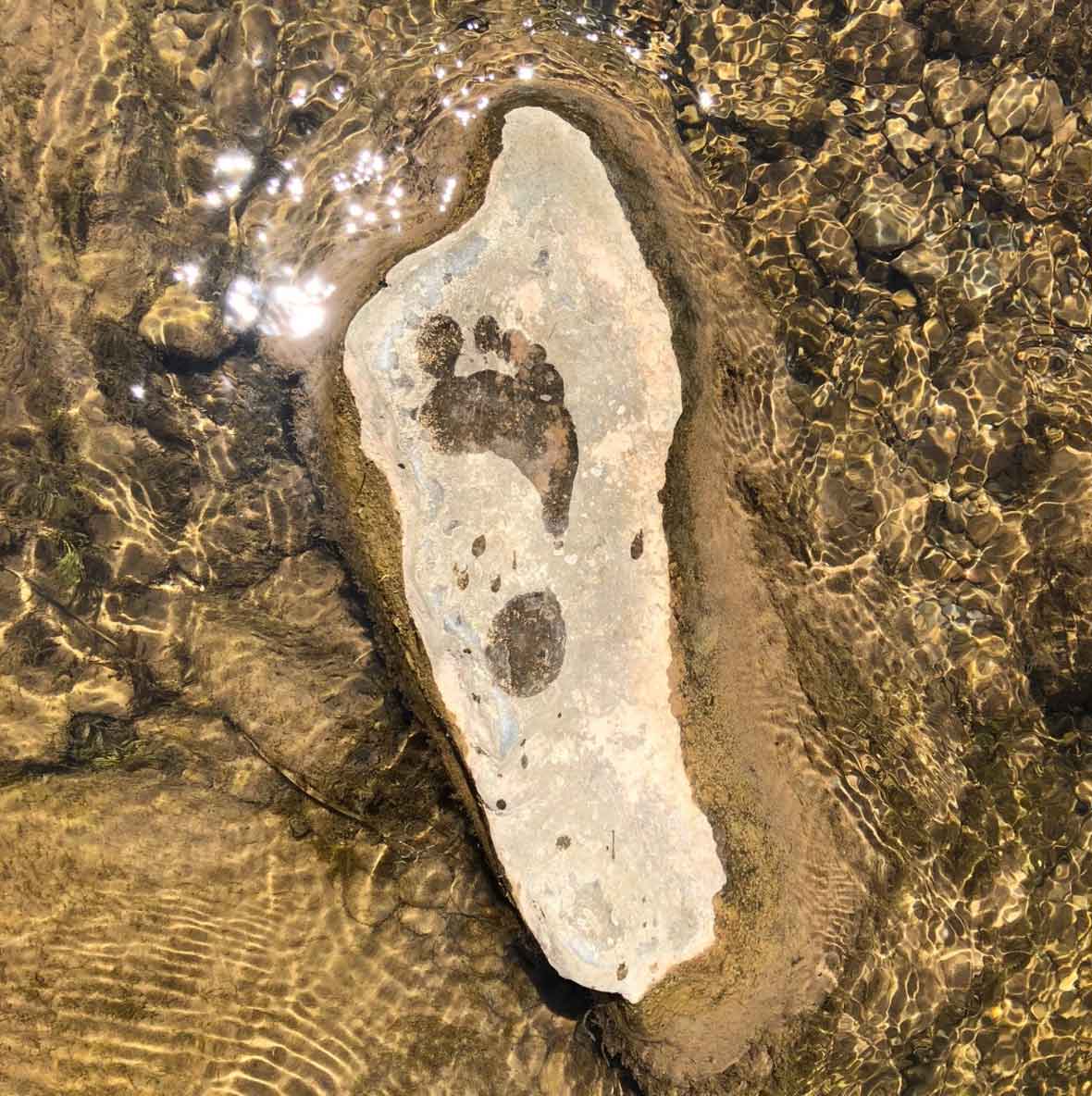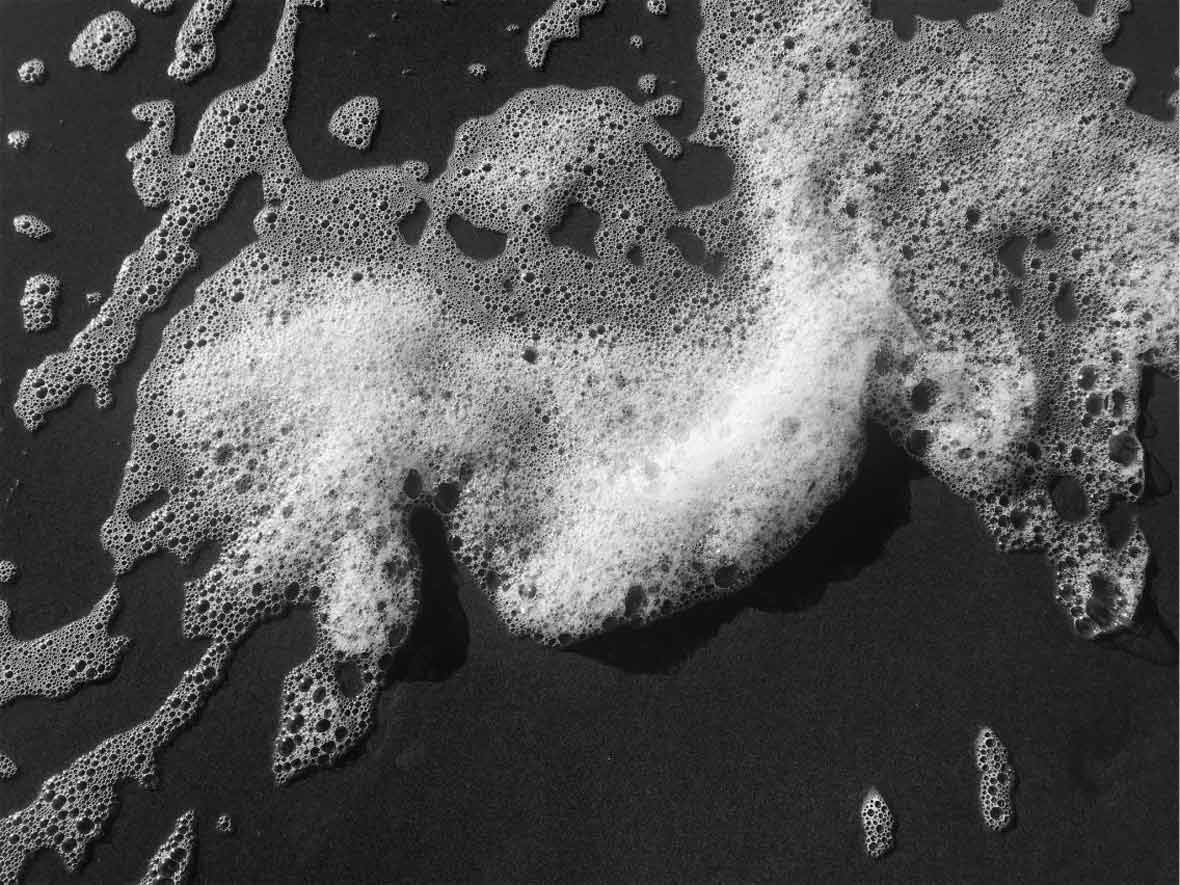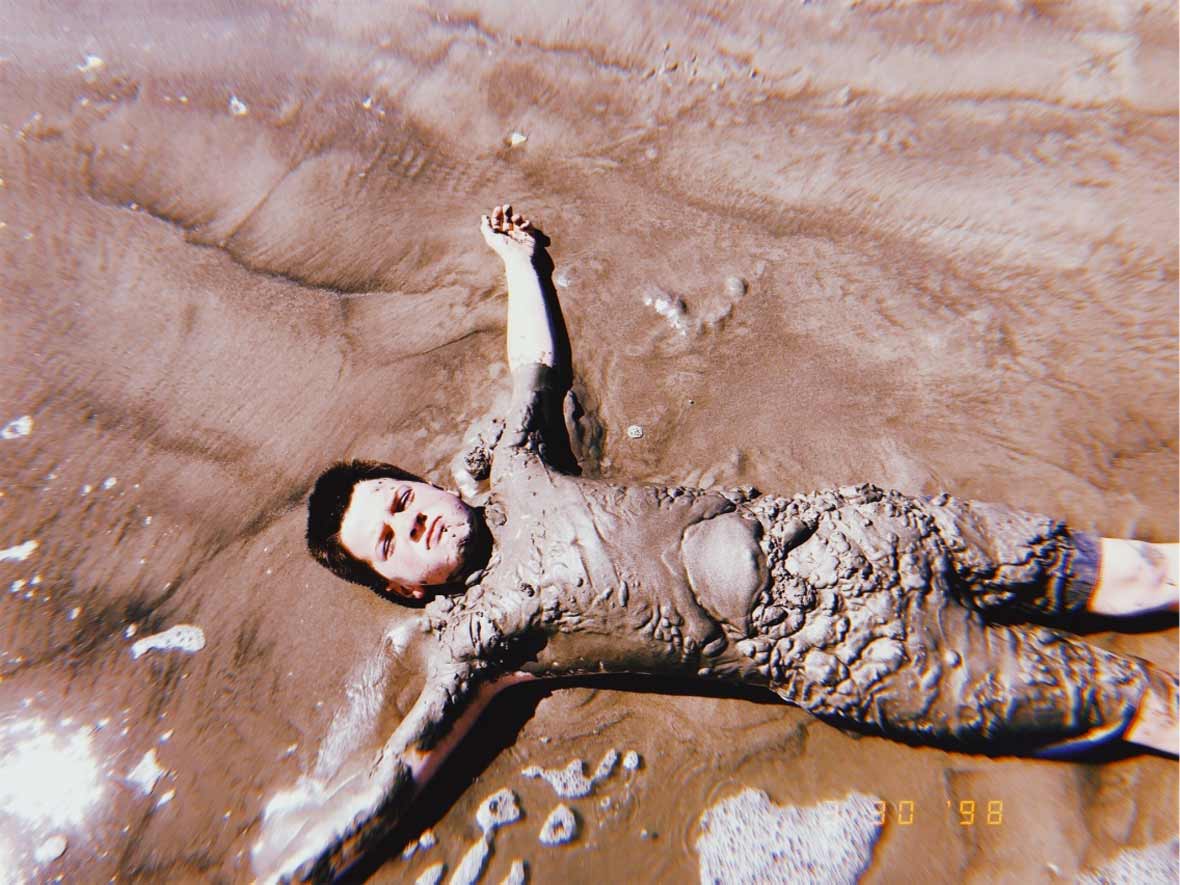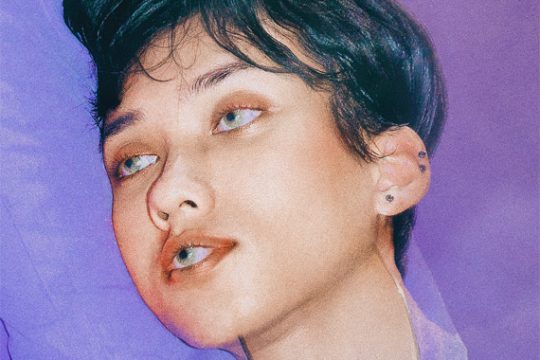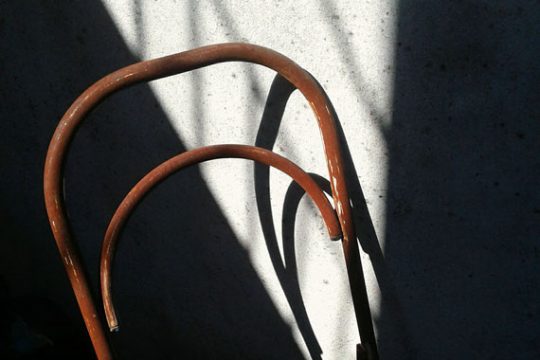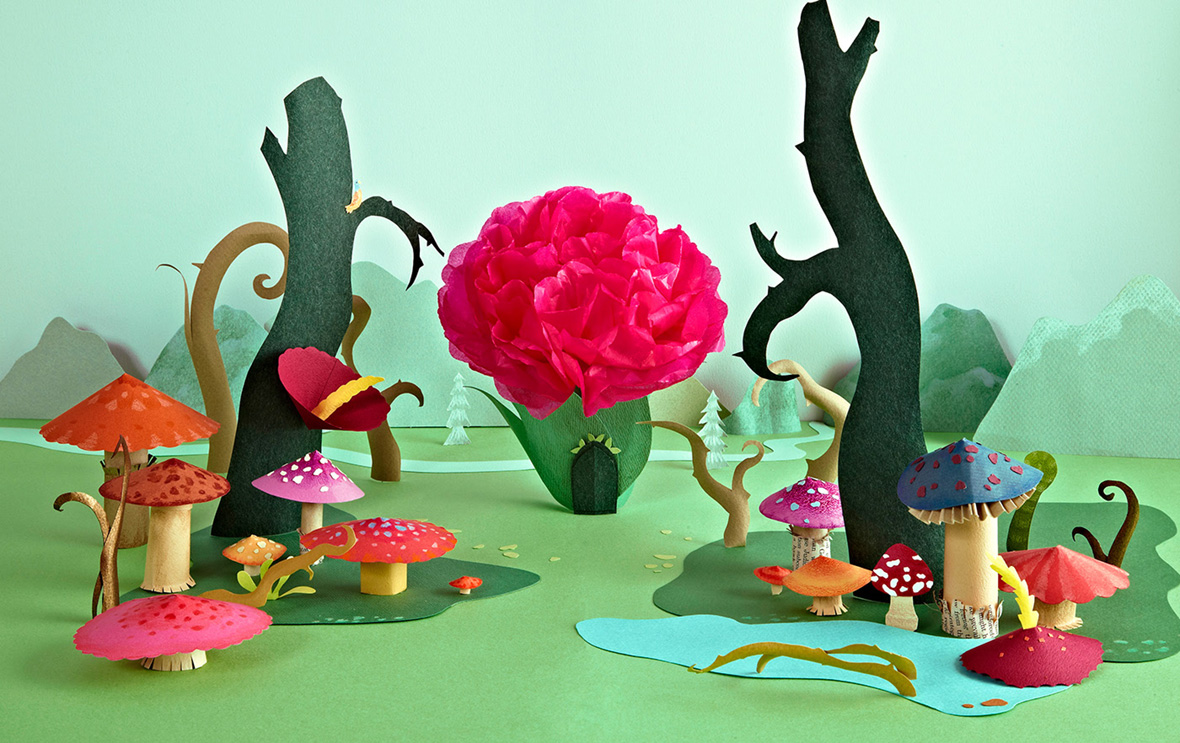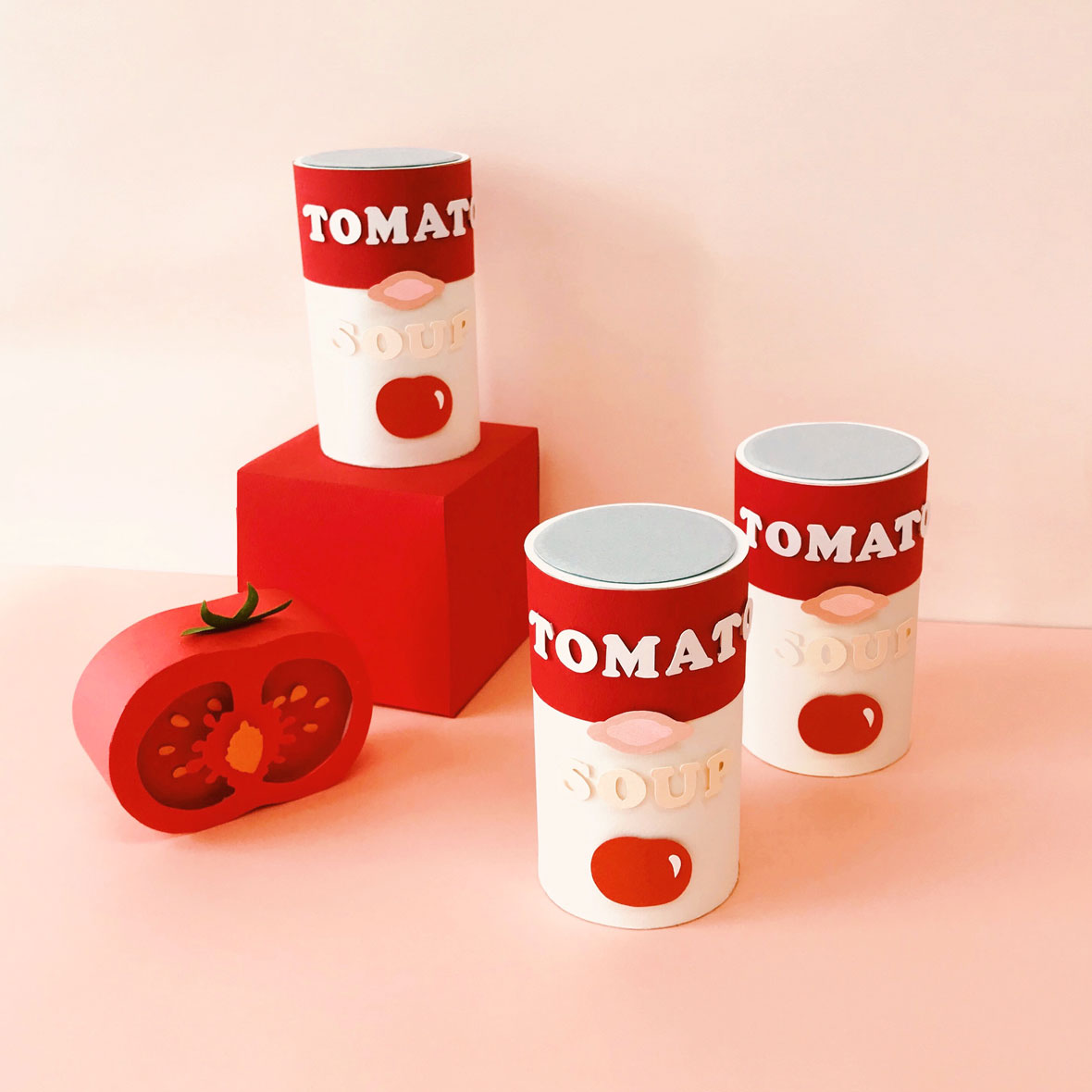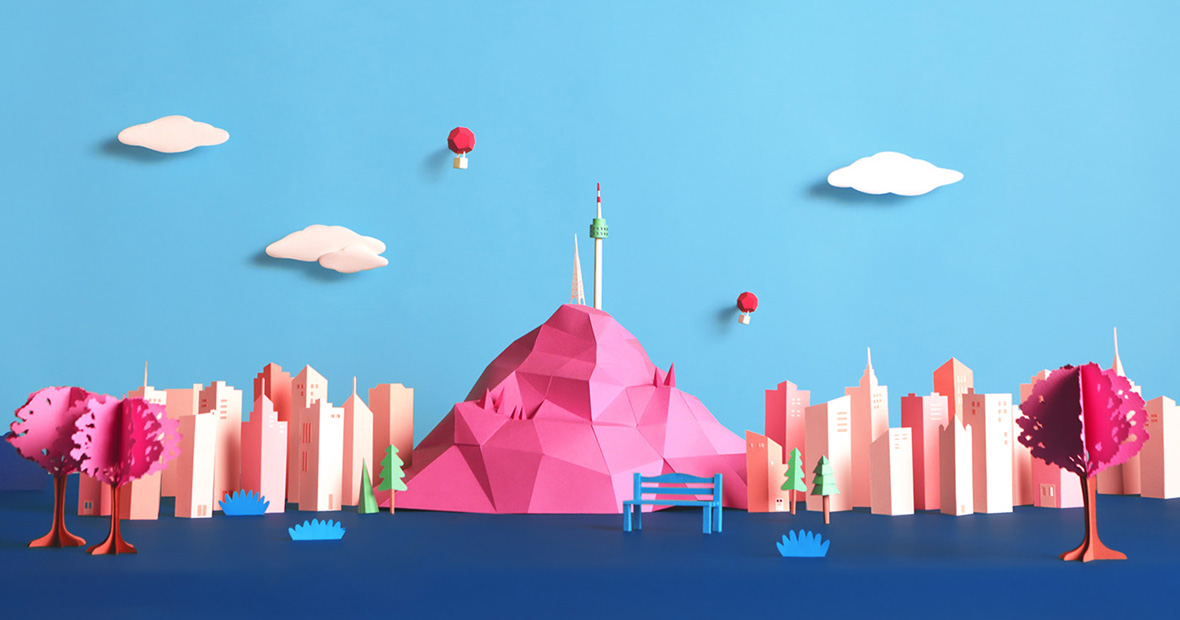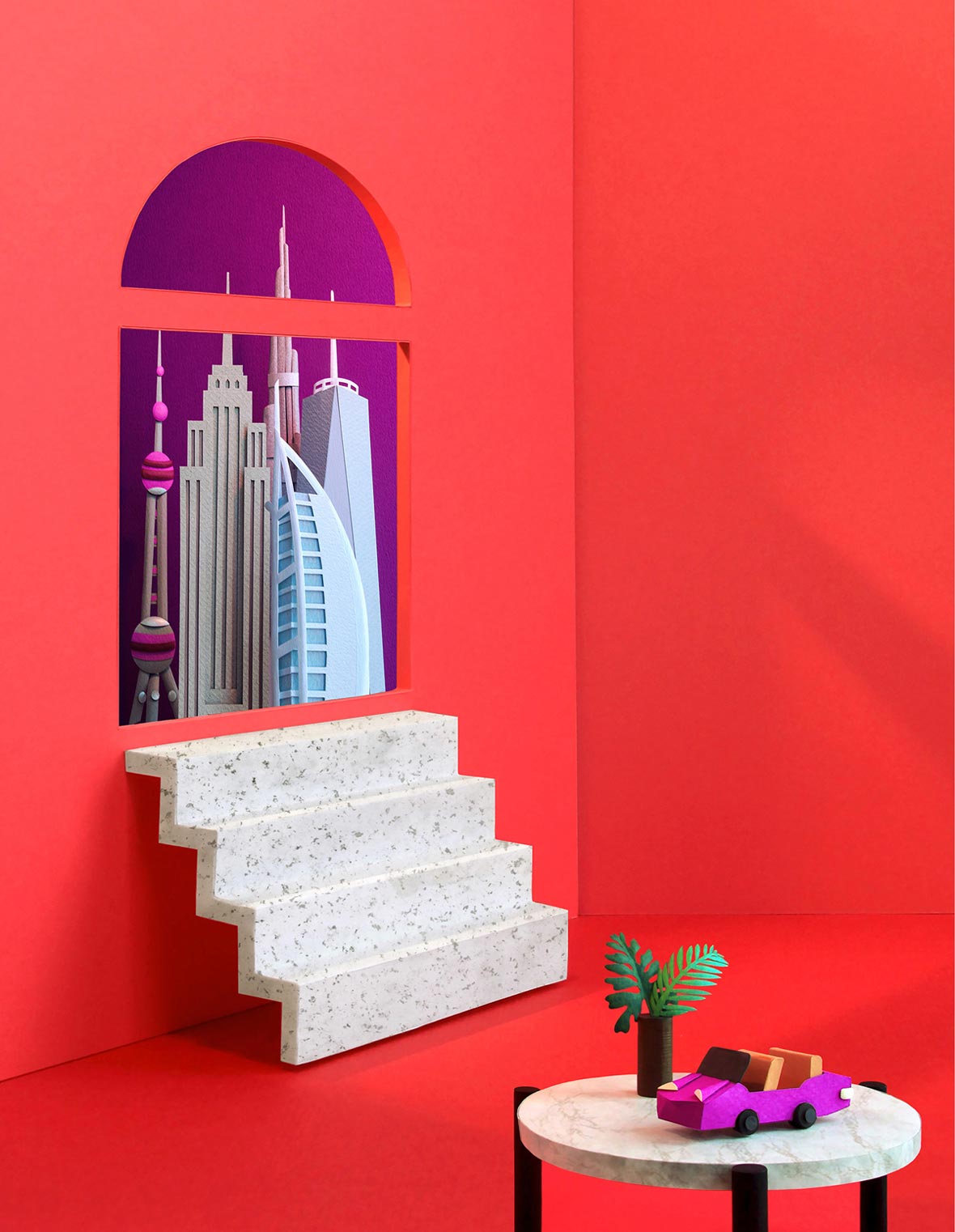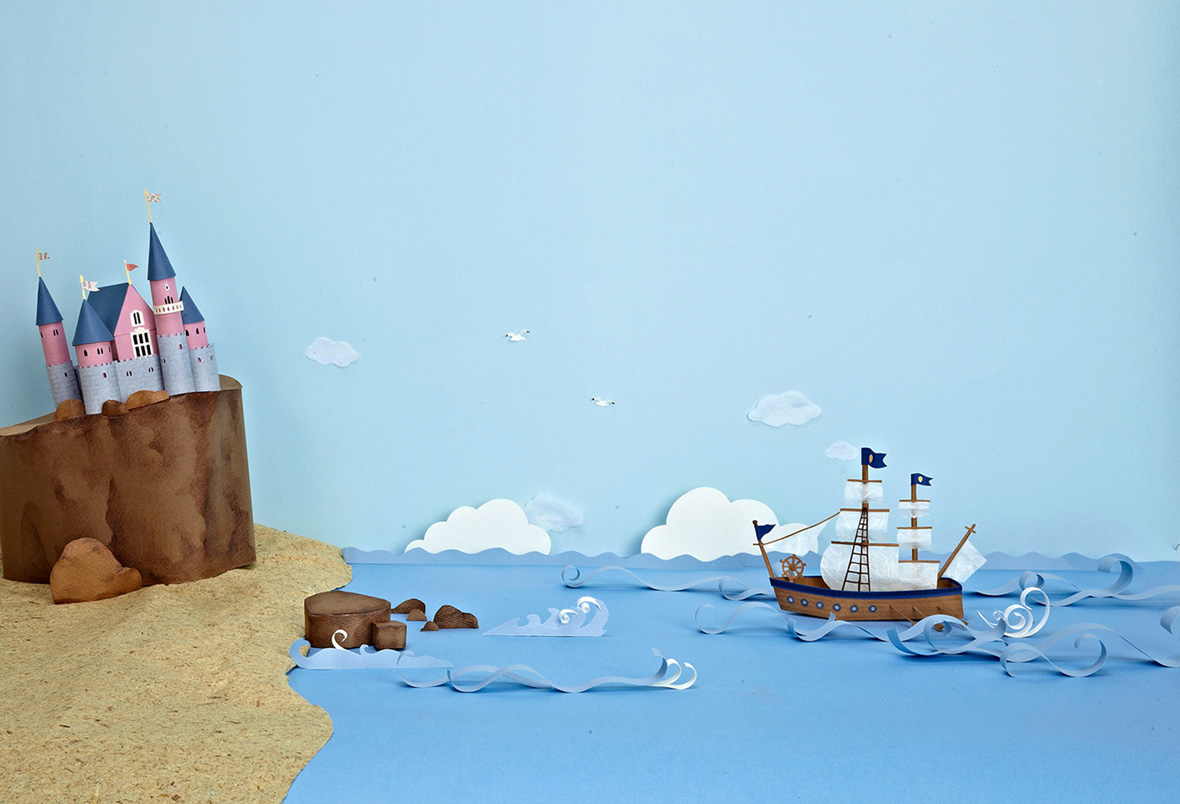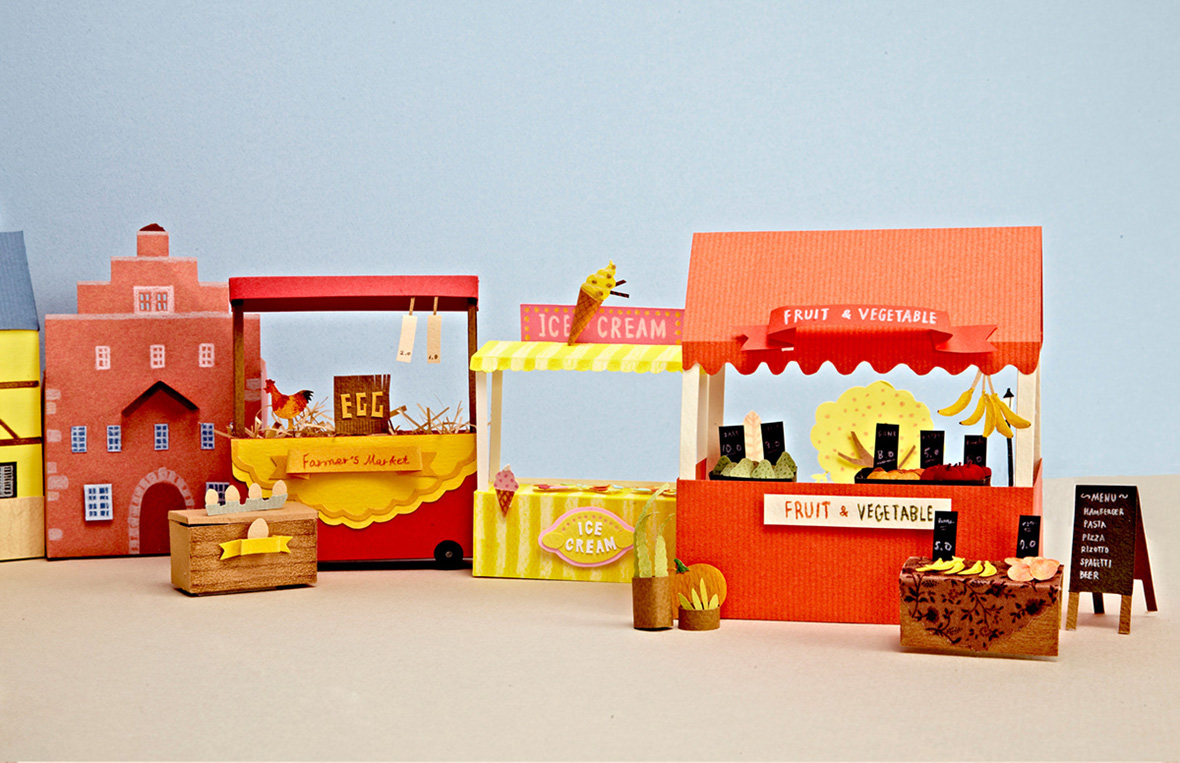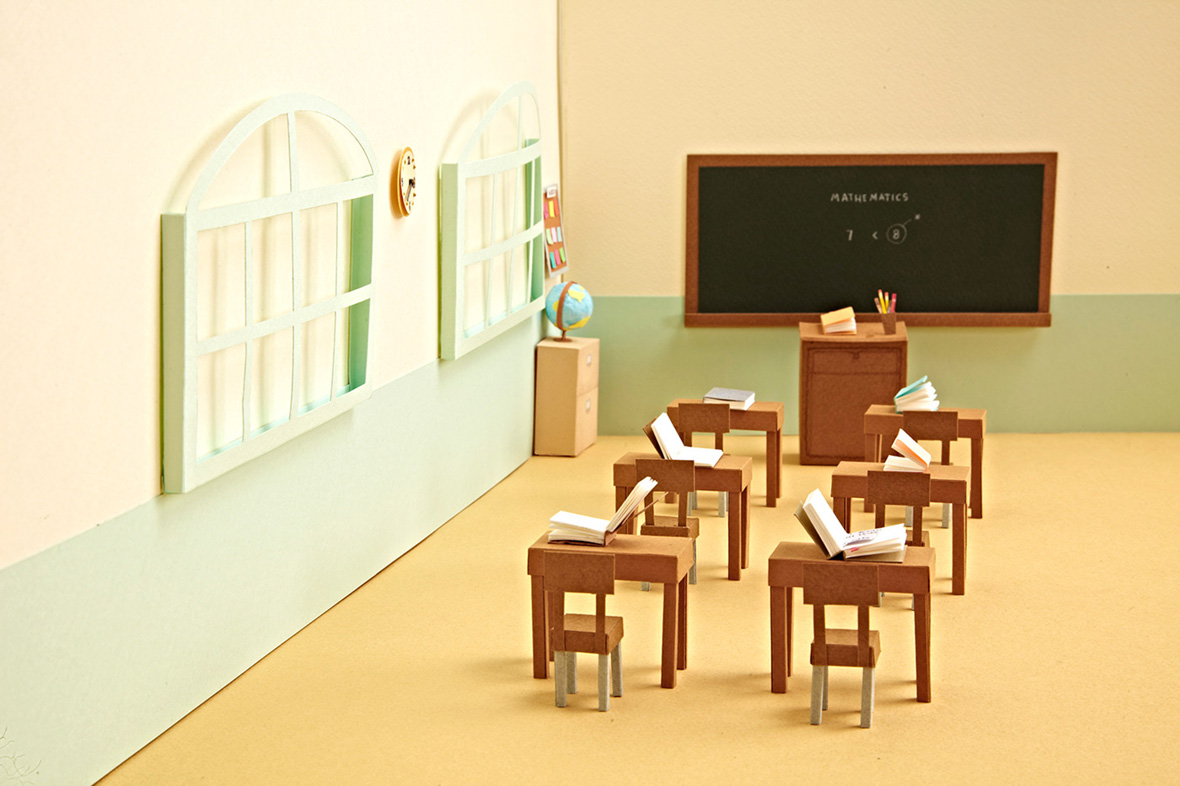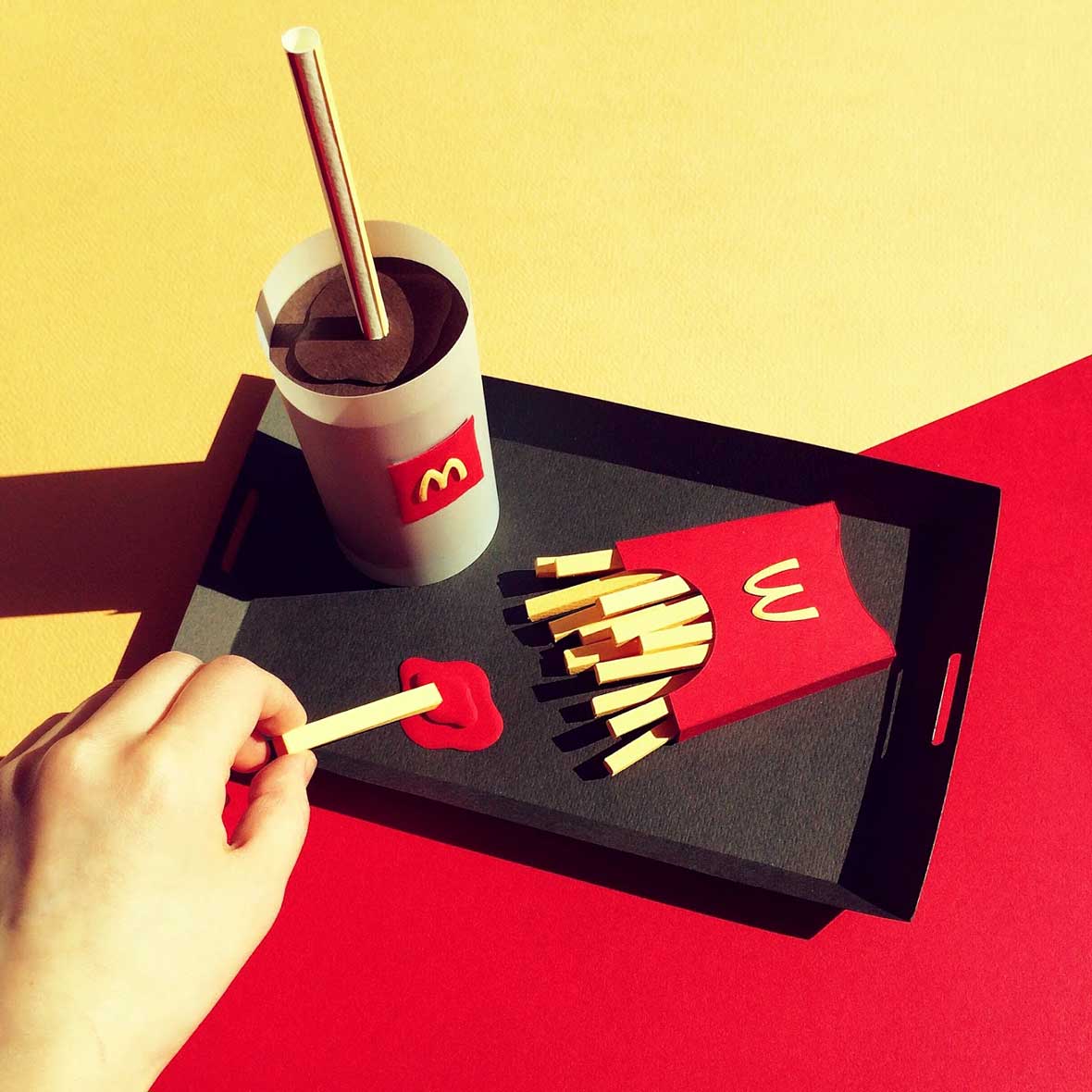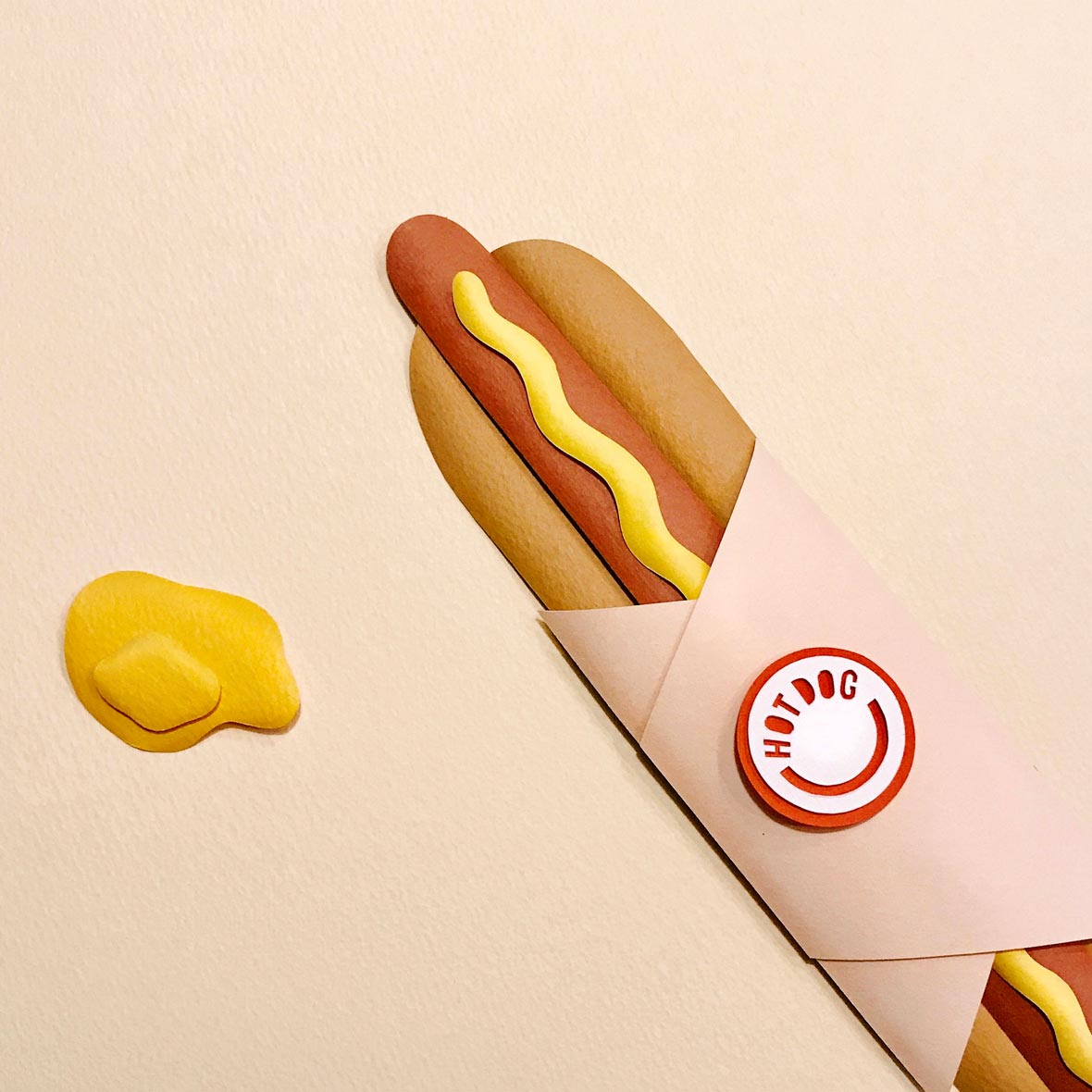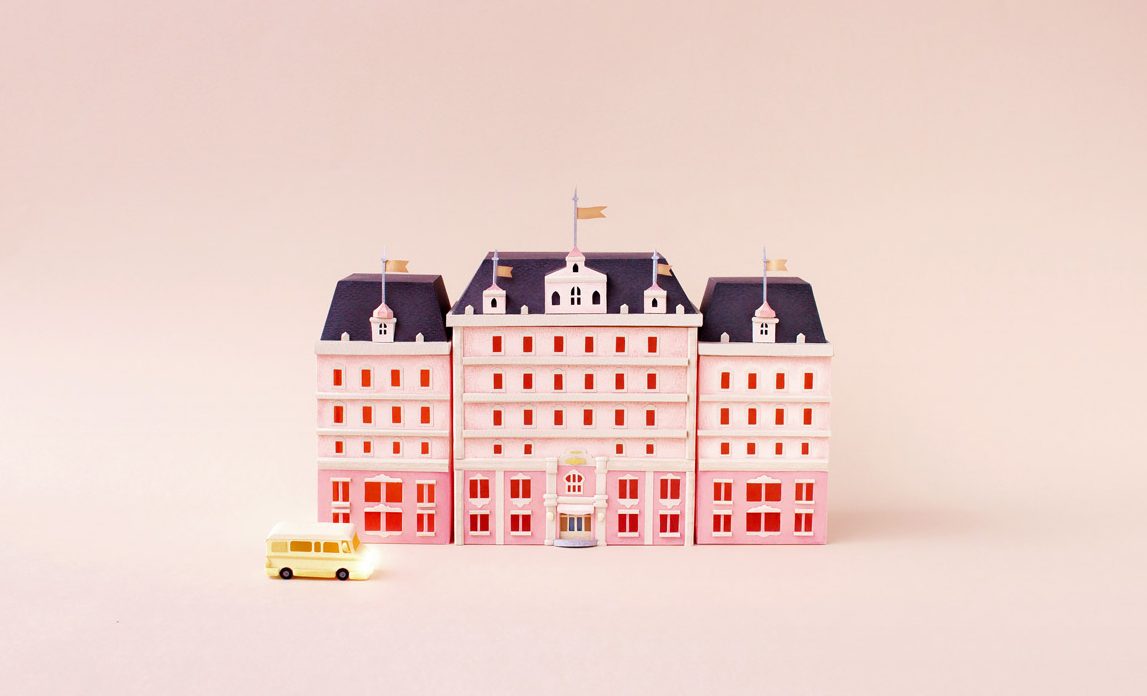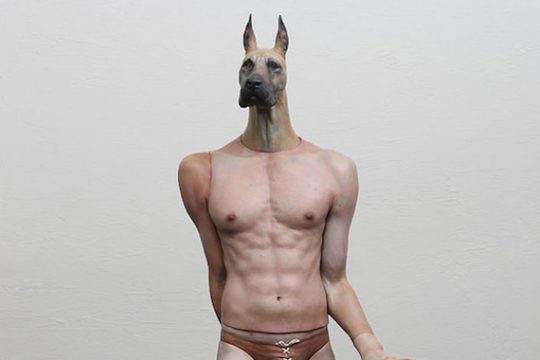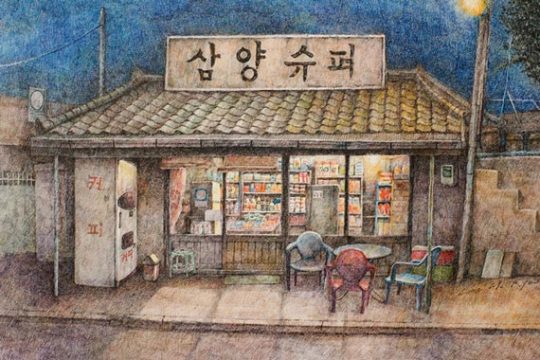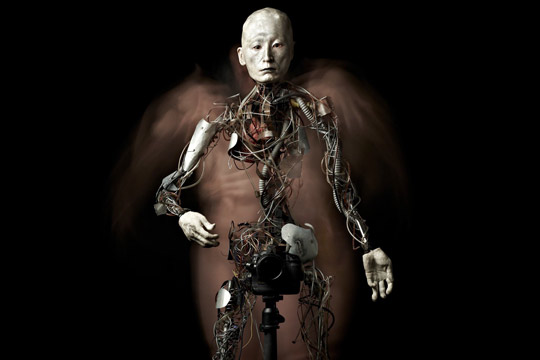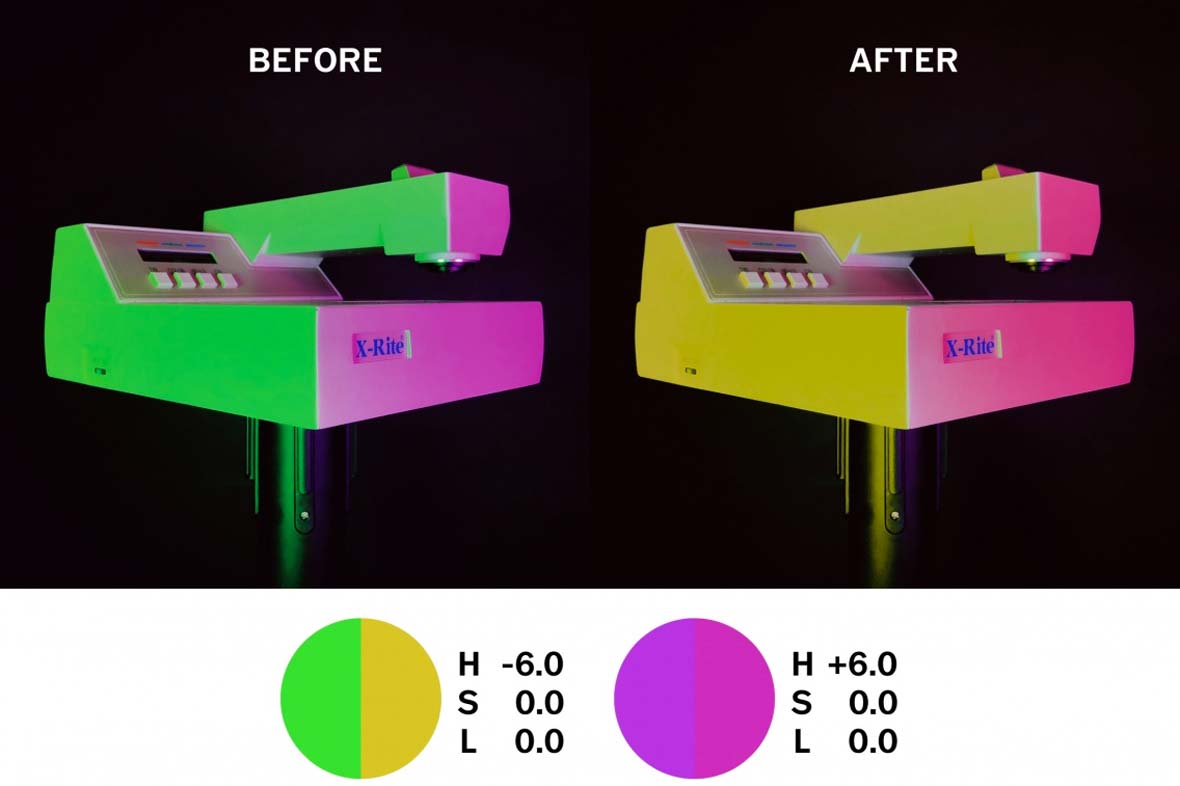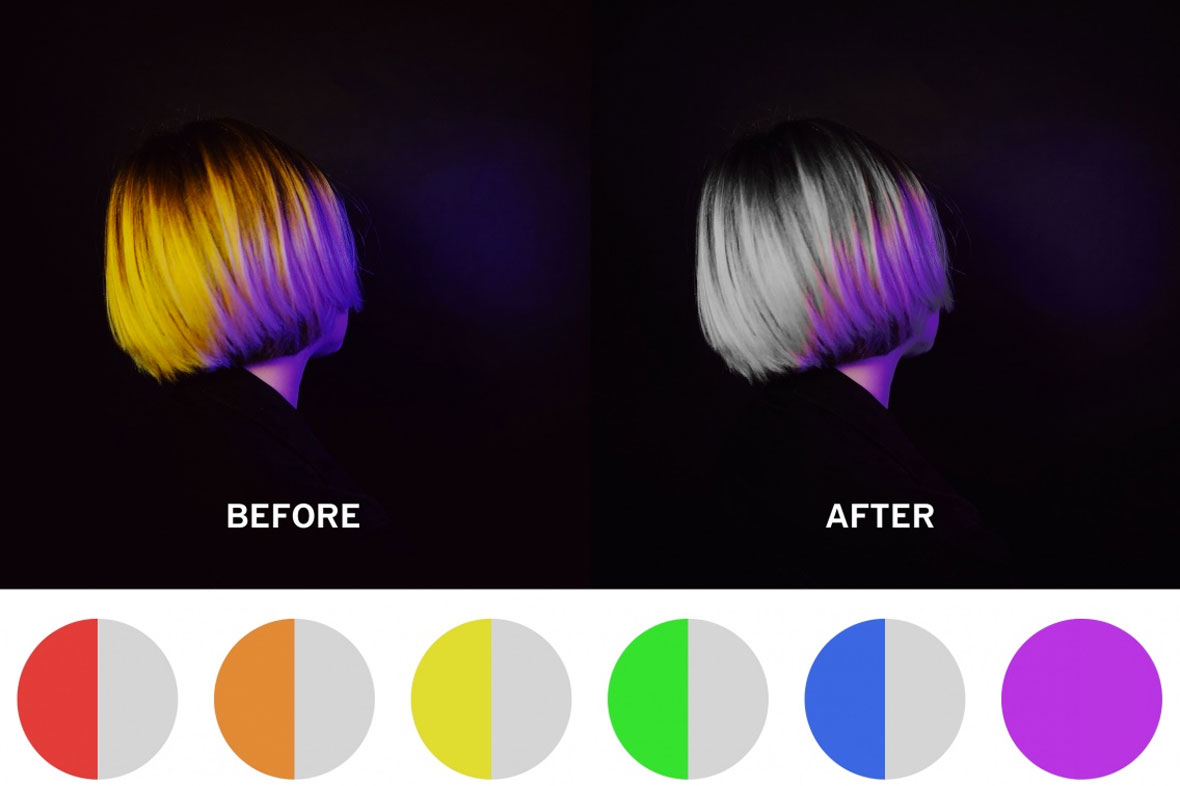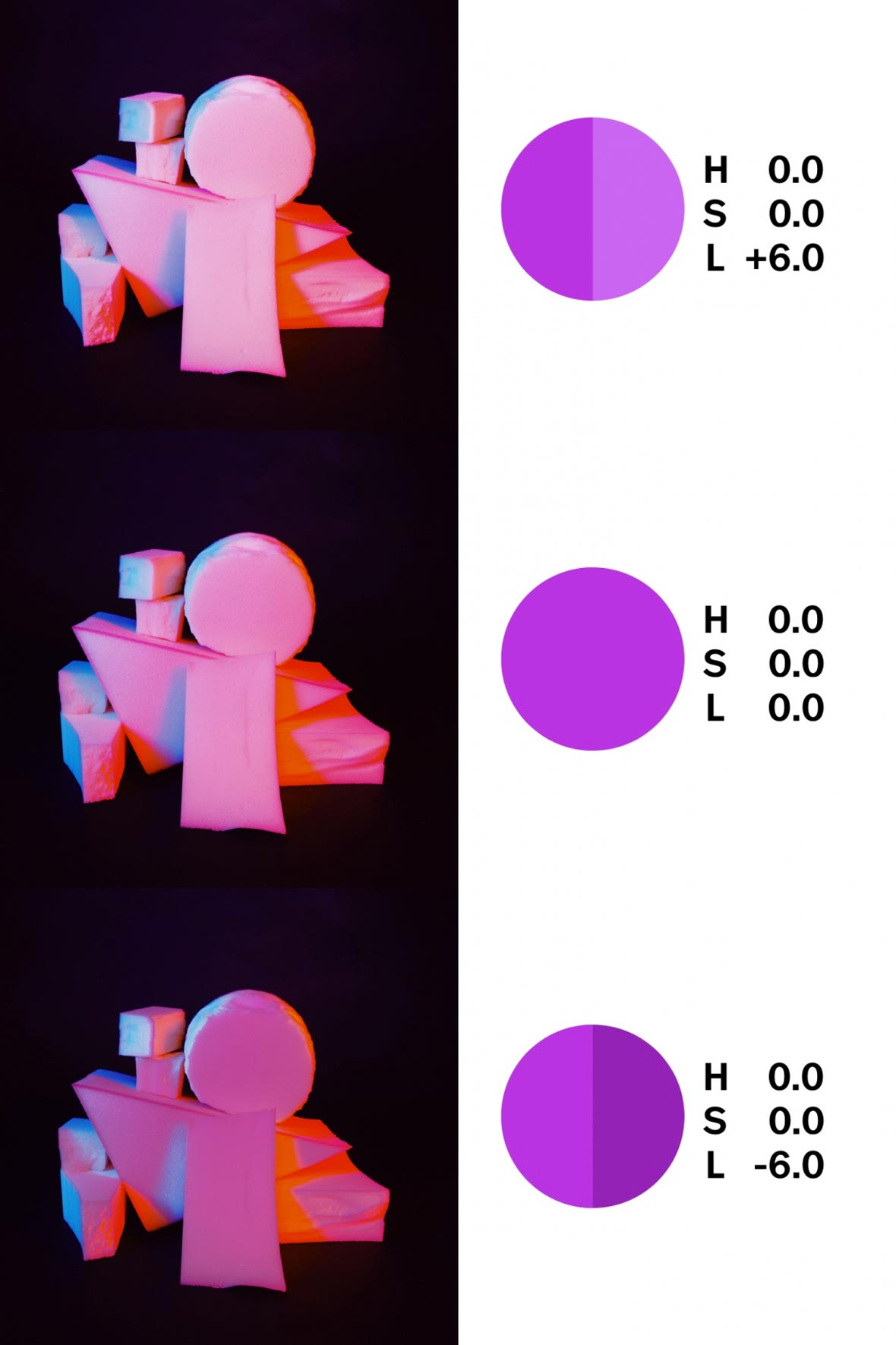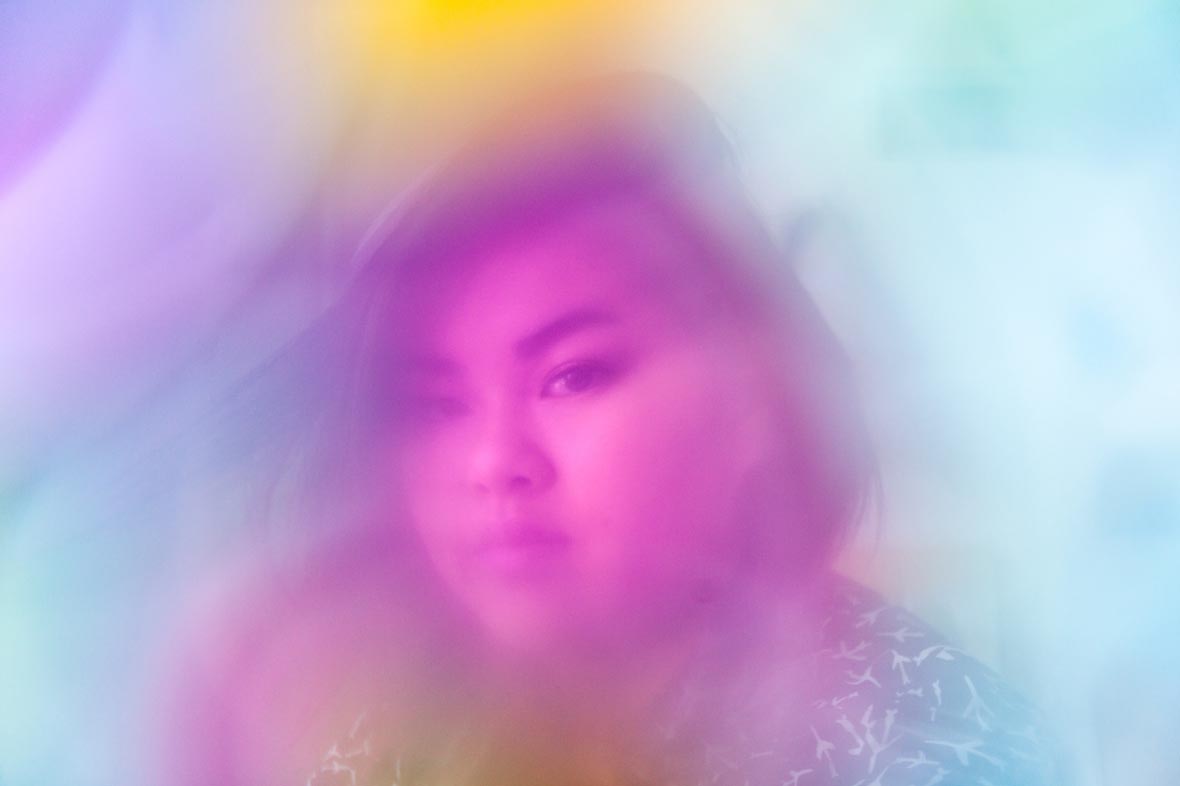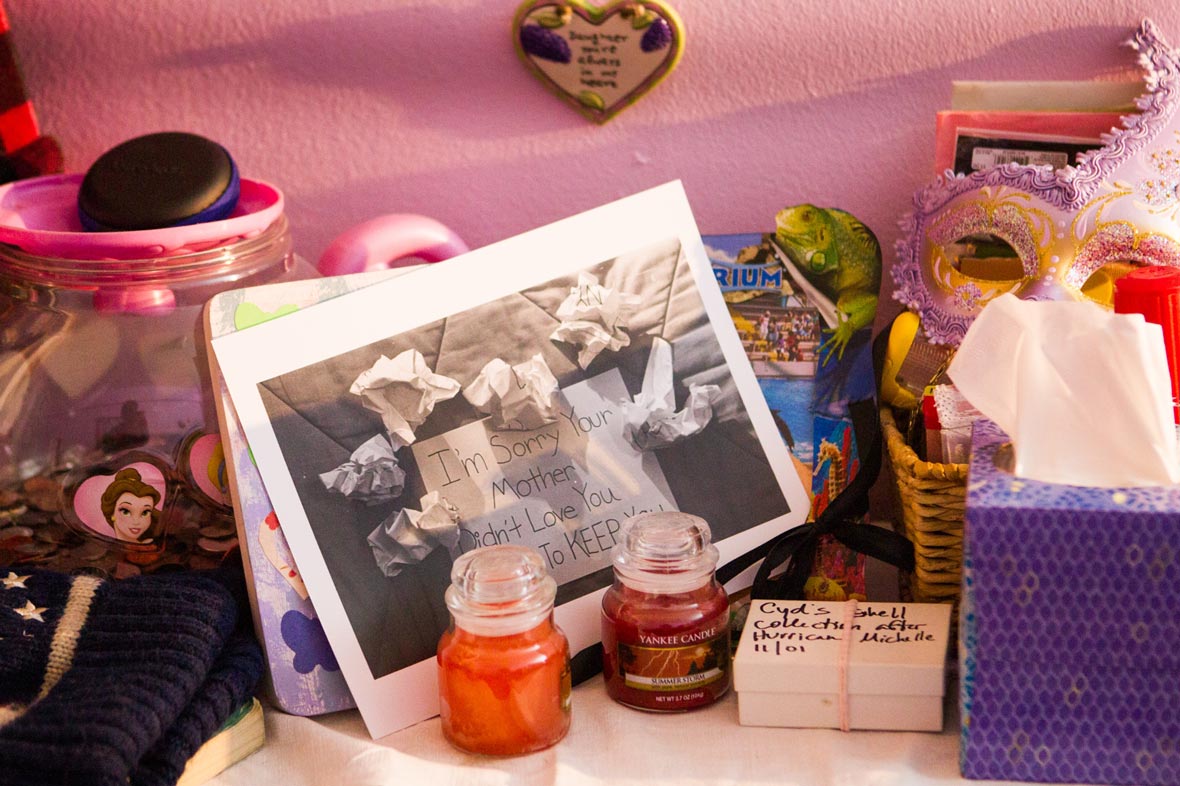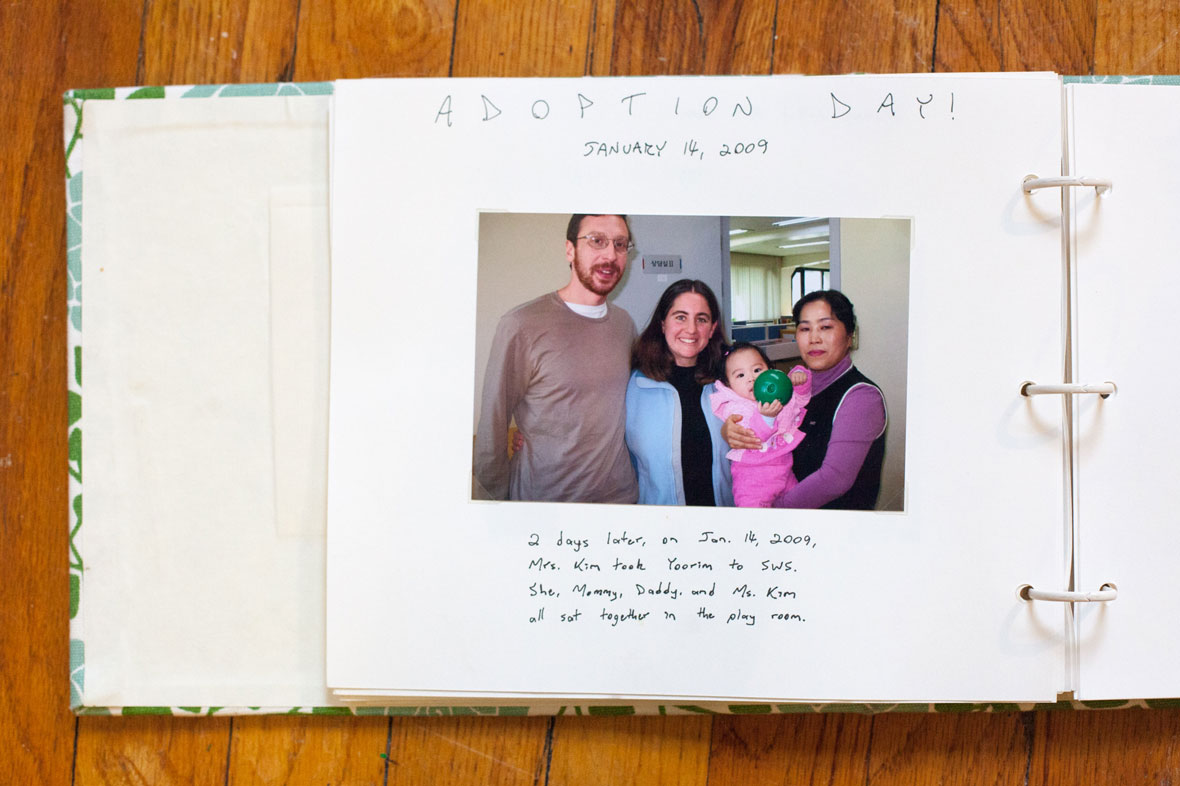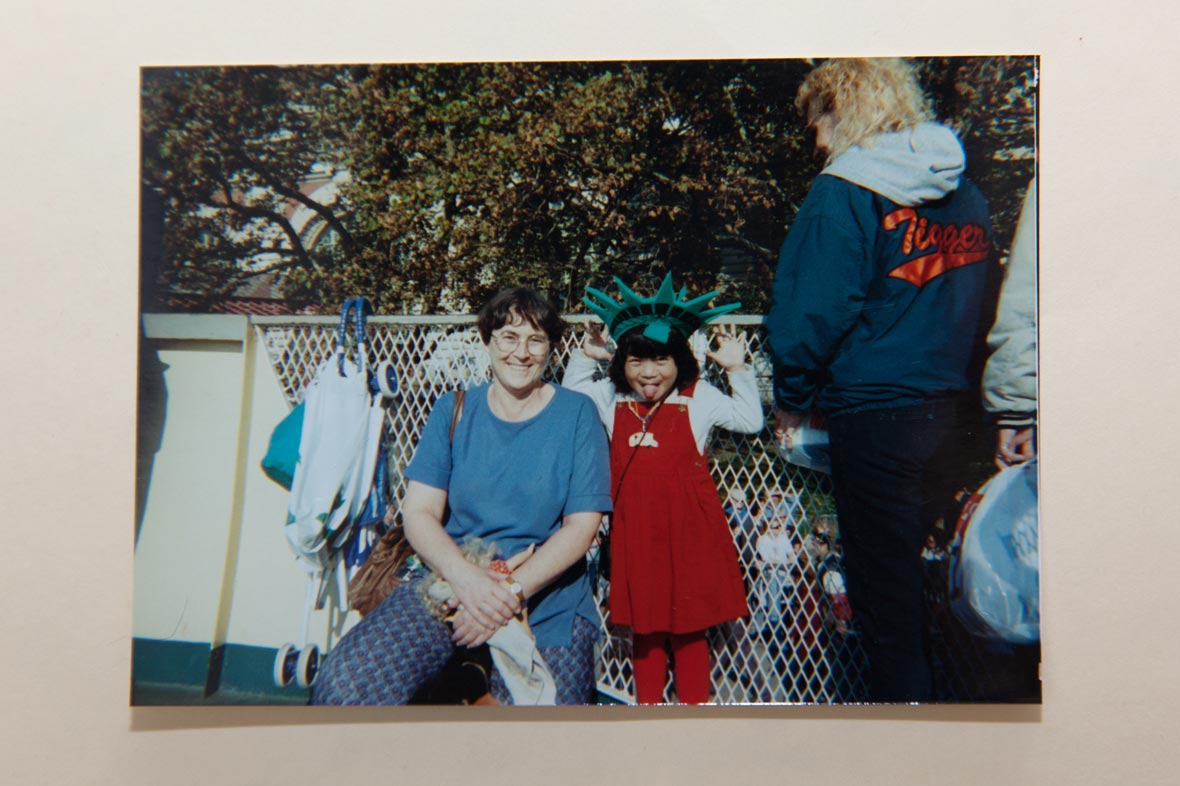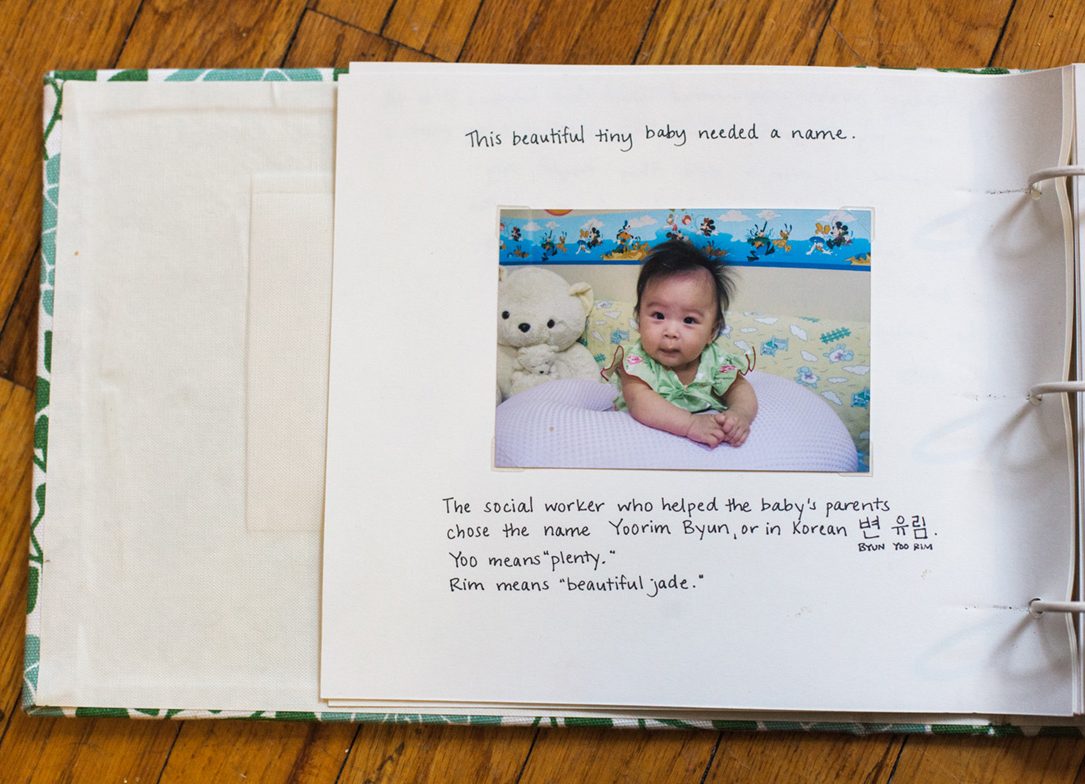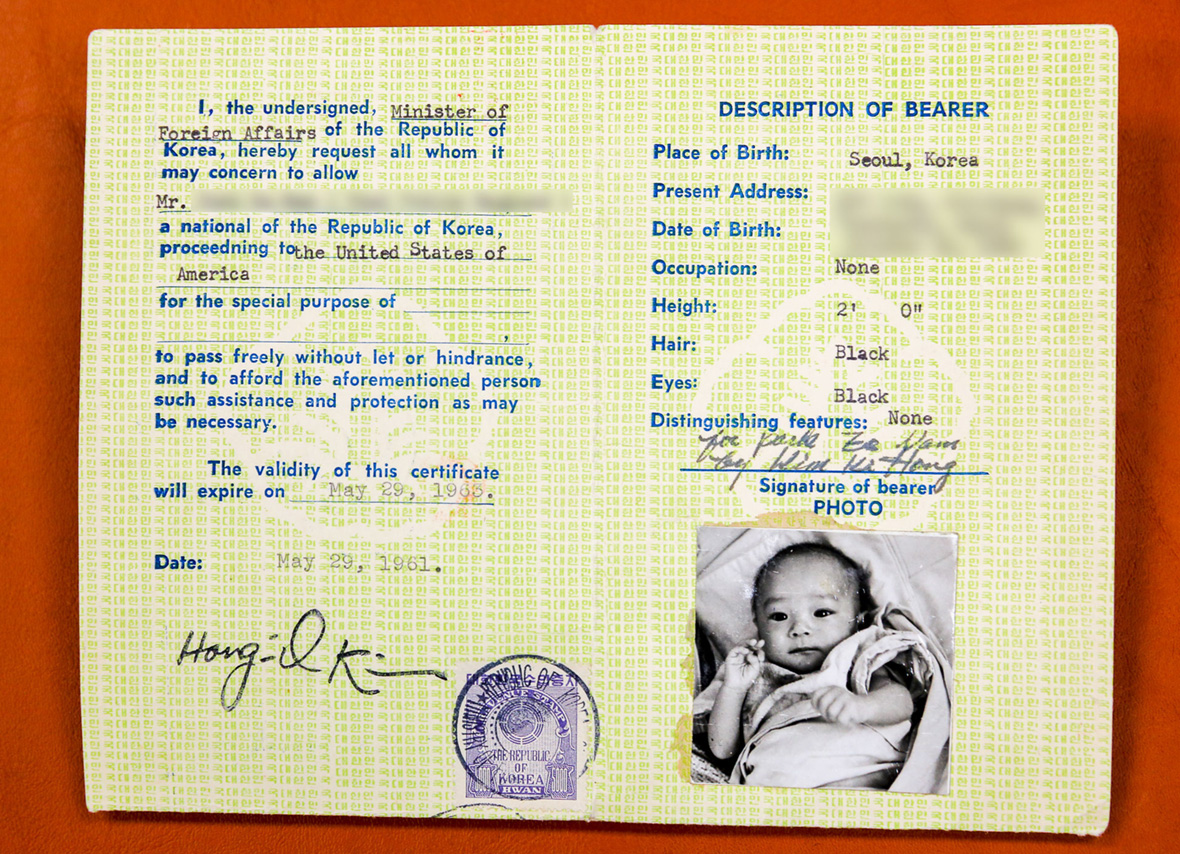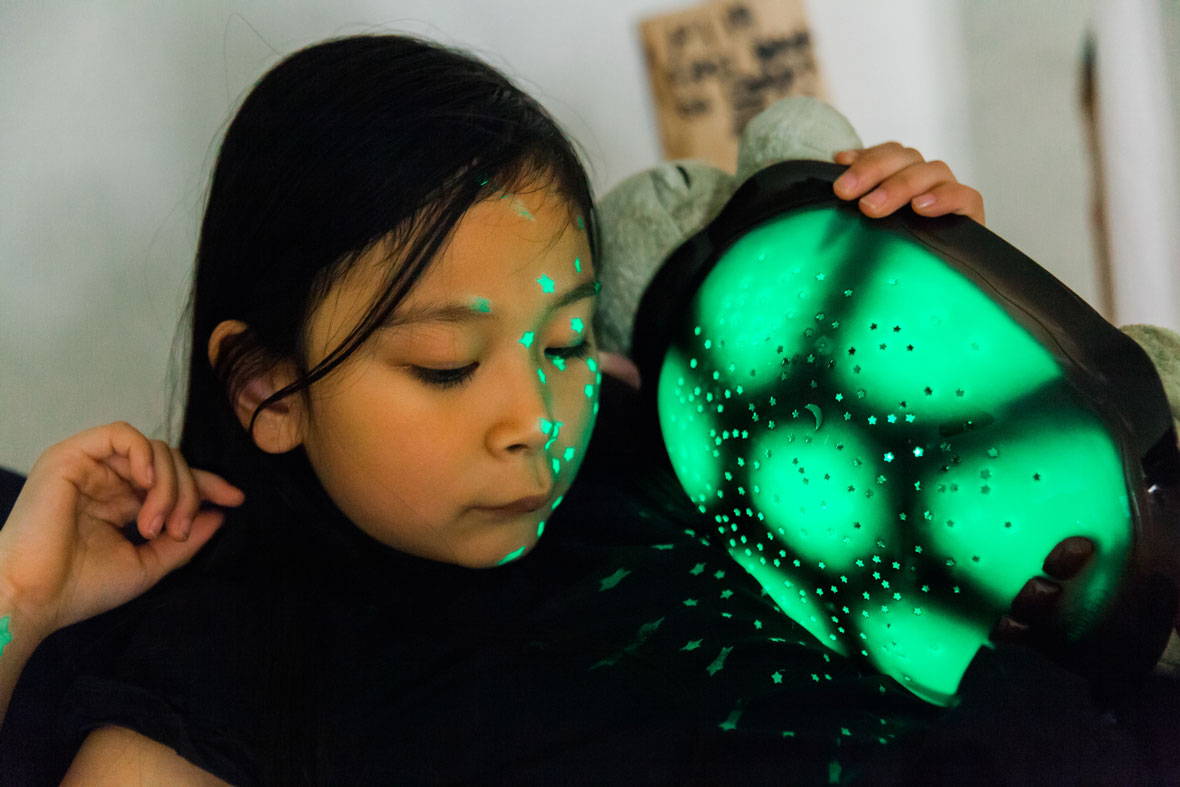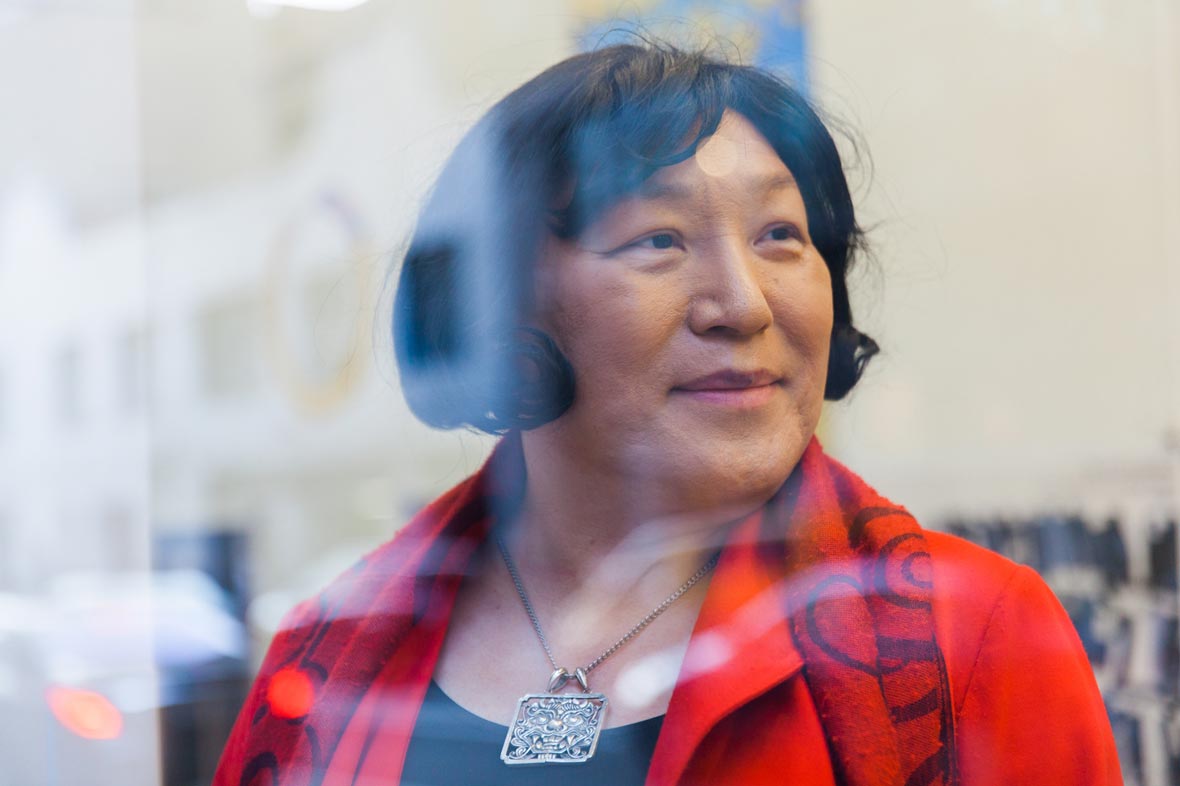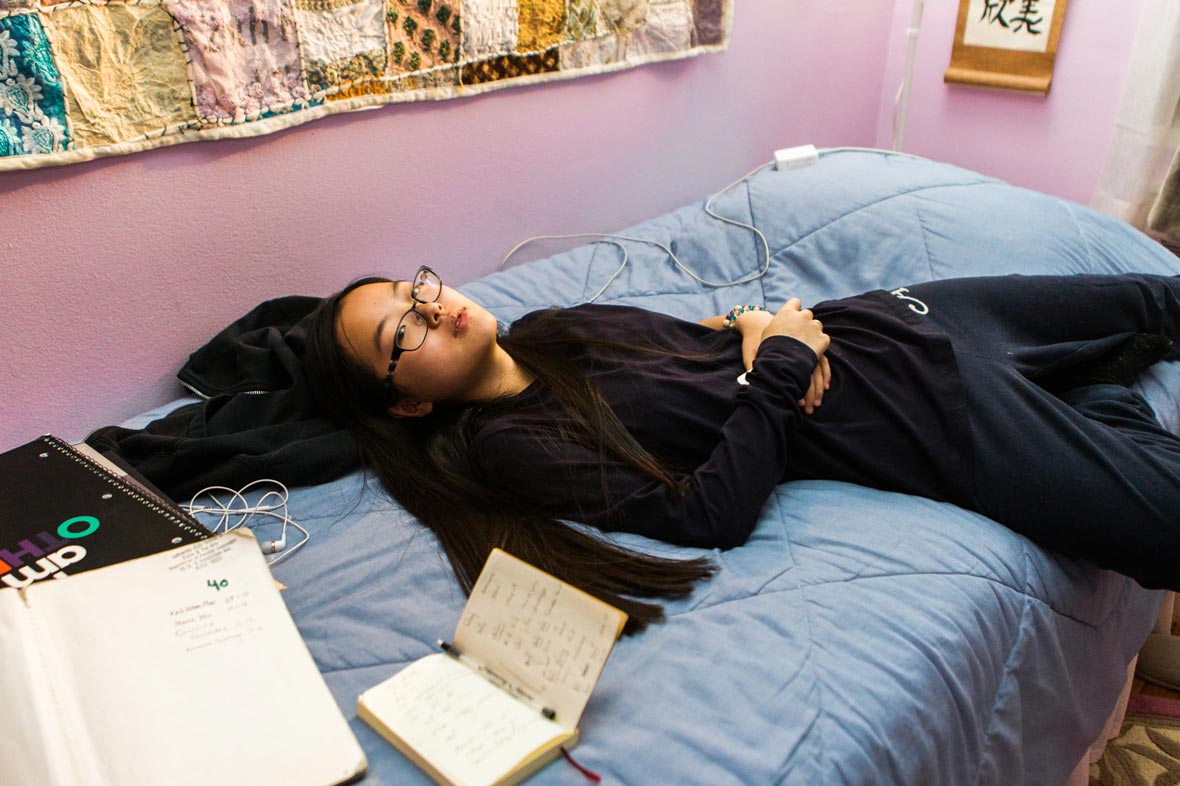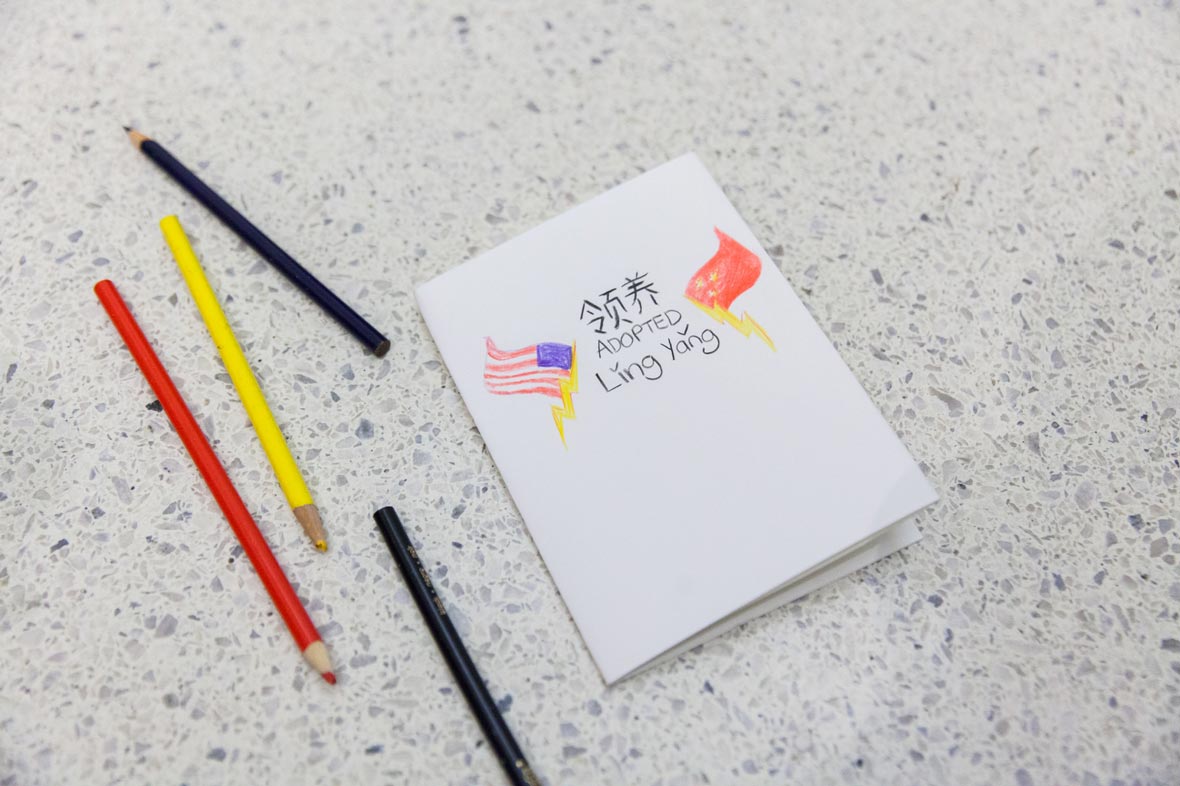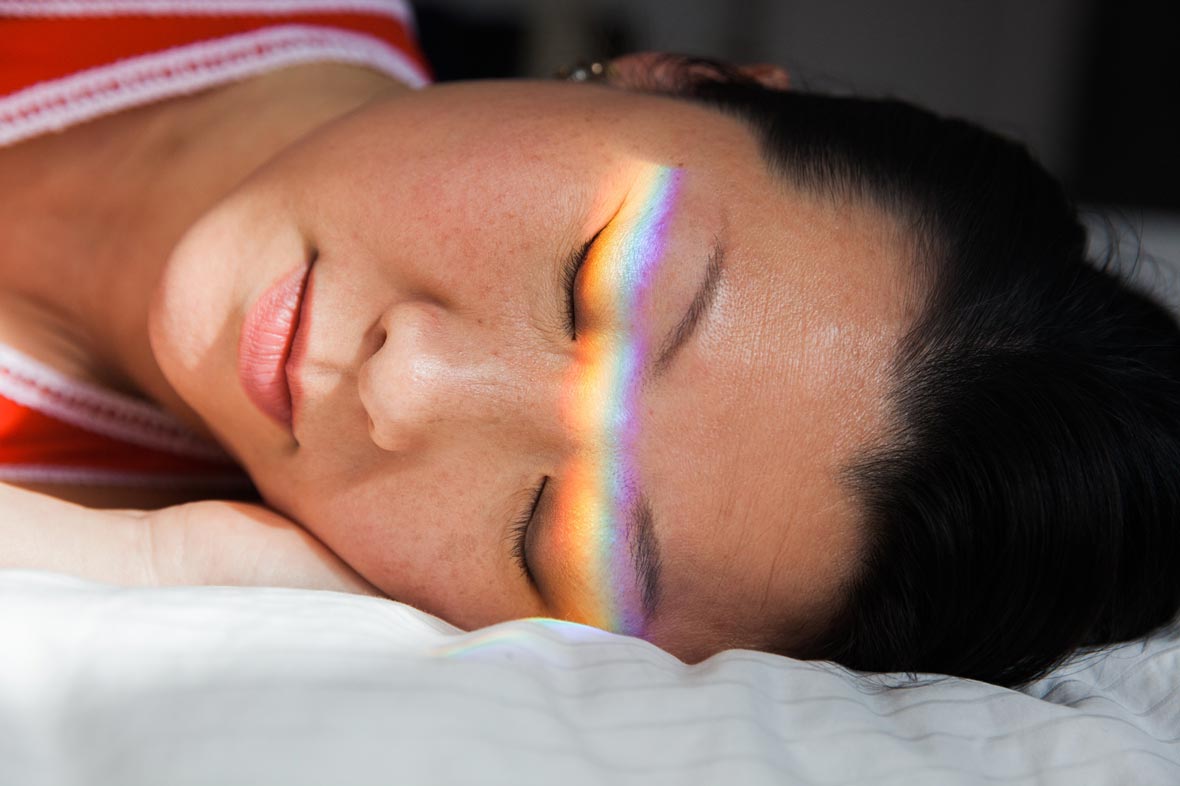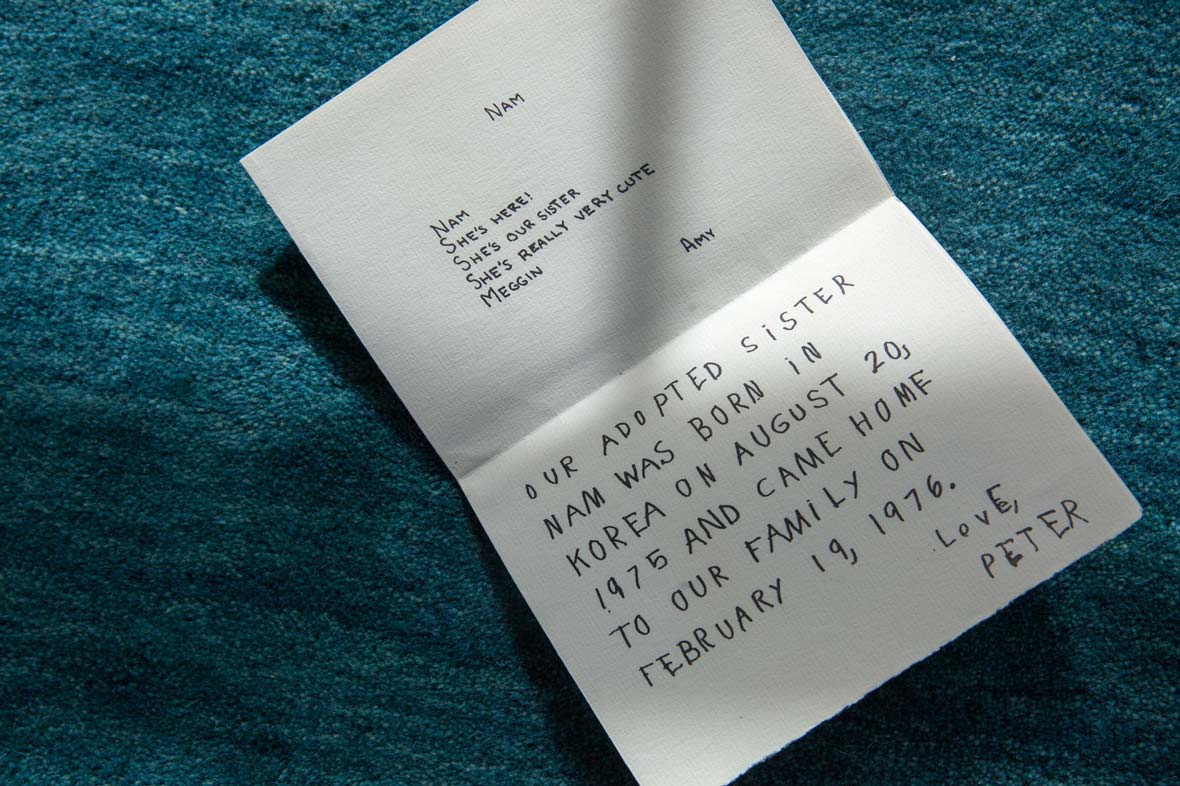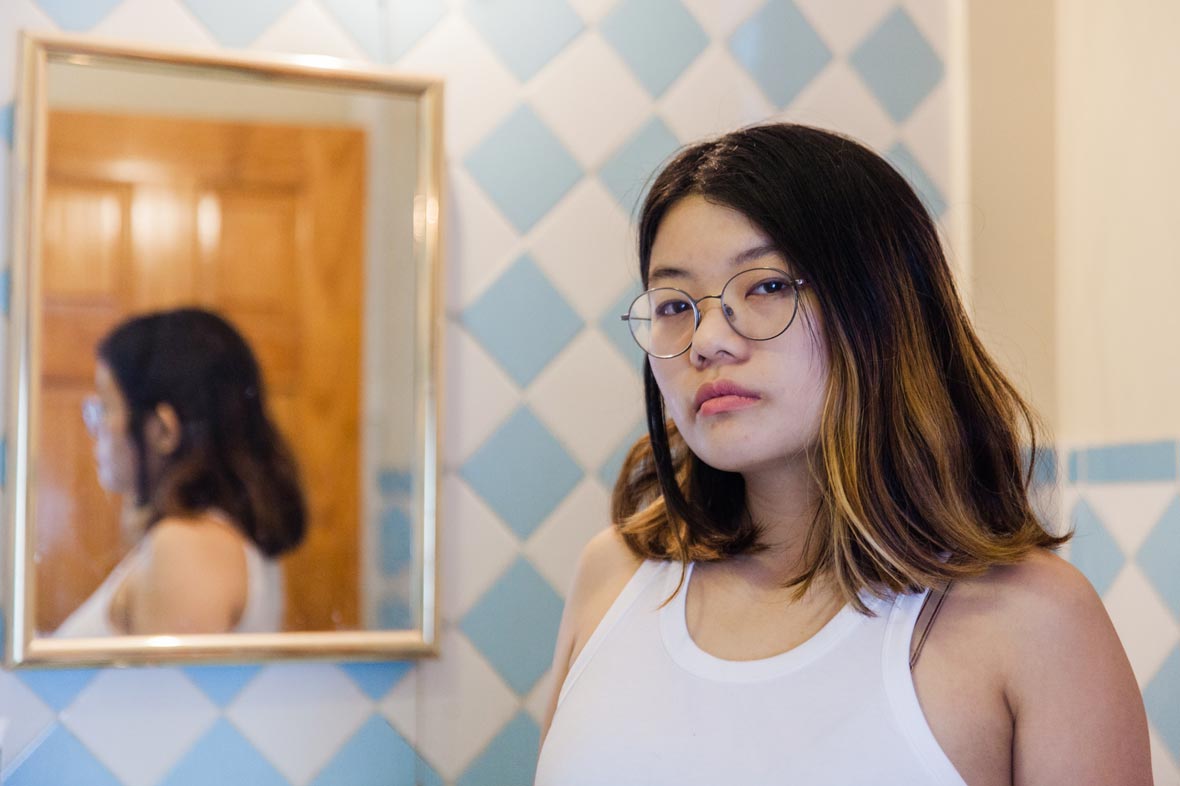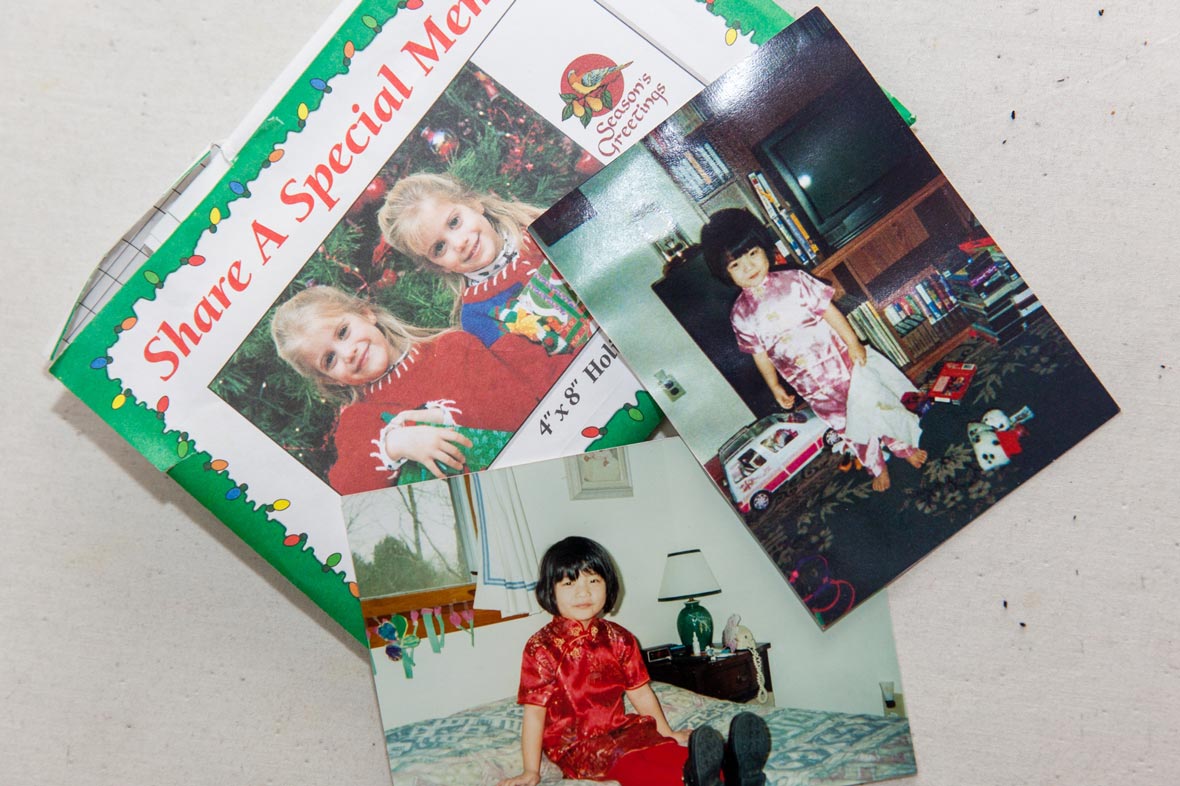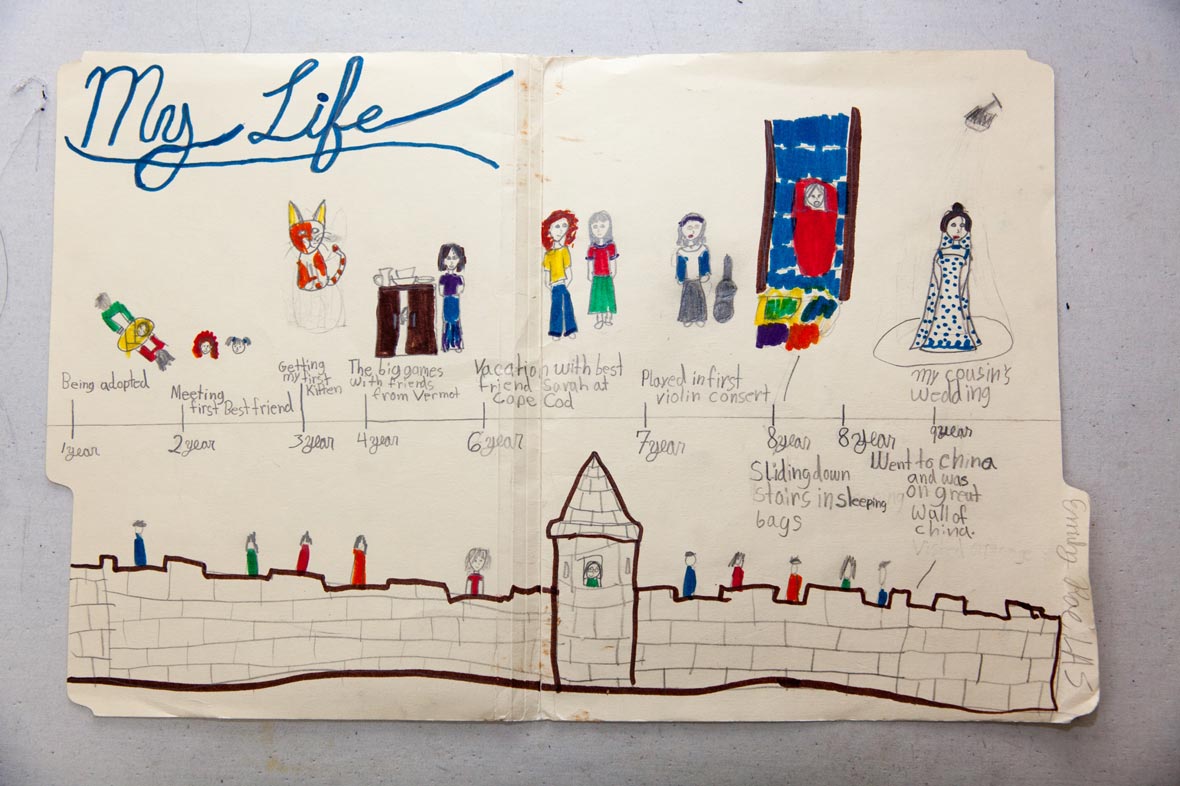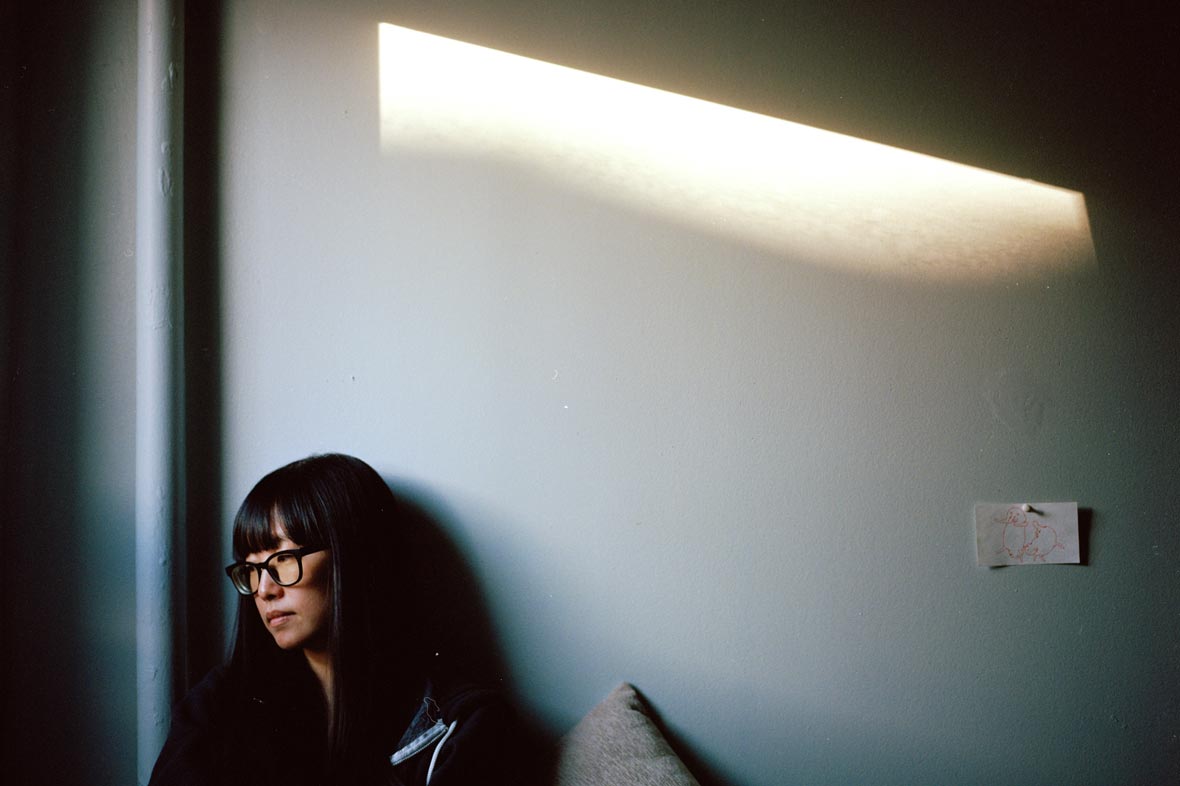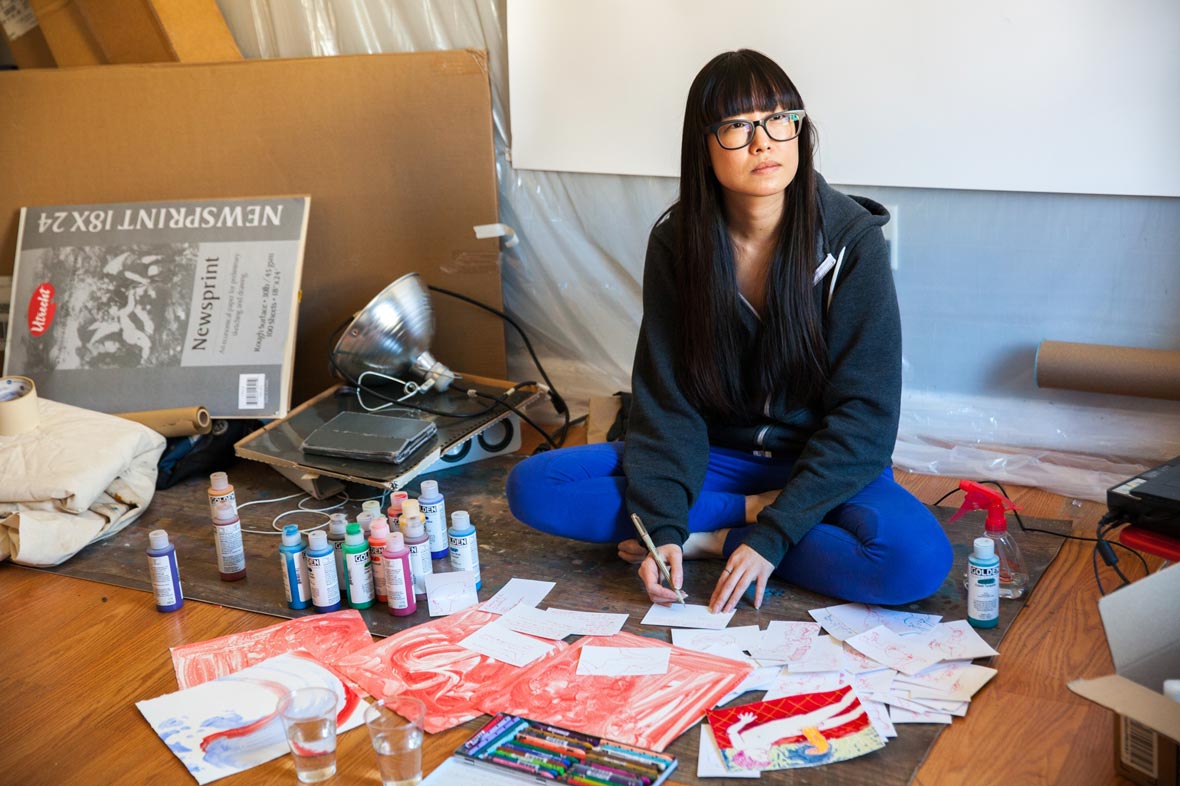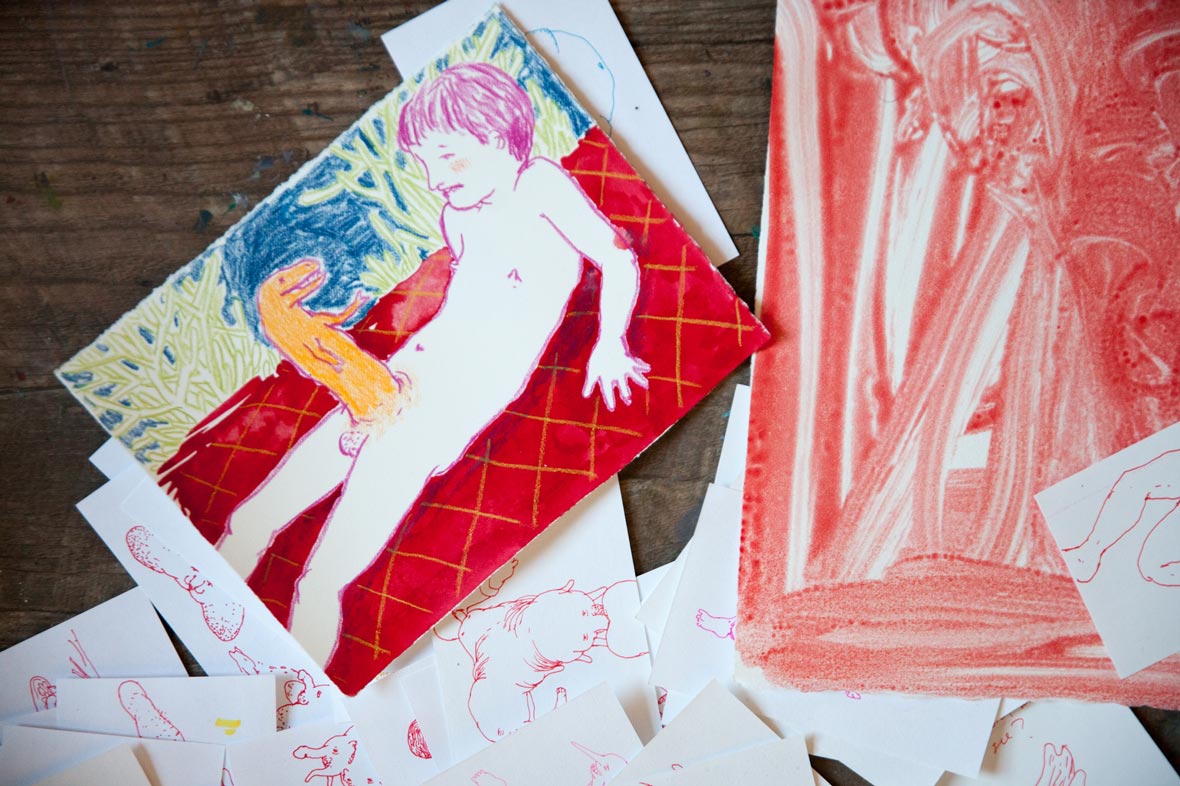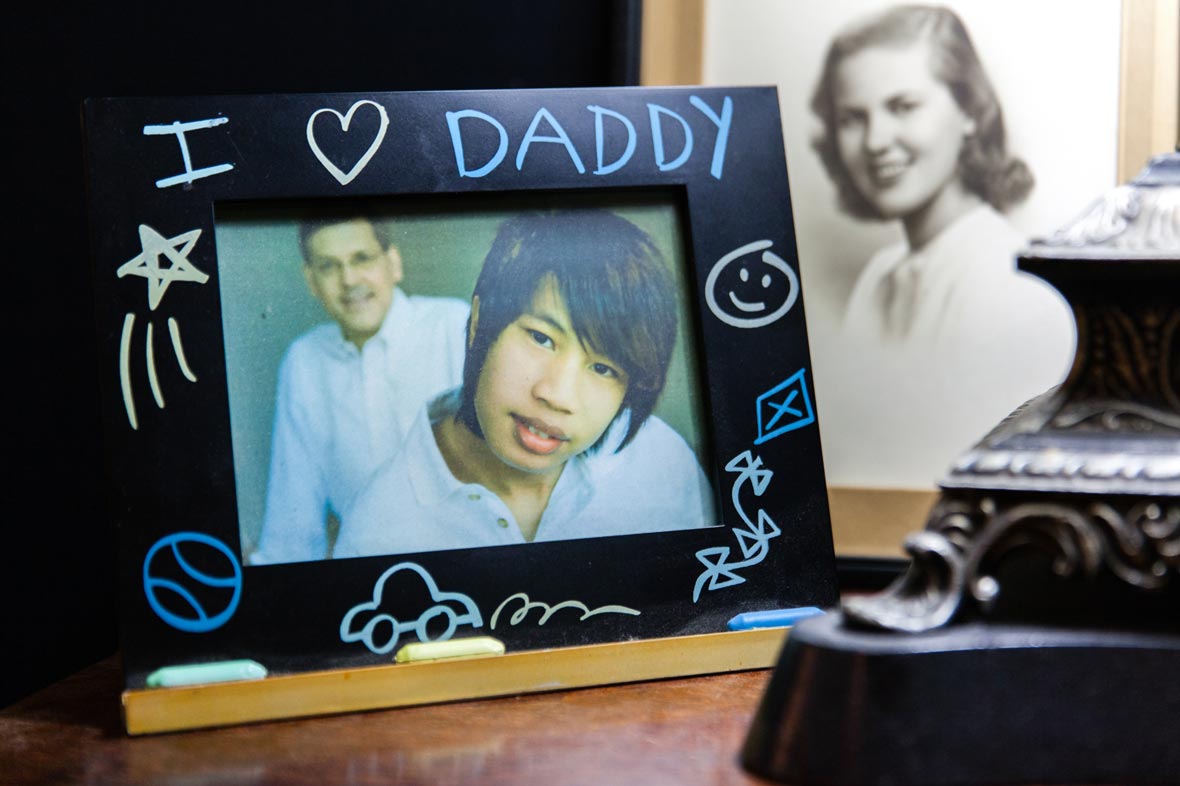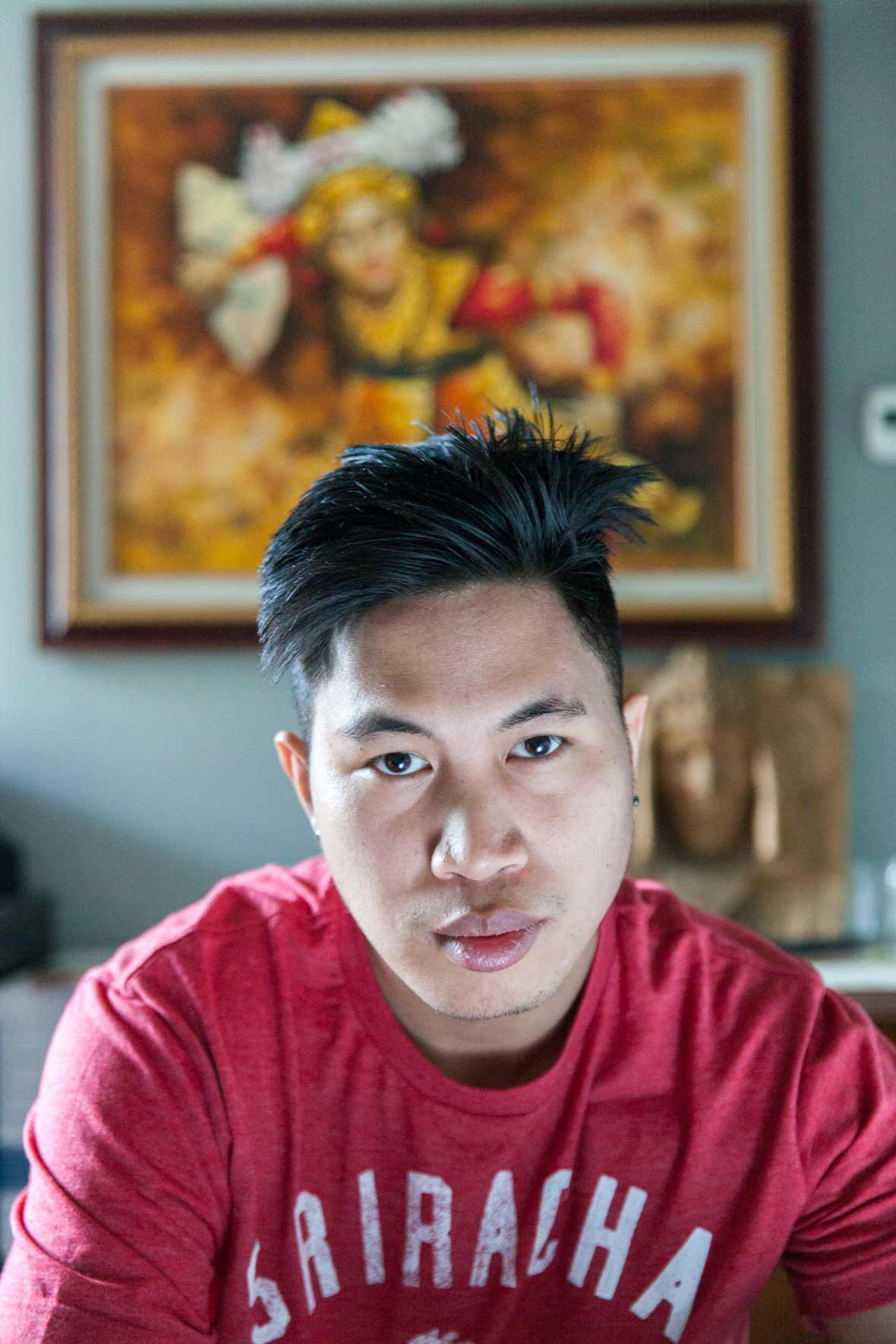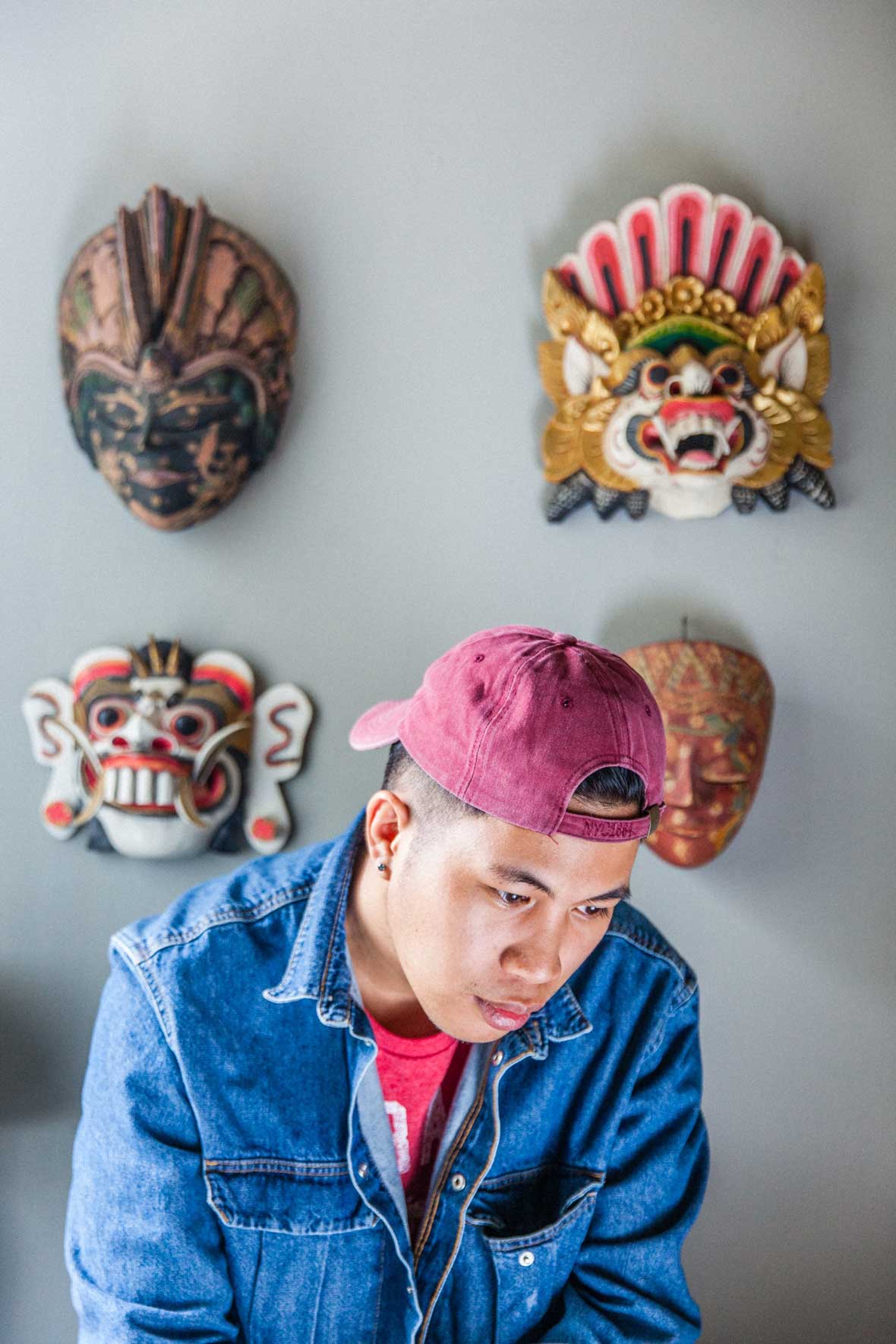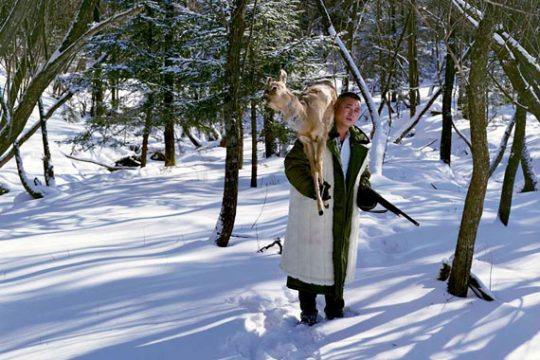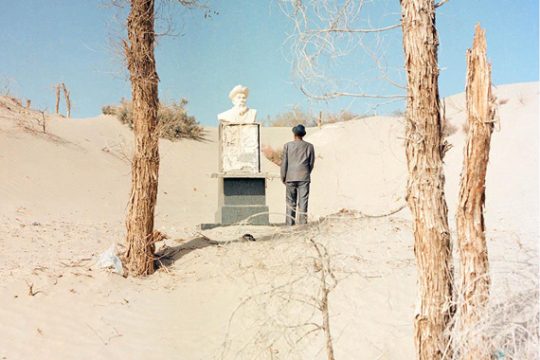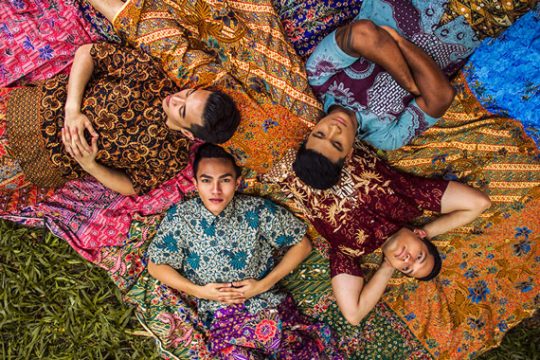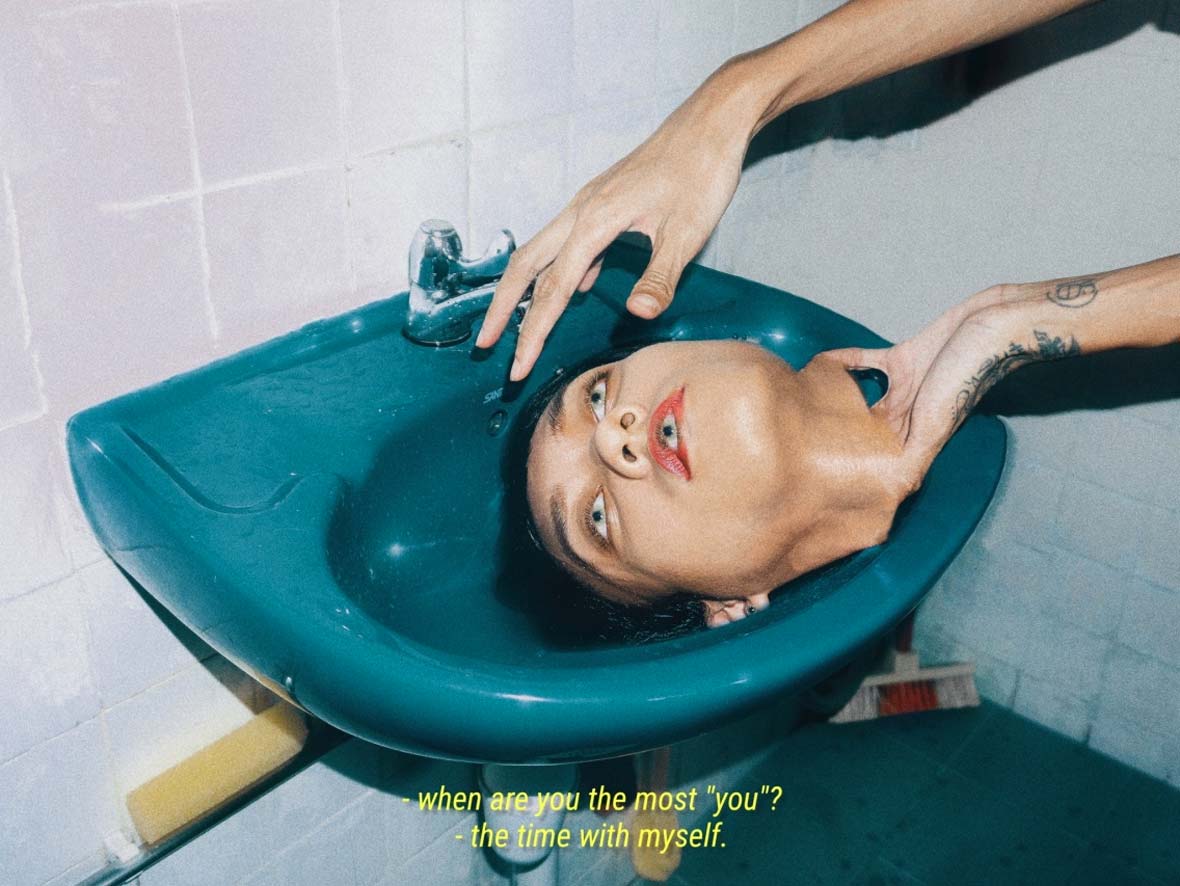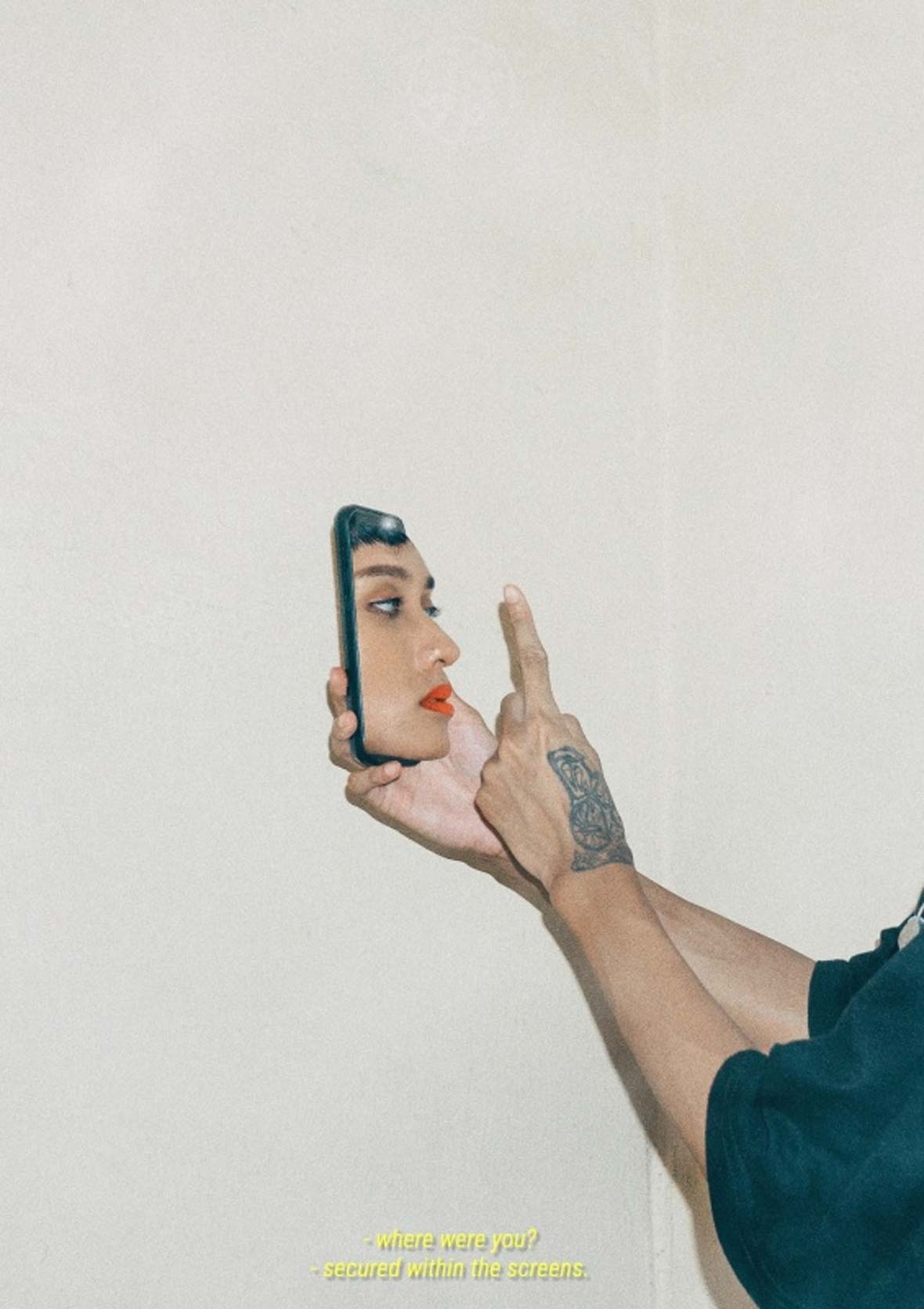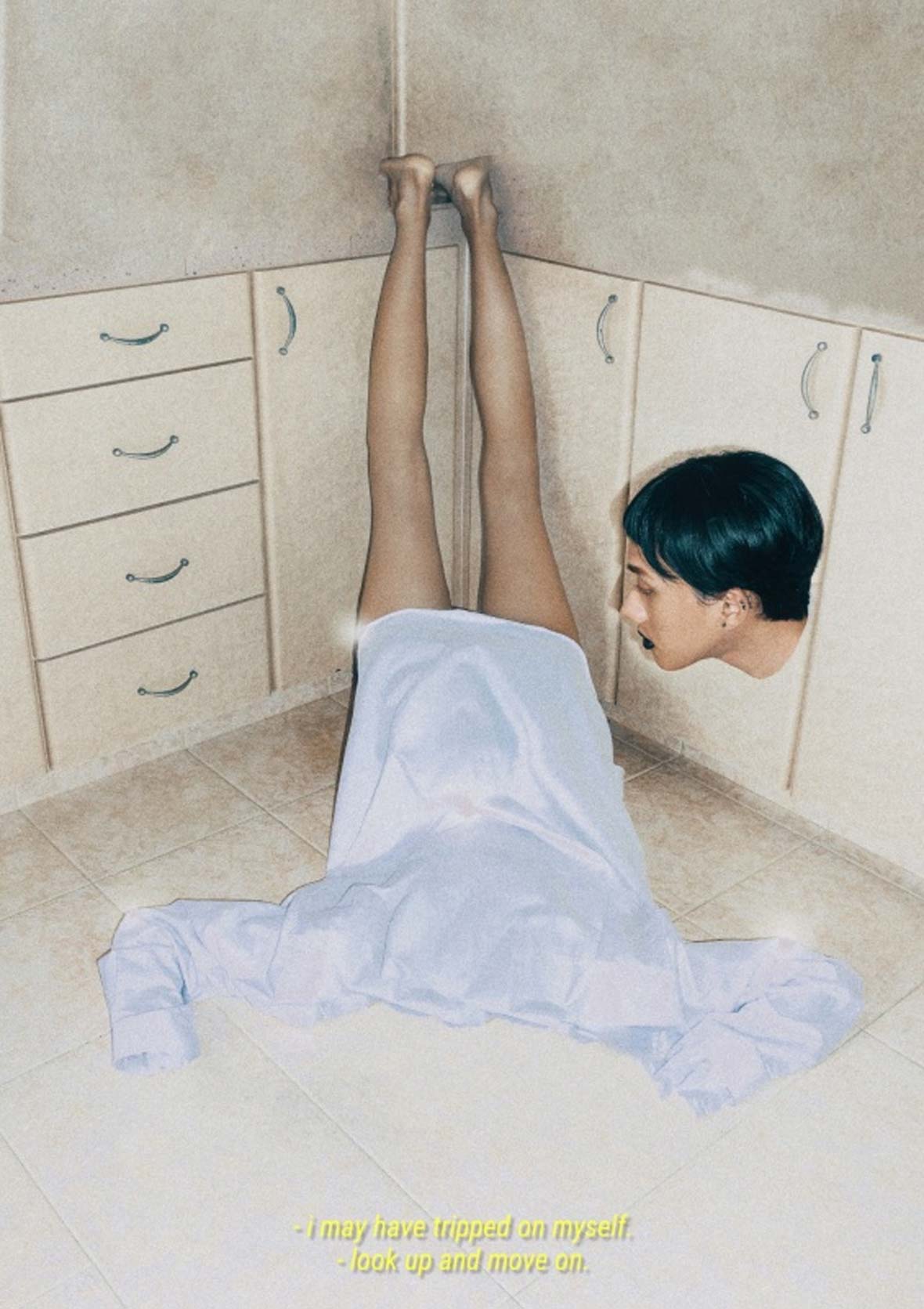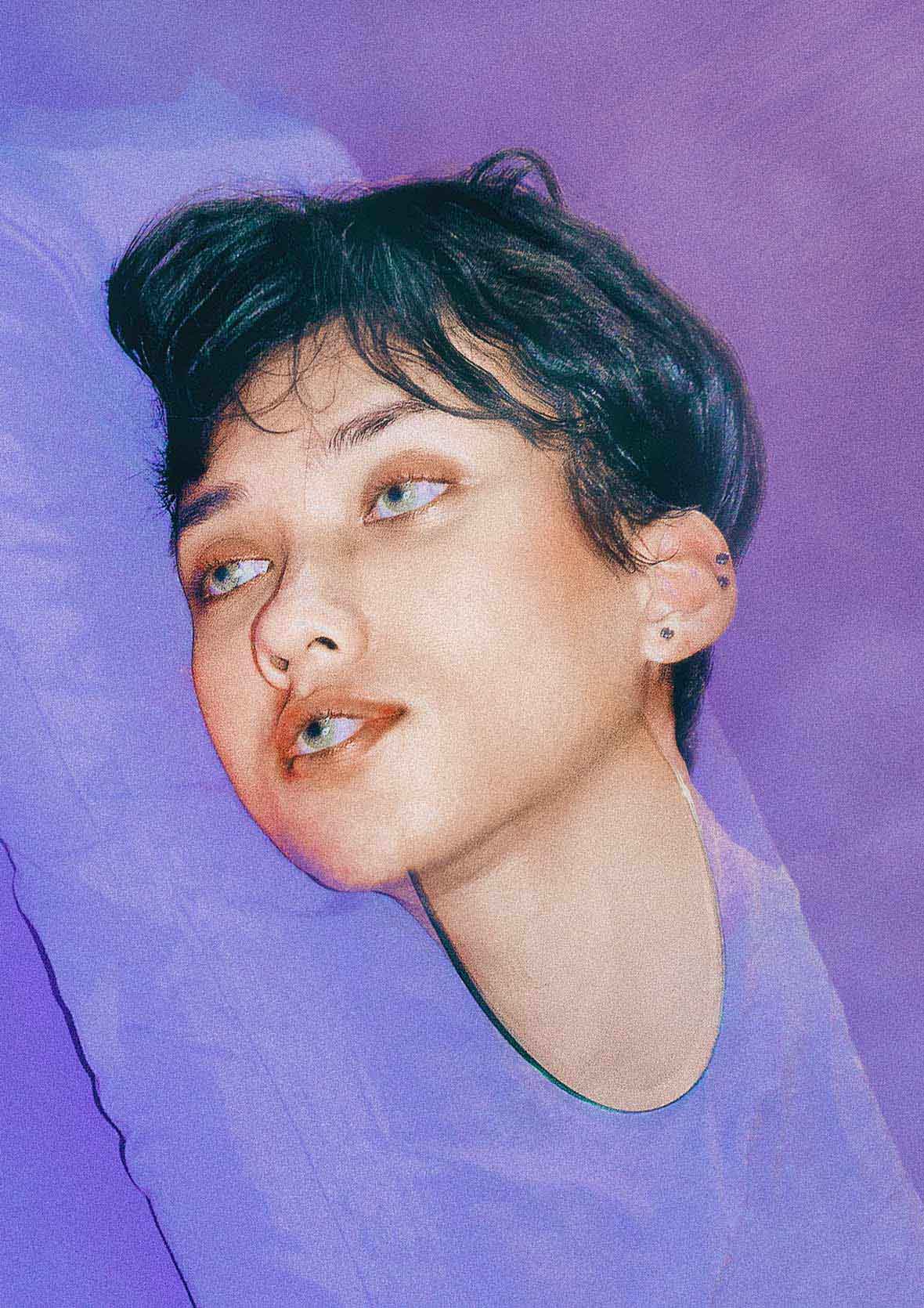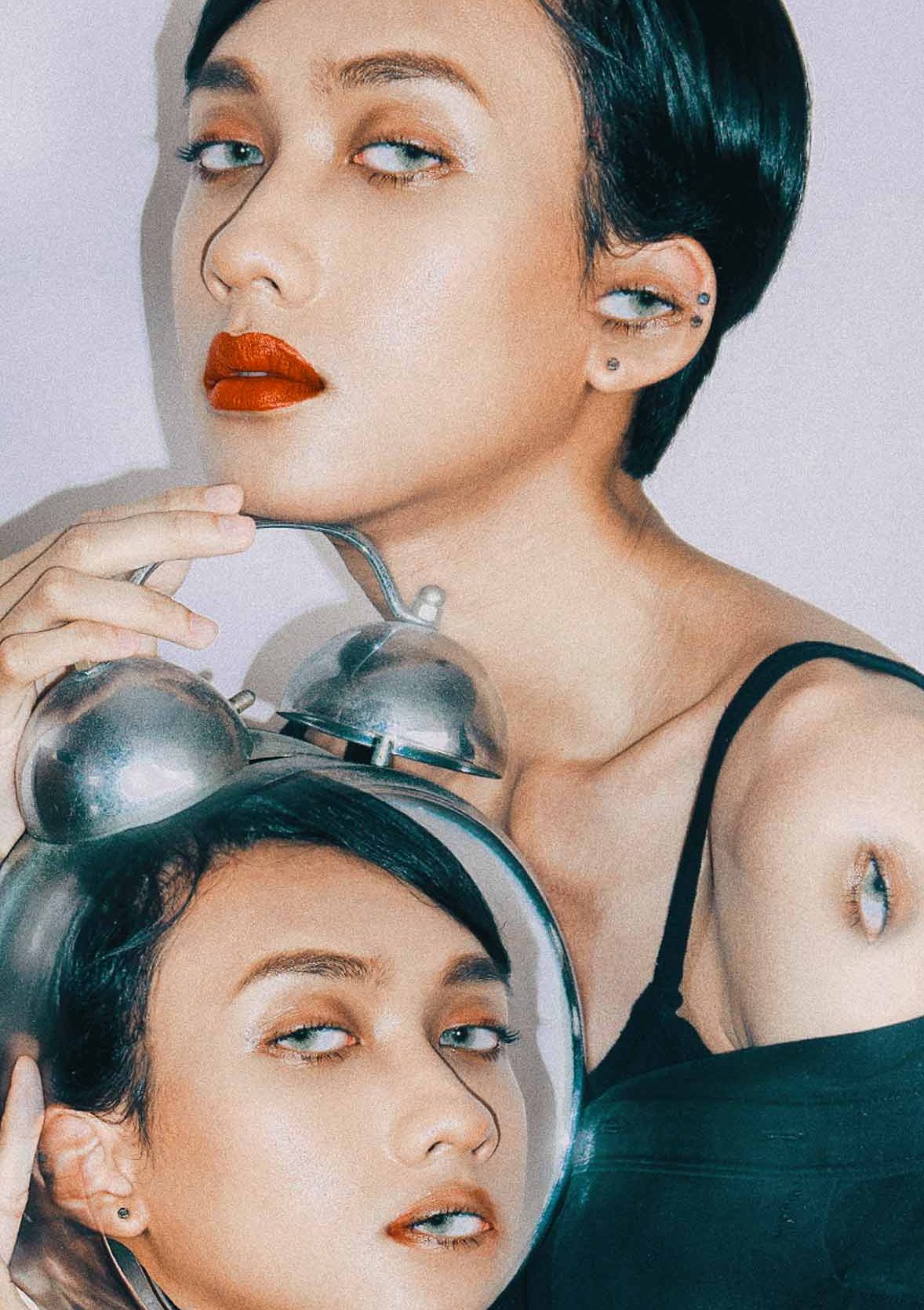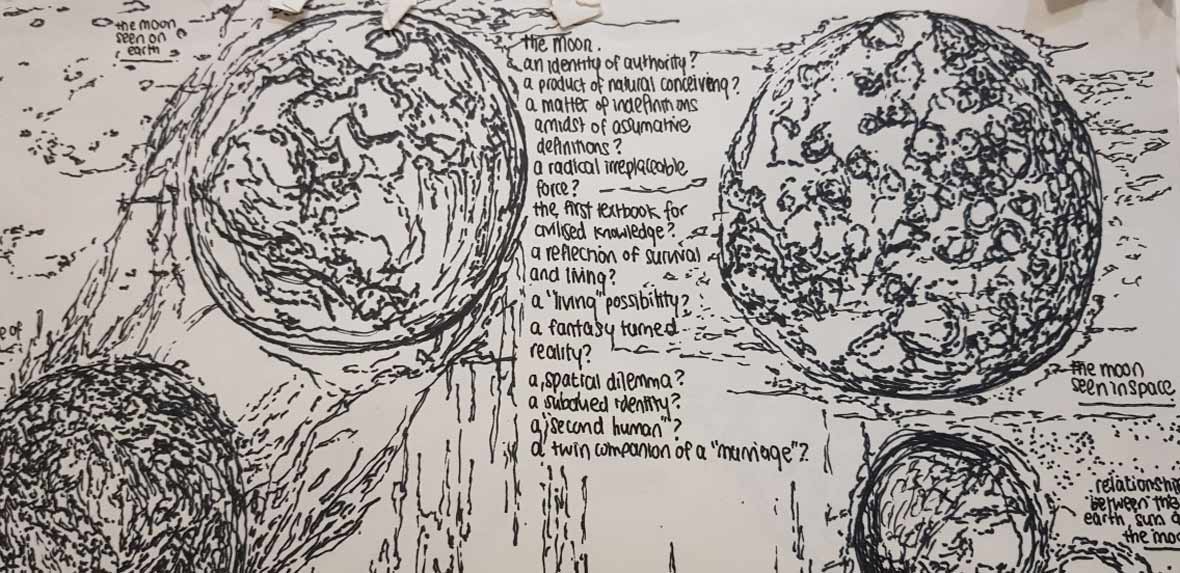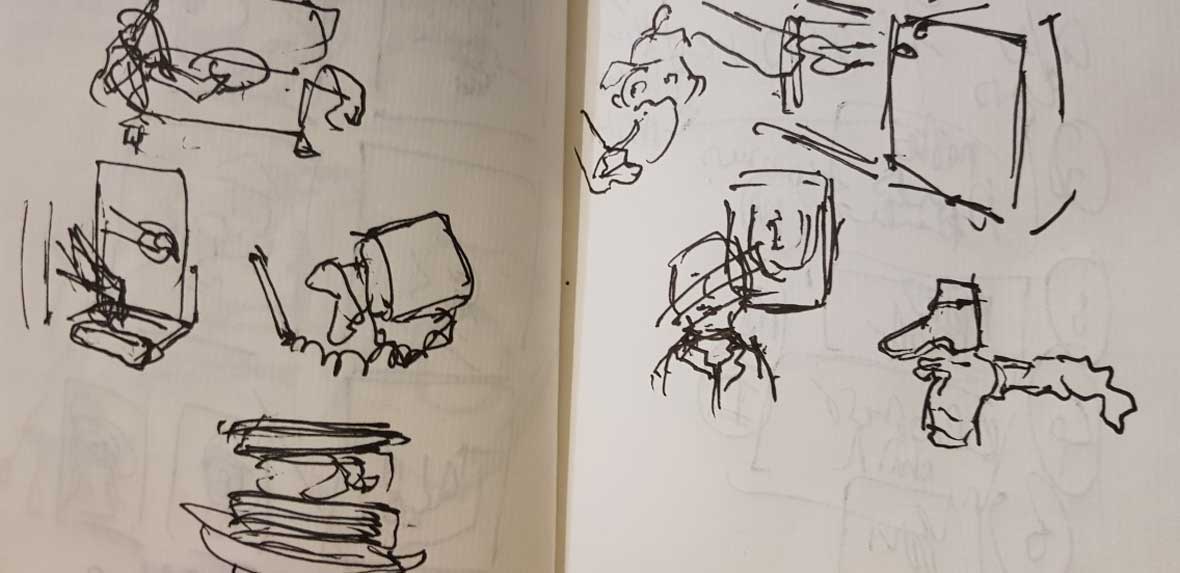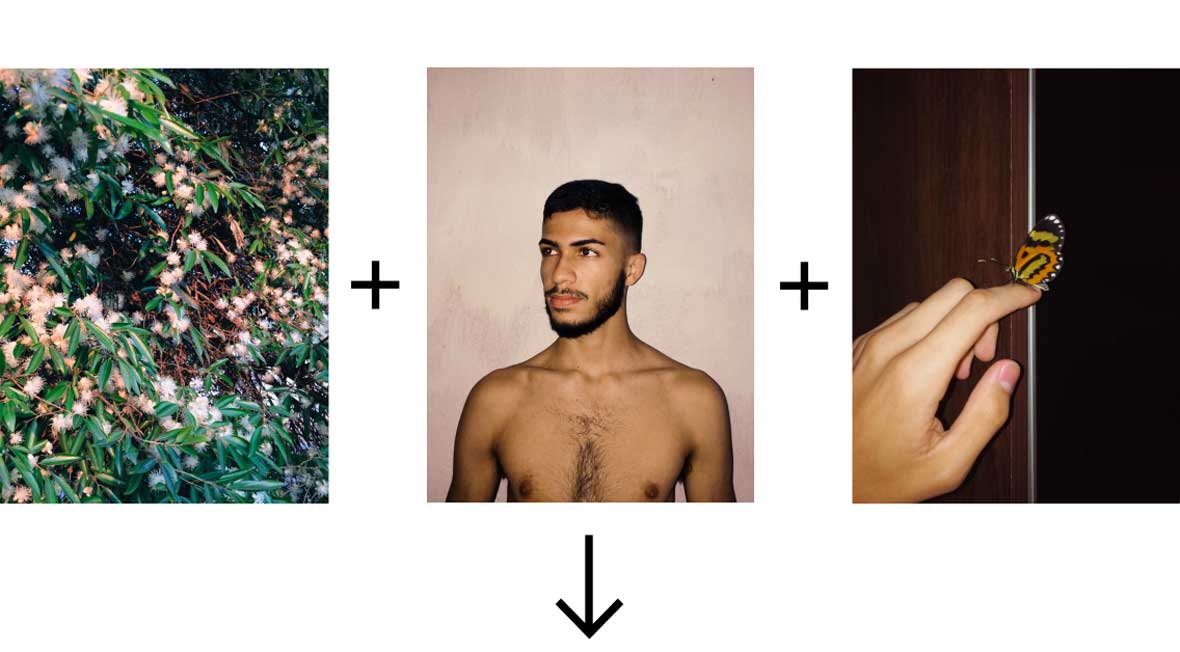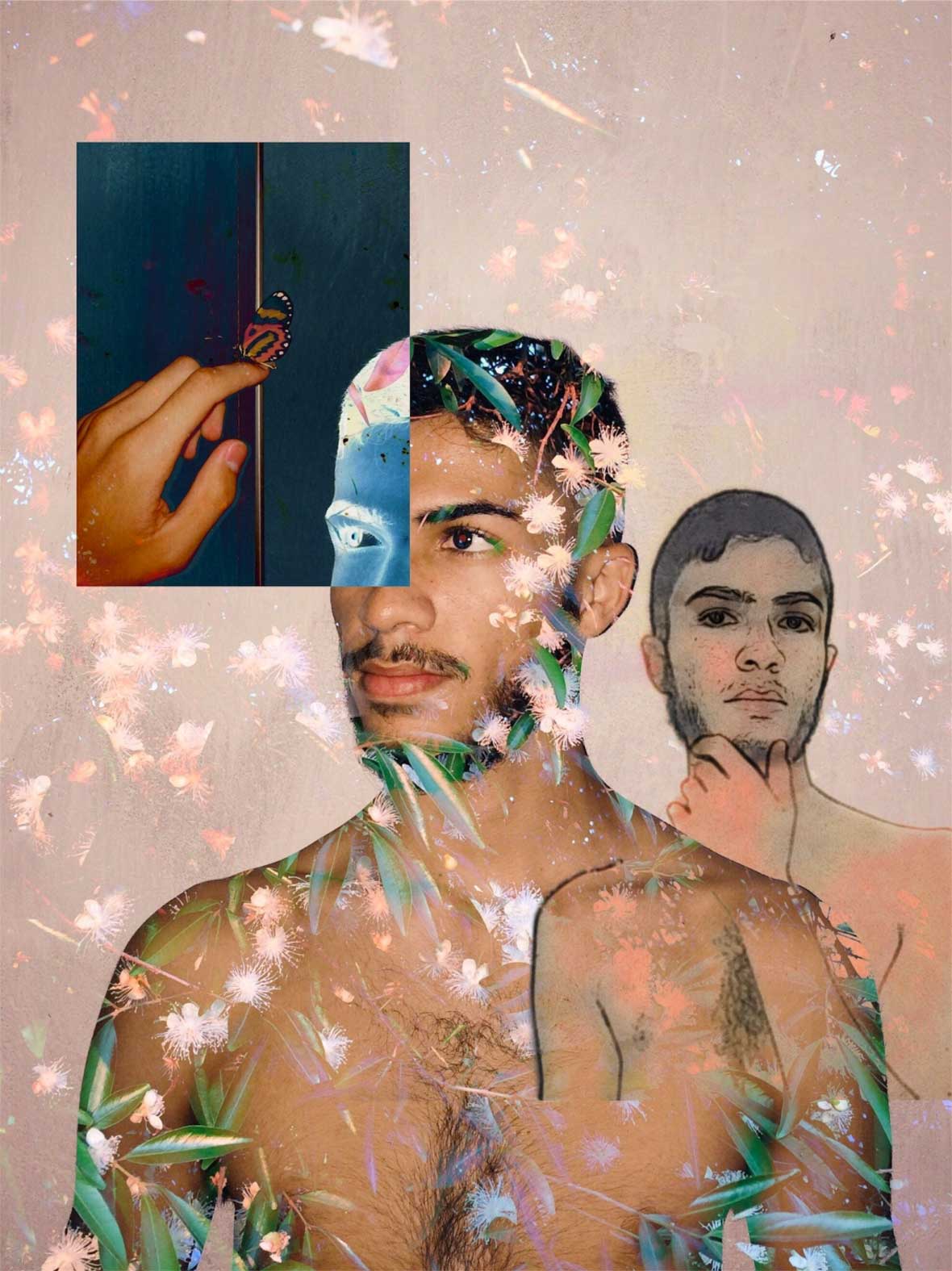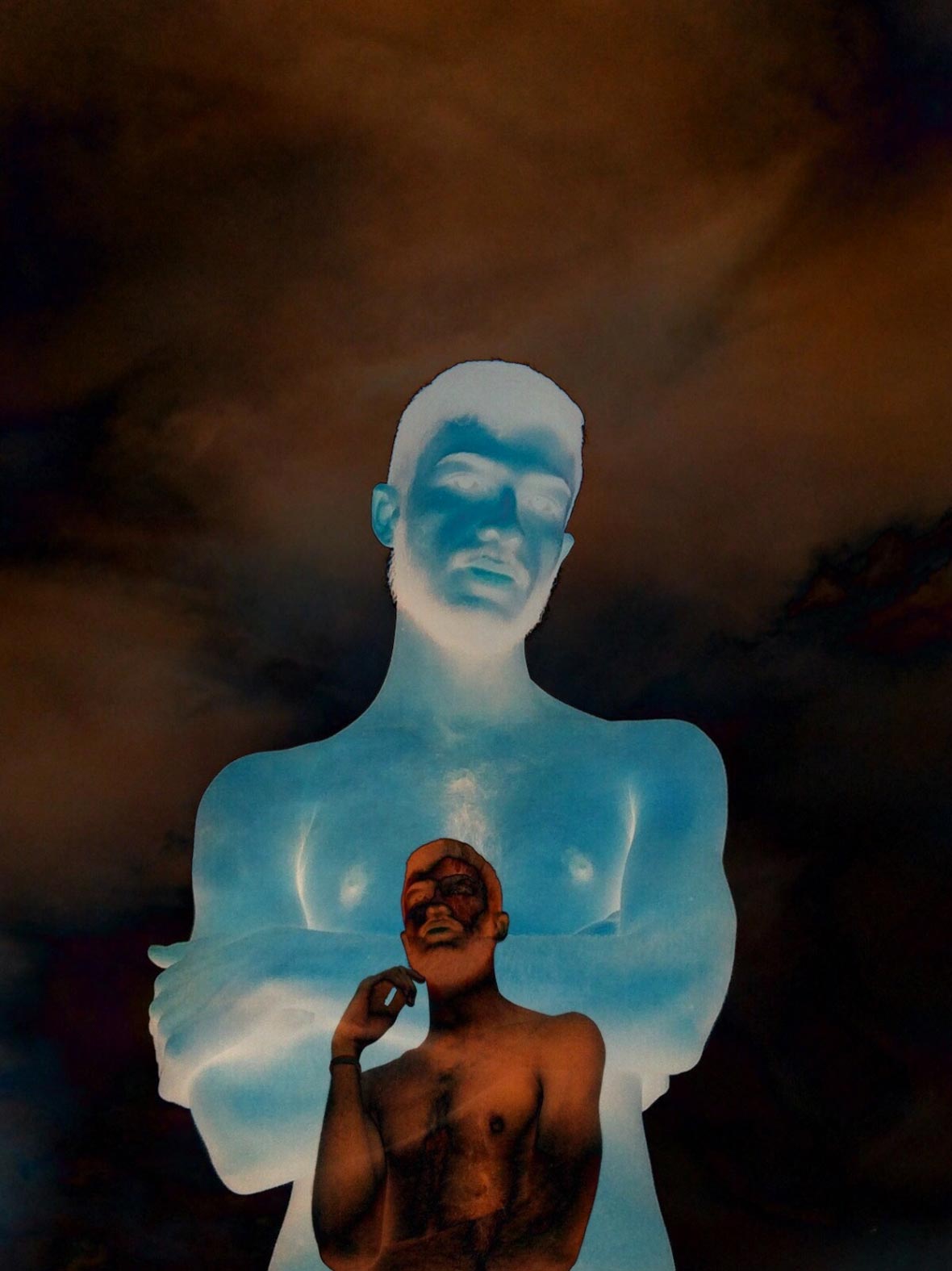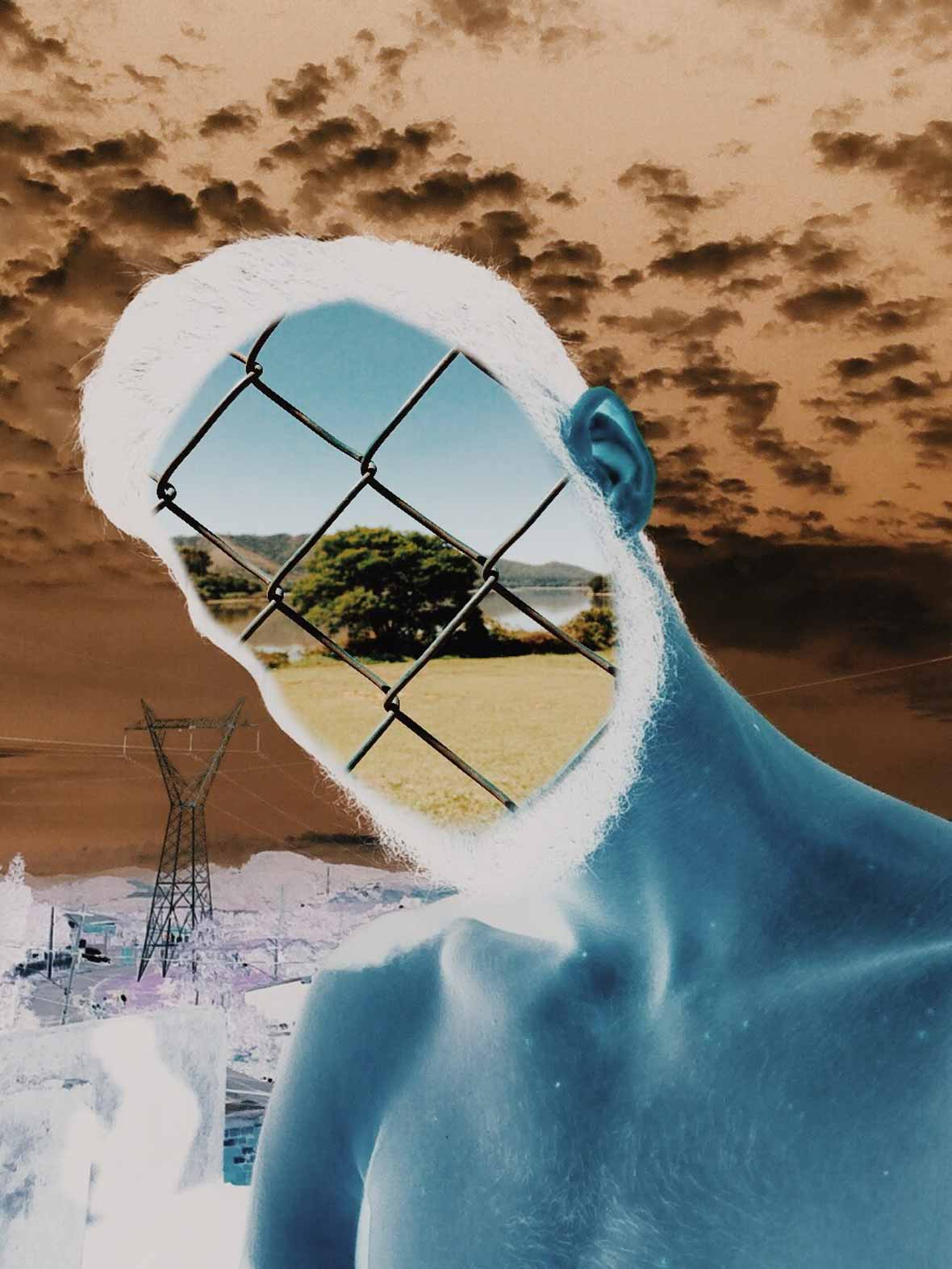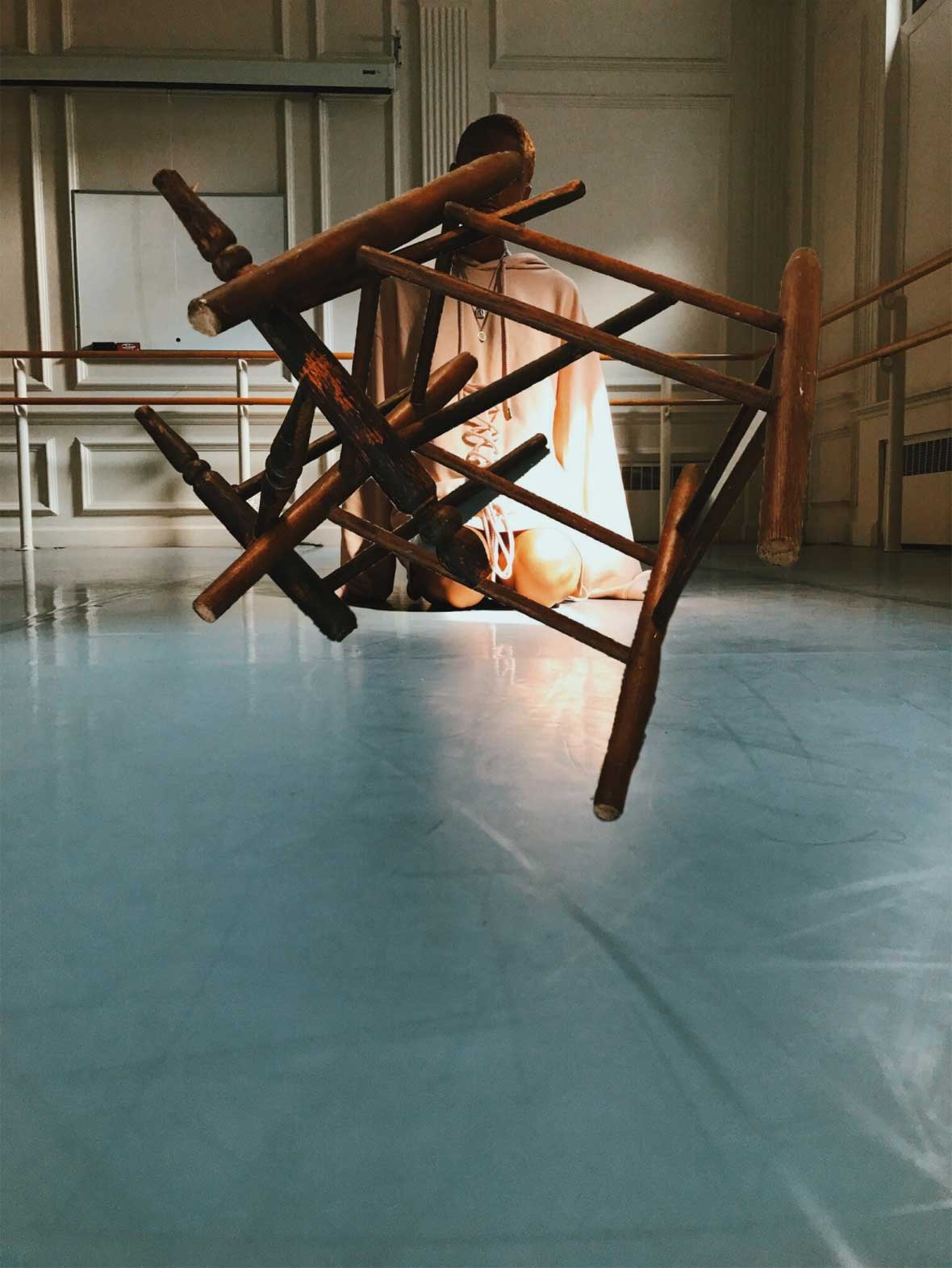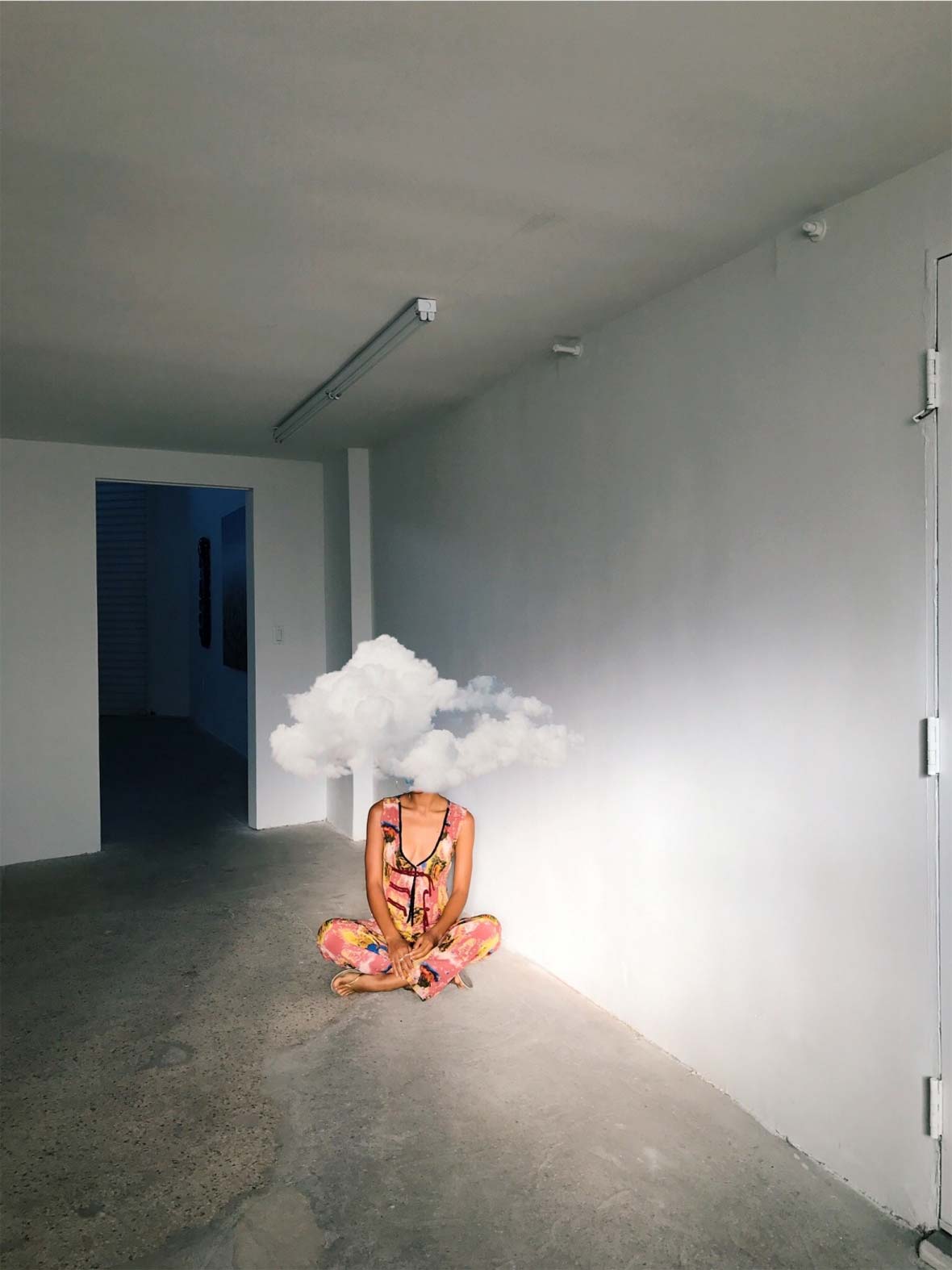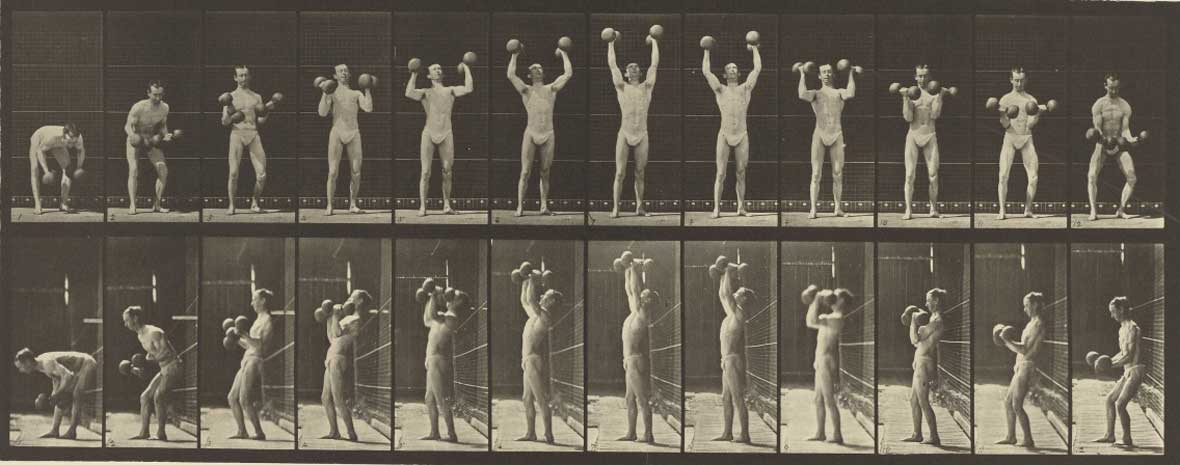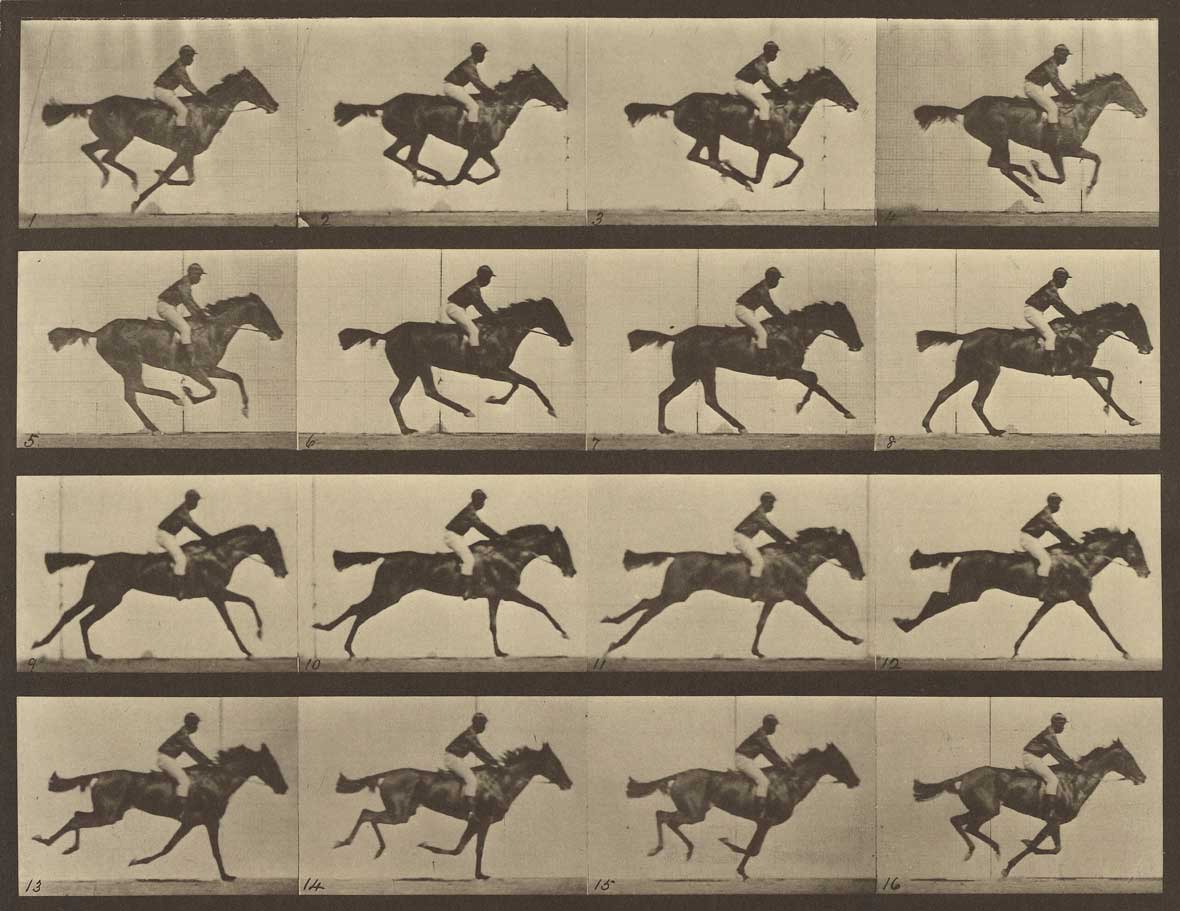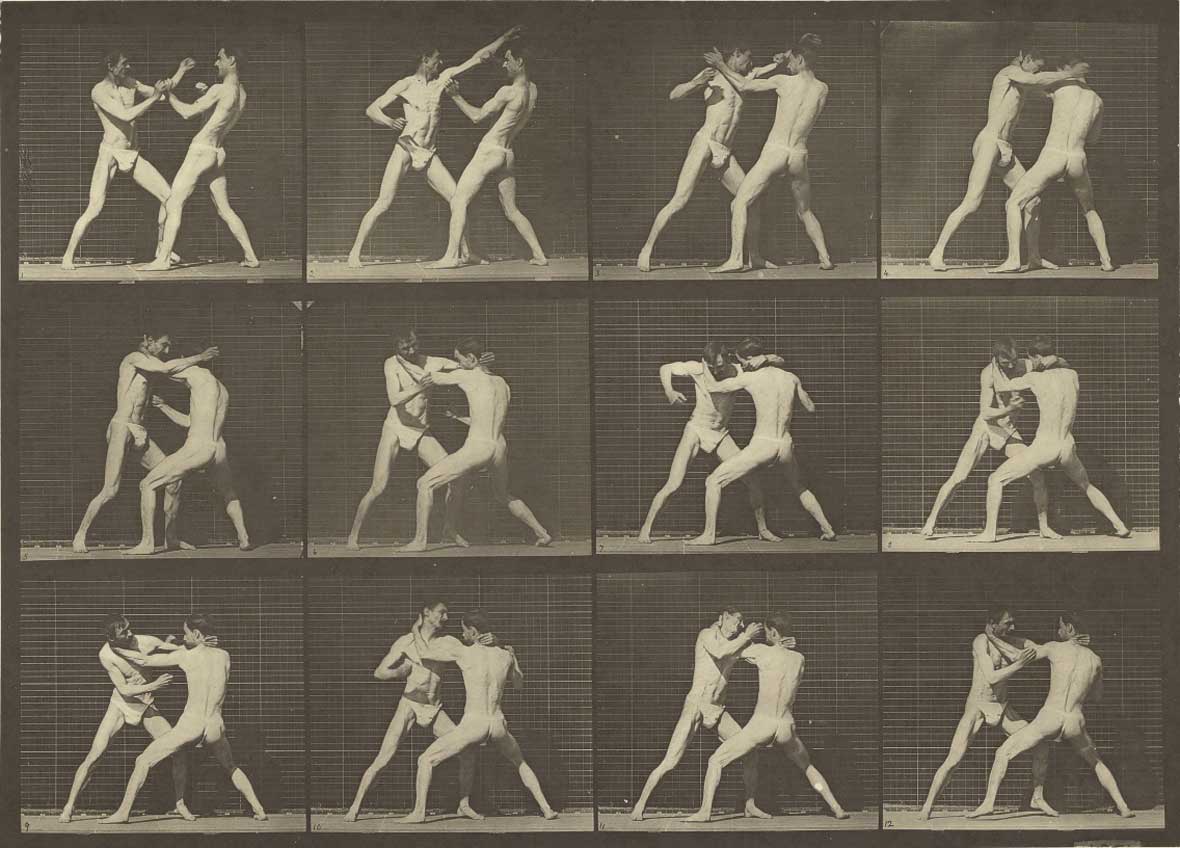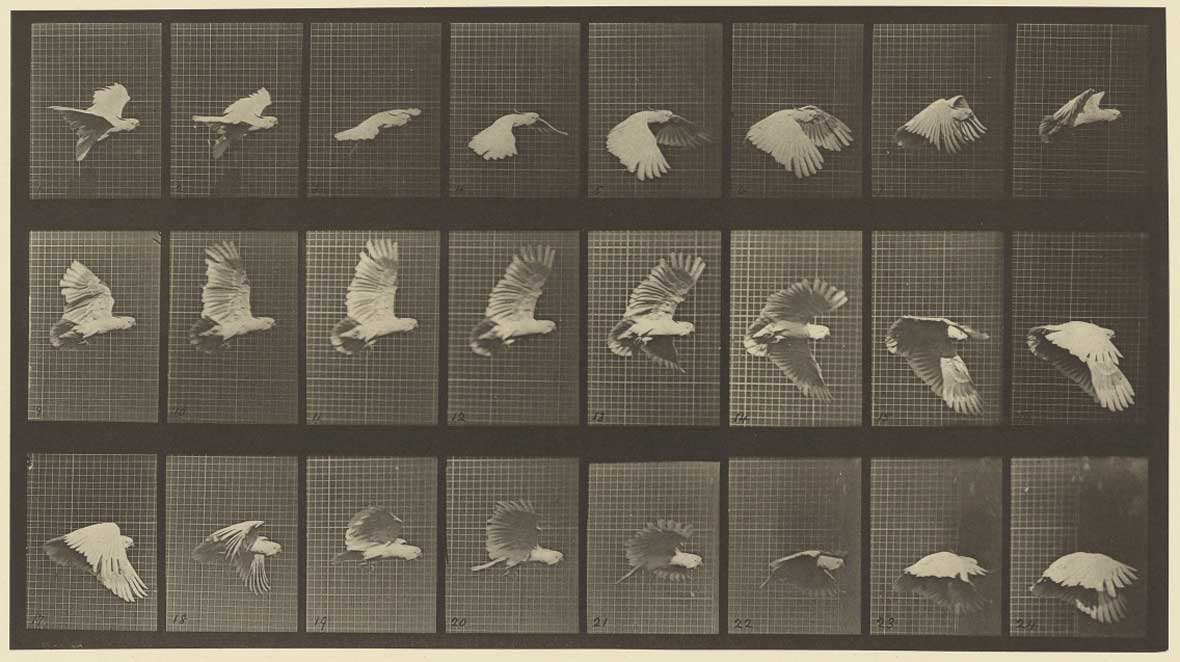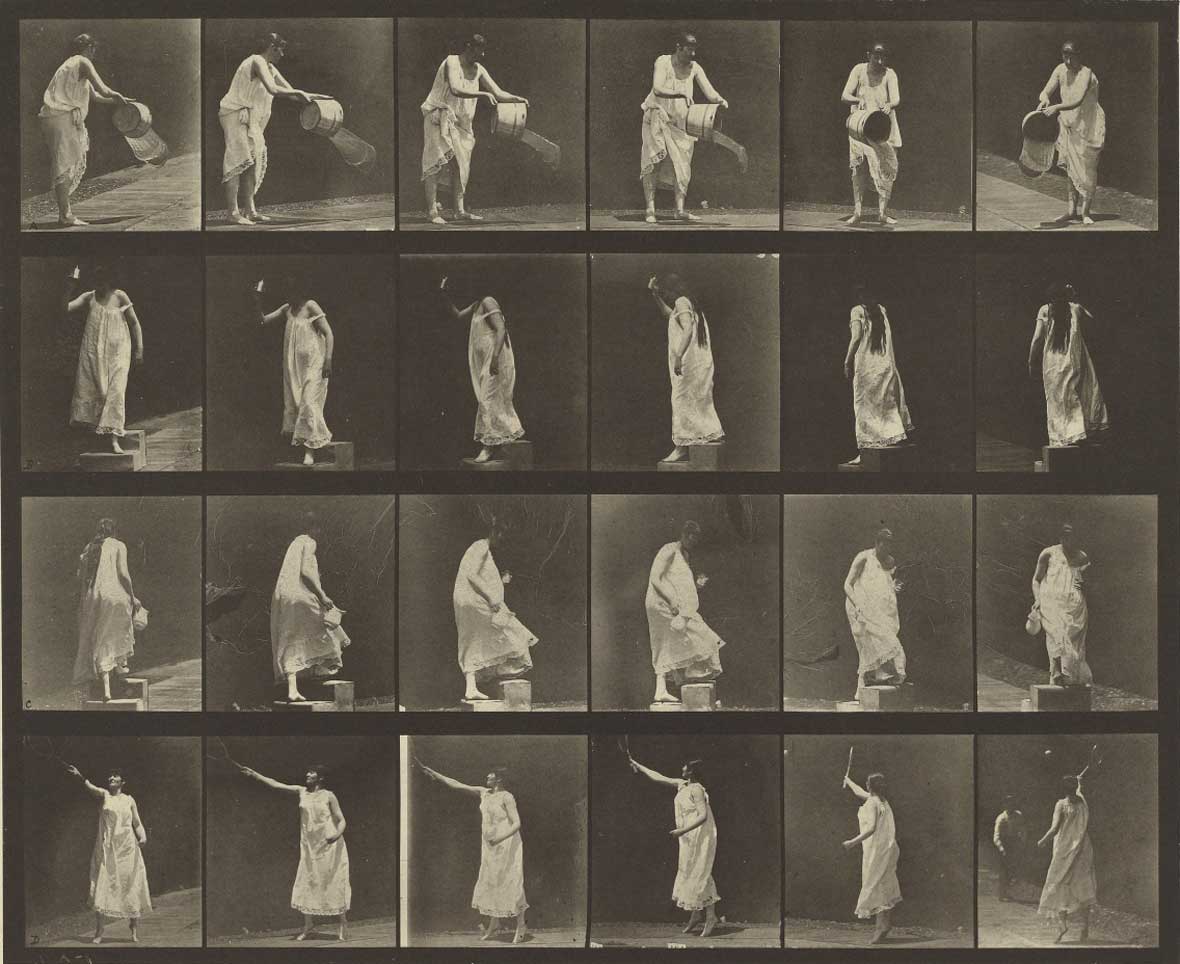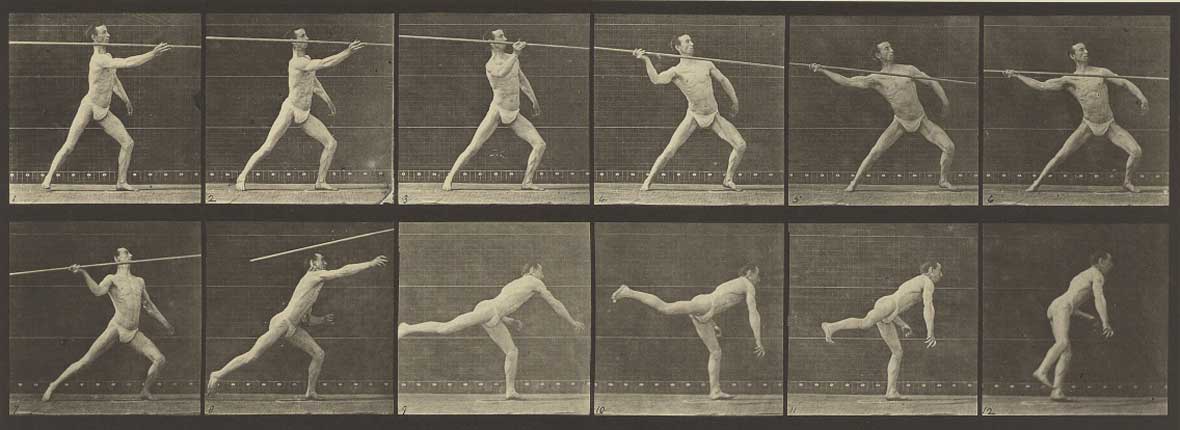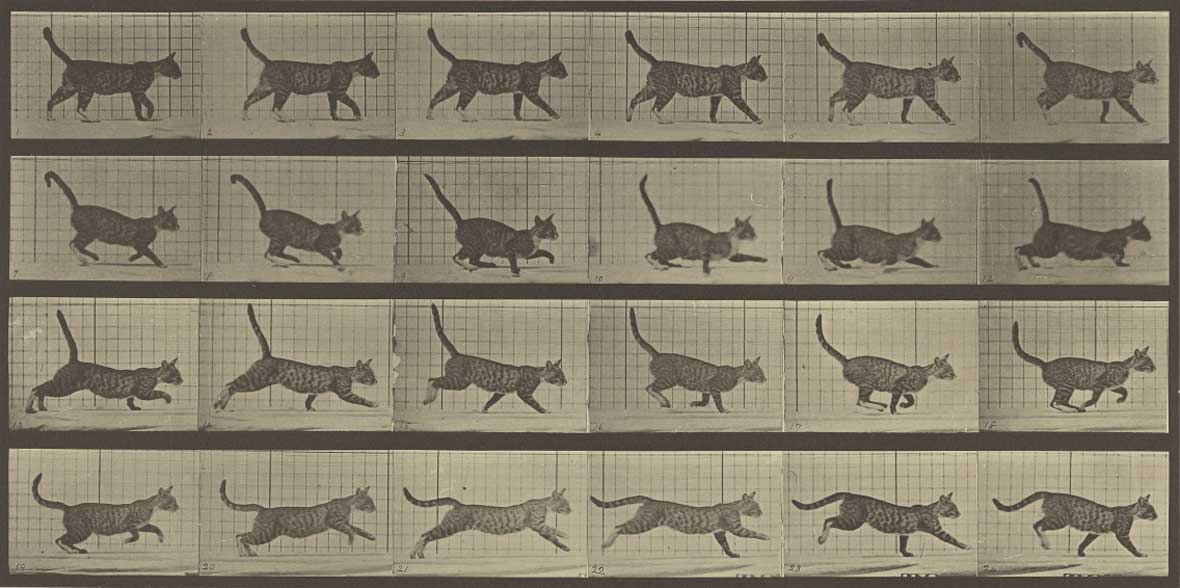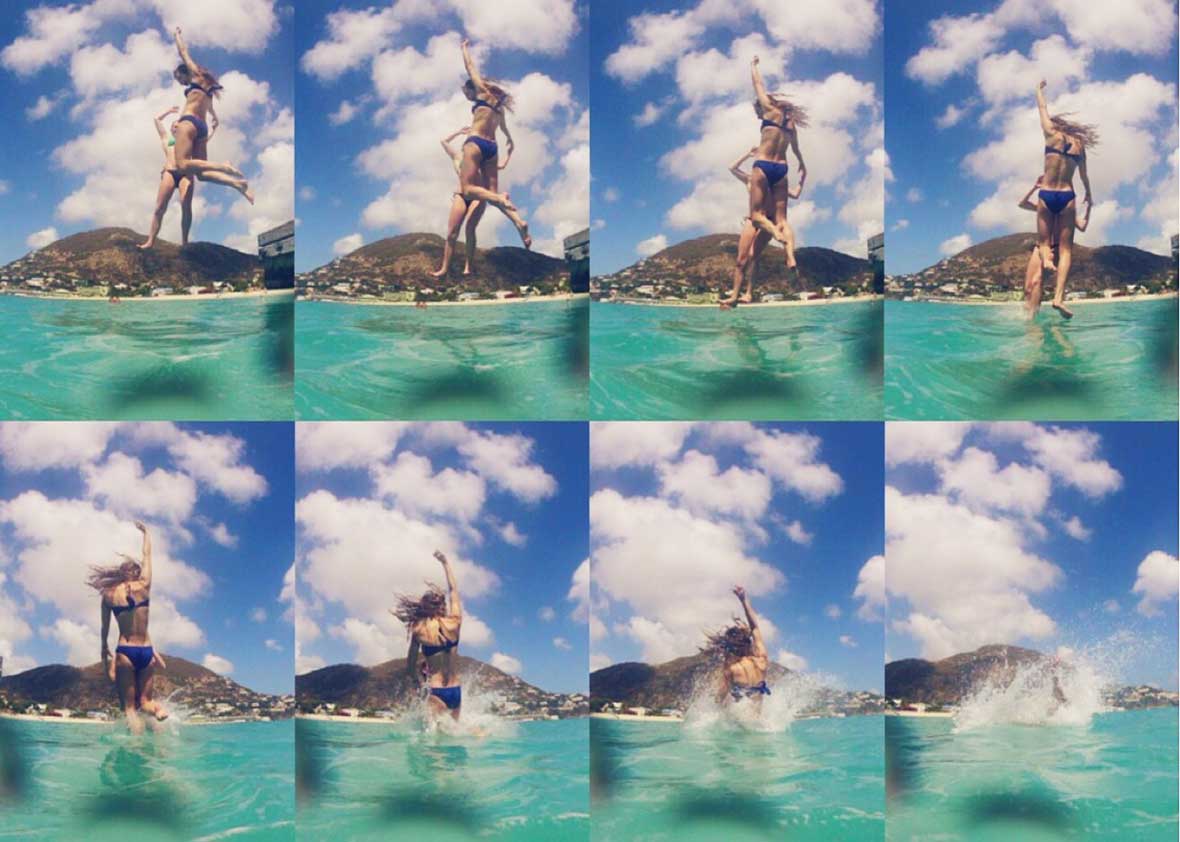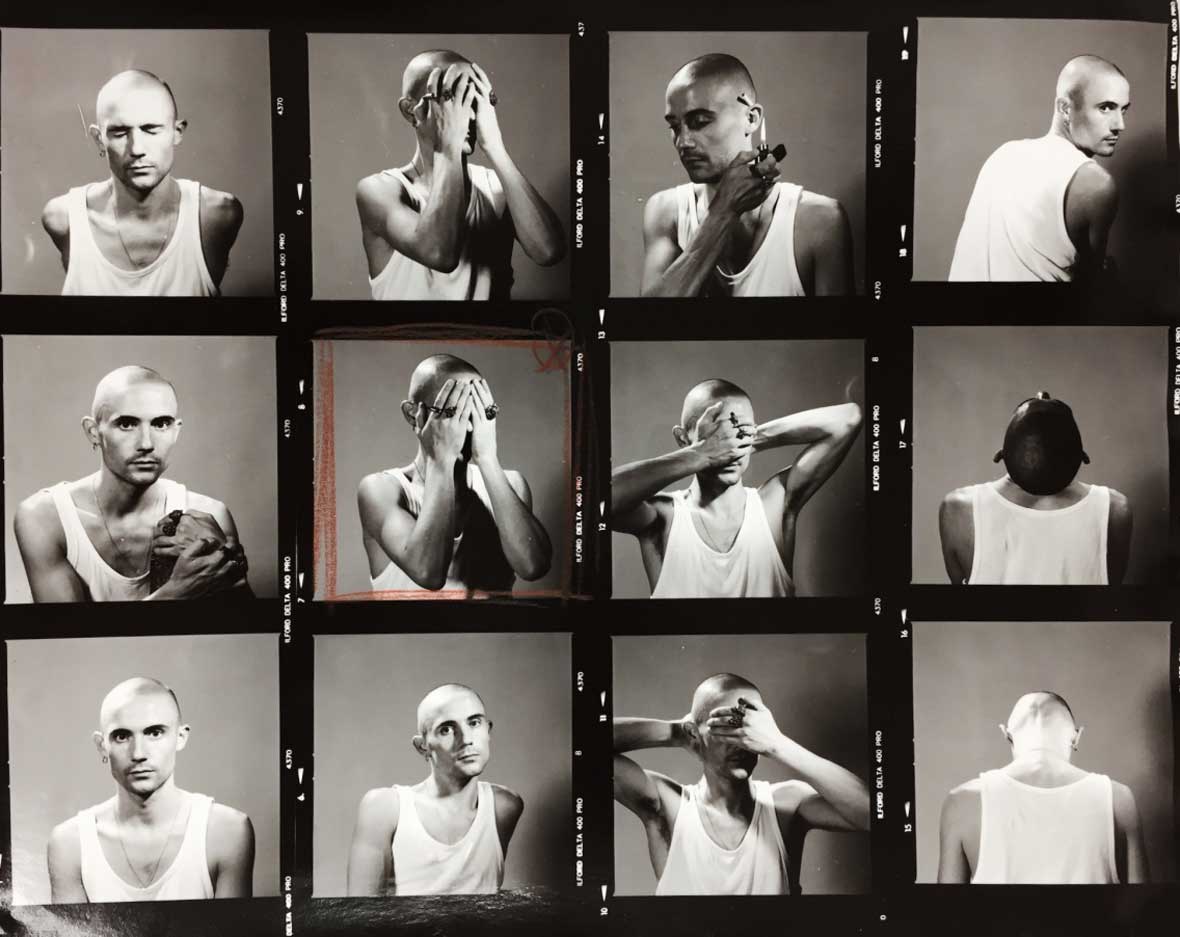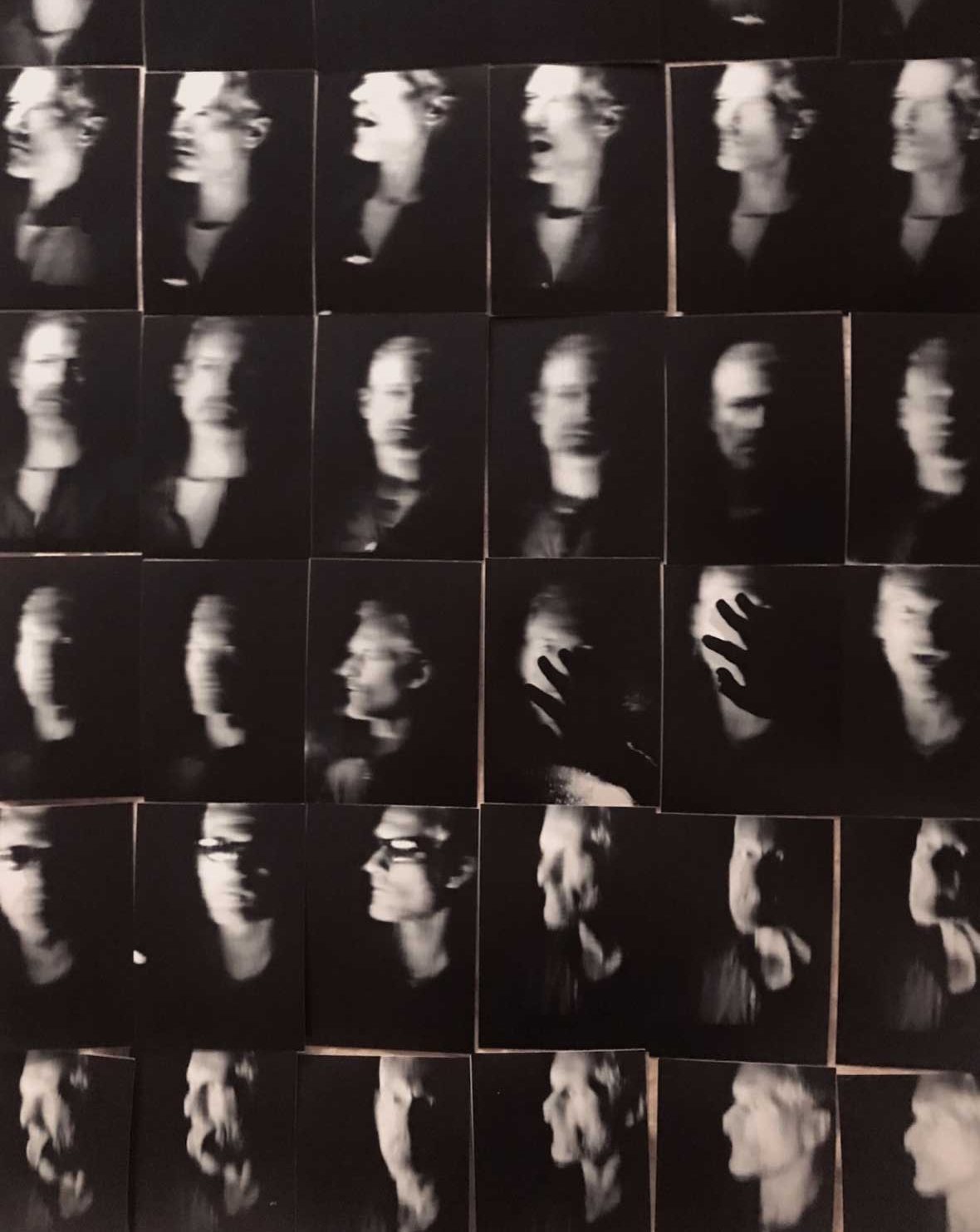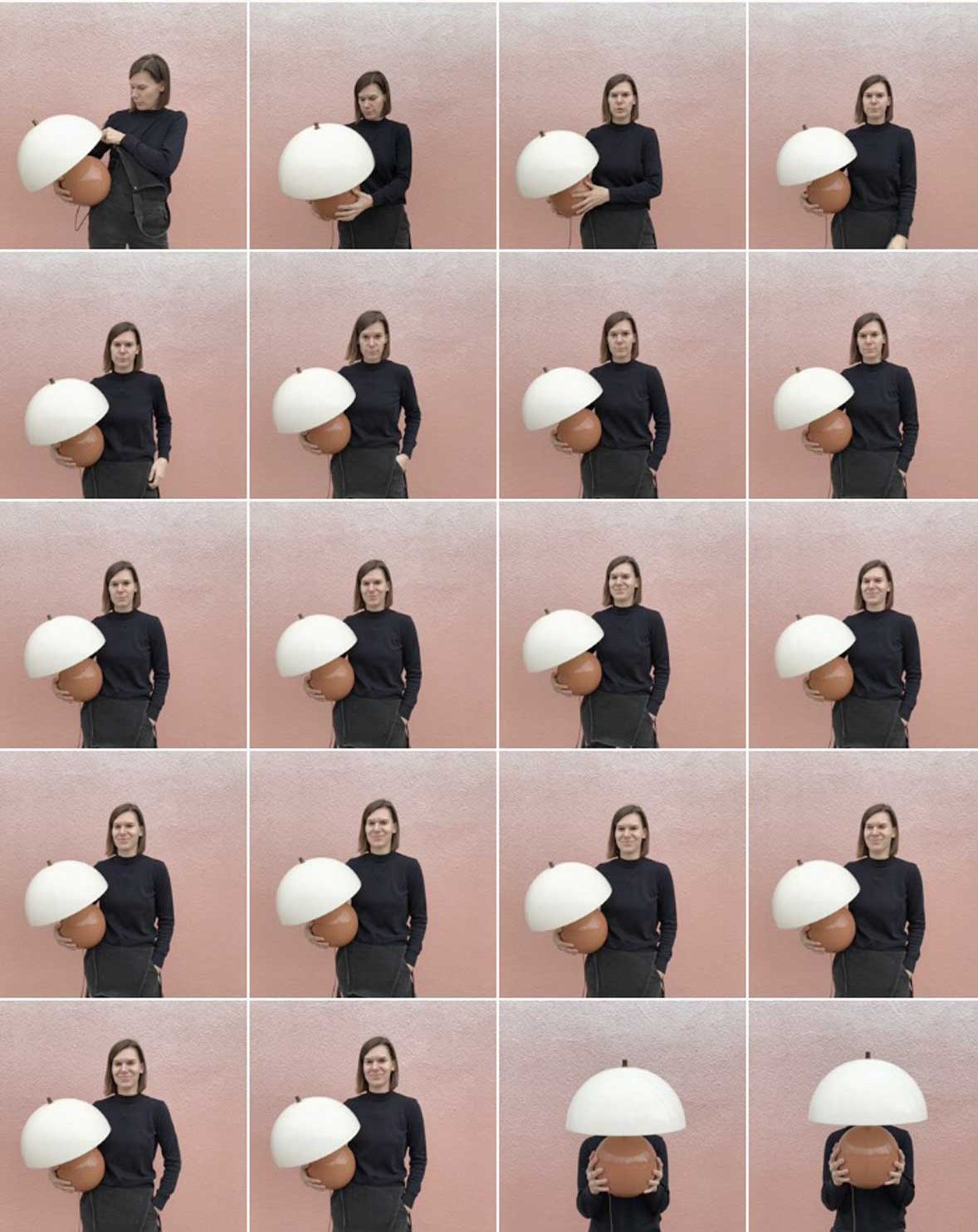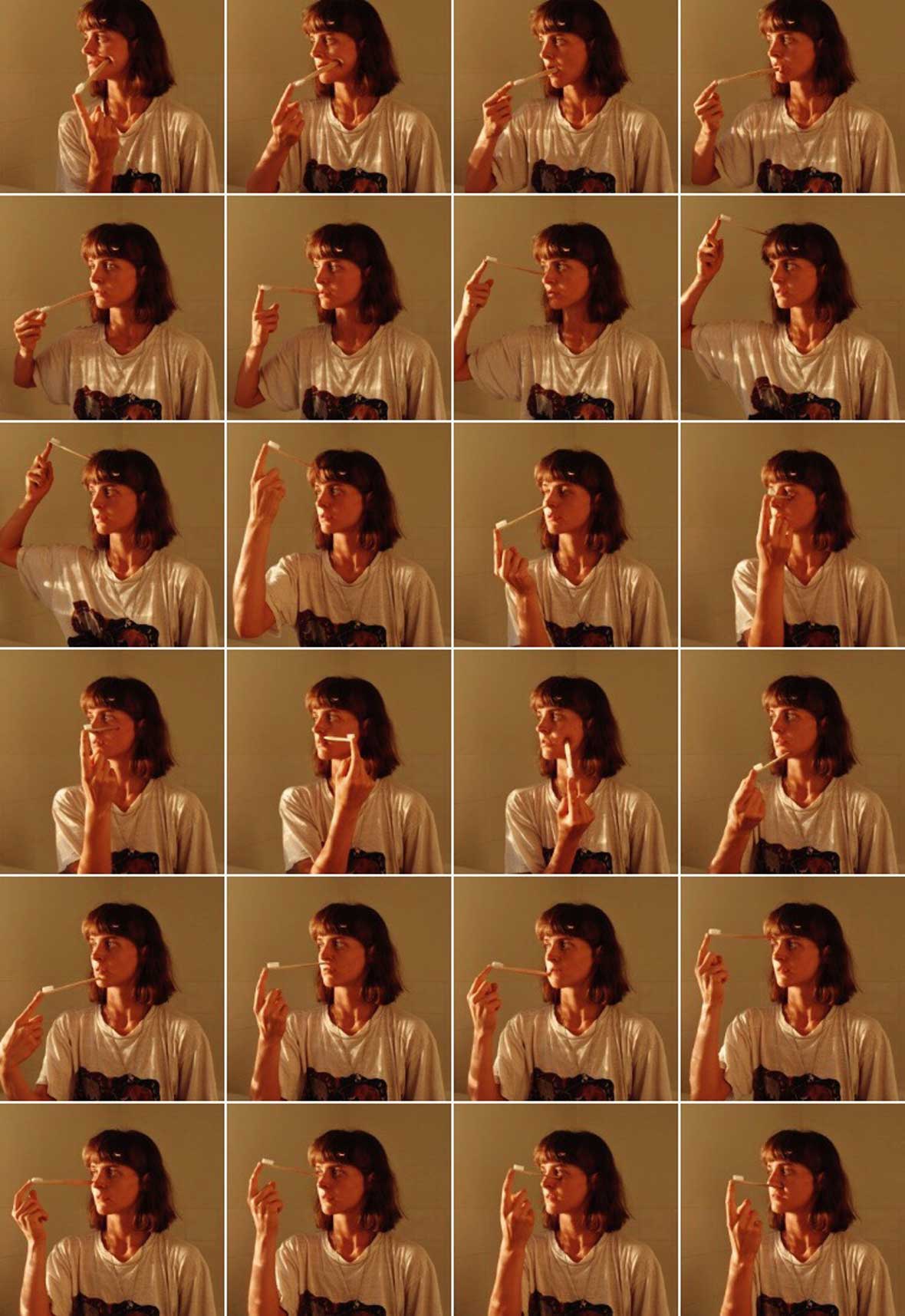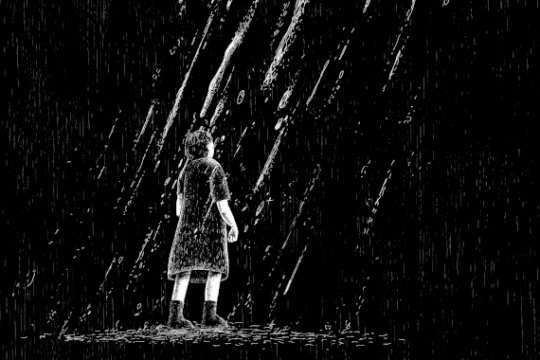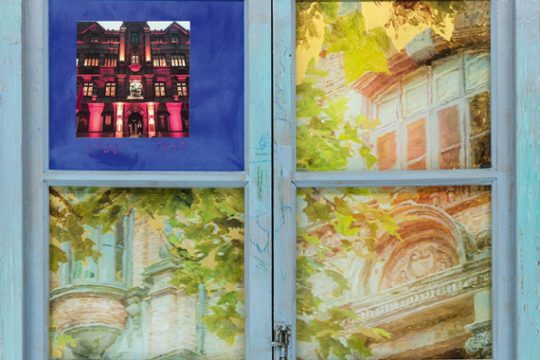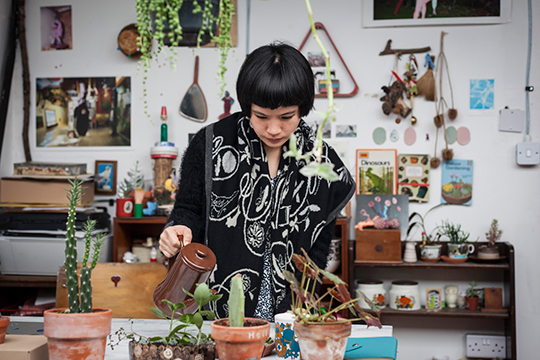无法观看?前往腾讯视频
“When I’m dancing, a lot of the times everything goes black,” says Shaun Evaristo. “I’m conscious that I’m dancing but I’m not exactly sure what my body is doing. I’m letting the flow kind of take place.”
Evaristo is a world-class dancer and choreographer with an unmatched stage presence. For him, dance is freedom. Once he’s in the zone, nothing else seems to matter, and it shows in the way he moves. There’s an authenticity in the way that he carries himself. His movements seem more like an extension of the music, rather than something that accompanies it. One of the aptest descriptions of his dance explains it as “not an expression of his limbs, but an expression of his heart.” Evaristo’s consultant work for the hit TV show Hot Blood Dance Crew has brought him to China several times in recent years, and on a fair-weathered day in Shanghai, we caught up with him to chat and take a stroll through the city.
“当我自己在跳舞时,很多时候我意识到我的视野会变成一片黑暗。我知道我在跳舞,却不太确定我的身体在做什么。我让当下成为主宰,所有事情都是顺其自然地同步发生。”
舞台上的 Shaun Evaristo,是那一个遥远的身影,自由舞动,旁若无人。你会发现他跳的舞和其他人不太一样,既不炫耀,也不煽情,而是放任身体自然地随着音乐流转,每一次律动都是如此真挚。有人说,他跳的舞“肢体不是动作的出发点,灵魂才是”。菲律宾裔美国籍的 Shaun 是一位世界级的顶尖编舞师和舞者,近年因为参加节目《热血街舞团》的关系频繁来到中国工作。在结束录制工作 Shaun 将回美国的前一天,我们幸运地和他约到采访。
The weather hadn’t yet turned cold on the day we met, and the sun shone with a gentle warmth. As we walked together along the streets of Shanghai, Evaristo was delighted by everyday scenes, like the streetside vegetable vendors or the old woman drinking tea as she stroked the cat at her feet. These scenes—novel for a Filipino American from California—formed the backdrop as he talked about growing up, his family, and what dance means to him.
这一天天气还不太冷,日光和煦,我们一起走在上海的街边,一路上 Shaun 惊奇于那些中国日常的街景,路边叫卖的菜贩、喝茶同时摸着脚边猫咪的老妇,在他眼里看来都是不平凡的风景。我们佐着这些景色,和他从过去聊到现在,那些关于他自己、舞蹈、和生活的吉光片羽。
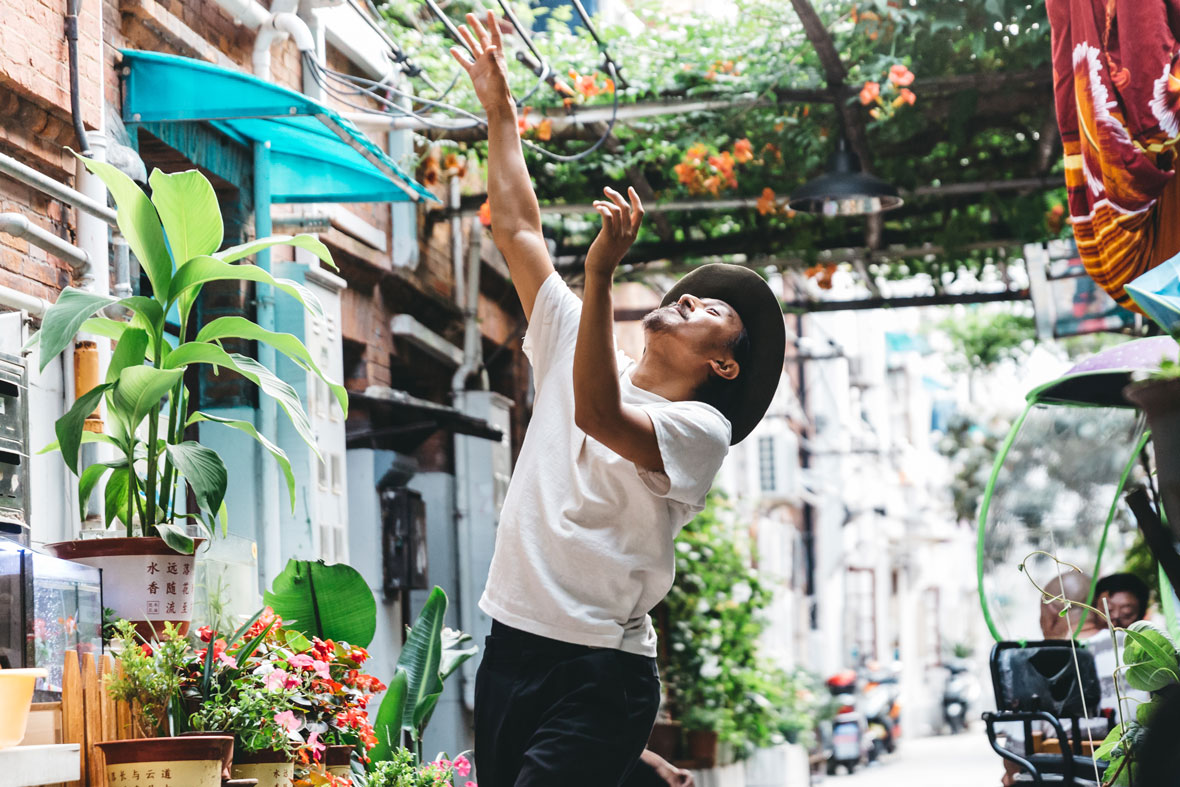
“I’m just a kid who loves dancing,” Evaristo says, recalling his childhood years in California. As a child, he formed a dance crew with his cousin and a few friends. Recruiting members was easy: Evaristo’s mother made a mean spaghetti that no one could resist. Entire afternoons were whiled away practicing in the garage with his friends. These remain some of Evaristo’s fondest memories. “At ten years old, I knew I wanted to be a choreographer, I just didn’t know what it was called at the time. I invited people over and taught them dance moves that I made up. Seeing their happiness made me happy. It was something I could see myself doing for the rest of my life.”
After high school, Evaristo moved to Los Angeles to pursue his dreams. He didn’t want to be a dancer—he wanted to be a choreographer. “I knew I wanted to do choreography from the very beginning,” he says. “I love dancing, but creating something new is my true passion.
“我只是一个很喜欢跳舞的街头小孩。”Shaun 回忆起小时候的自己说道。六七岁时,他就和表哥和朋友们组成一个小小的舞团,用妈妈的手工意大利面作为诱饵吸引大家加入。最快乐的时光就是把自己关在家里的车库里,跳舞跳上一整天。
高中毕业后 Shaun 决定搬到洛杉矶,追寻舞蹈生涯。不过并不是以舞者的身份,而是编舞师。“其实打从一开始我就知道我想做的是编舞师。我喜欢跳舞,但创造才是我真正热爱的事情。”他回想起,“十岁时我就在编自己的舞,只是我当时不知道这叫编舞而已。我把学校里一些也喜欢跳舞的小孩找来,教他们我自己设计的舞步。看到他们脸上开心的表情,这让我好快乐。我觉得我可以一辈子都做这件事情。”
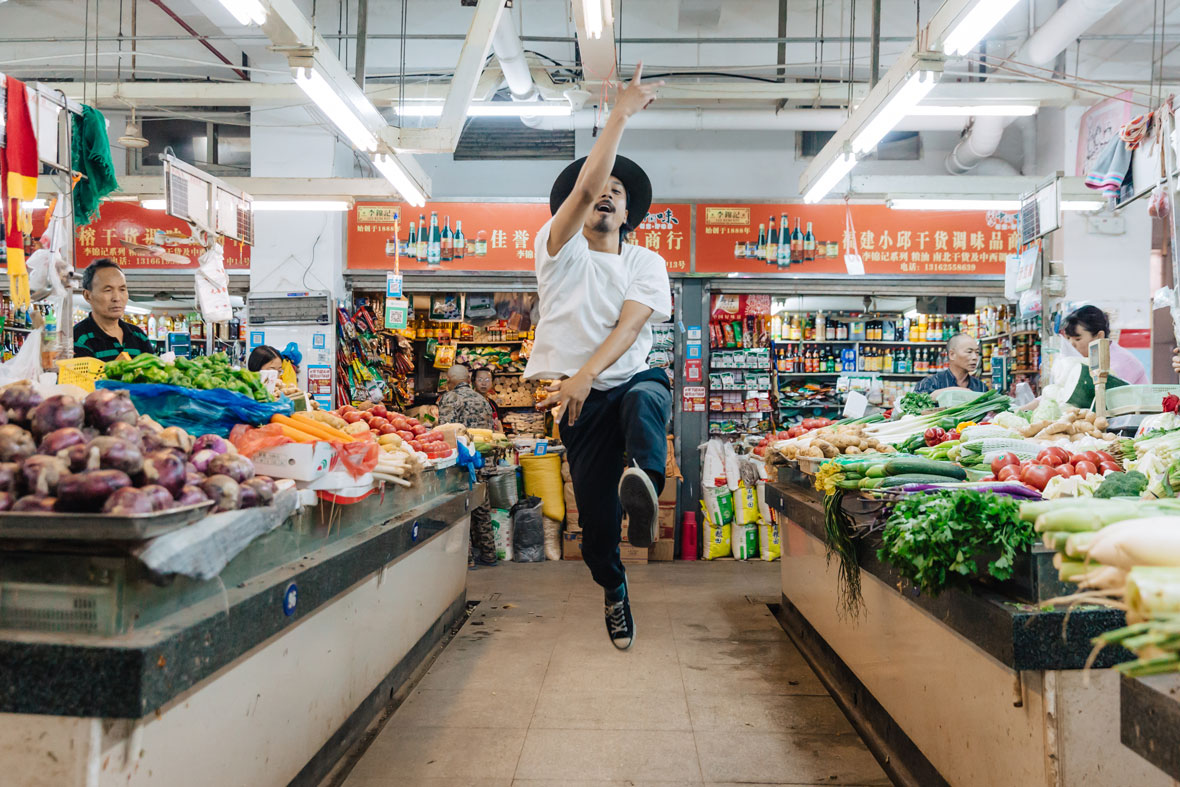
Evaristo’s style and approach to choreography are uniquely his own: for him, dancing is the most genuine form of emotional expression, and he uses choreography to plumb the unseen, unquantifiable essence hidden deep inside a person’s heart. “Choreography isn’t just about making up cool moves,” he says. “It’s about self-expression like any other art form—choreography is about opening someone’s mind.”
Our stroll takes us to a traditional market, and Evaristo stops in front of stalls selling vegetables, dried fruit, sundries, and more. Since he can’t speak Chinese, he gesticulates to communicate with the stall owners. Much like his dance, simple movements and a genuine smile expressed much more than words ever could.
Shaun 有着他一套非常独特的编舞风格和理念,即舞蹈来自最真实的情感表达。通过编舞,他所探触到的往往是那一块隐藏在人们心中不可见光、不可量化的内心质地。“编舞并不是在教你跳一些很酷的舞步而已,而是一种自我表达,像任何其他艺术形式一样。编舞的一切,是关于你如何打开别人的心。”
接着我们绕了点路,来到一间传统市场。拍摄过程中他常常在各种摊位前停下,蔬果摊、干货摊、杂货店,说不了中文,就和老板比手划脚有说有笑。和他的舞蹈一样,简单的肢体动作加上真诚的欢笑,就可以传达出比文字更动人的内涵。
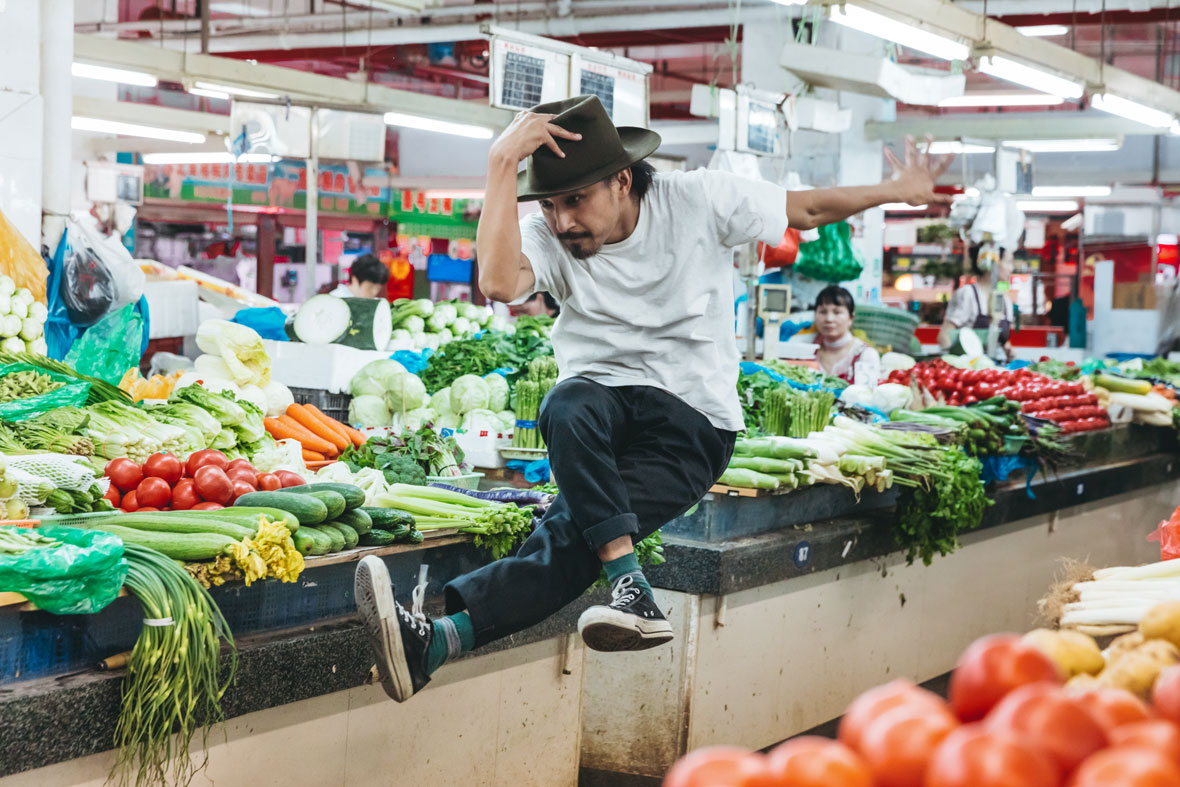
In Los Angeles, Evaristo runs the choreography studio The Movement Lifestyle, yet to say that he’s only a choreographer isn’t quite accurate. He also works as a dancer, artistic director, producer, a dance instructor, and more. The studio’s name sums up his life philosophy: he believes that everyone should keep their life in motion by doing what they love. “It’s like painters paint, chefs cook, and I dance. Dancing is a way, not the way. It’s just a tool, a medium. It’s just the first step.”
And the next step? Just to go on living. To keep up the forward momentum, to go on living, taking the bitter with the sweet.
平常 Shaun 在美国洛杉矶经营着编舞工作室 The Movement Lifestyle,此时此刻,只把他看作一位编舞师也不太合适。他身兼编舞师、舞者、艺术指导、制作和舞蹈教学等多种身份,Movement Lifestyle 除了是他工作室的名字,这两个词语动态(Movement)和生活(Lifestyle)也正好解释了他的生活理念——他相信每个人都要借由做着自己热爱的事情,让生活保持在动态之上。“就像画家借由画画,厨师借由料理,而我借由跳舞。舞蹈只是众多保持动态的方式之一,是一个道具,也只是第一步而已。”
而下一步呢?就是好好生活。在五味杂陈和喜怒无常的际遇之中,保持前进的步伐,好好生活。
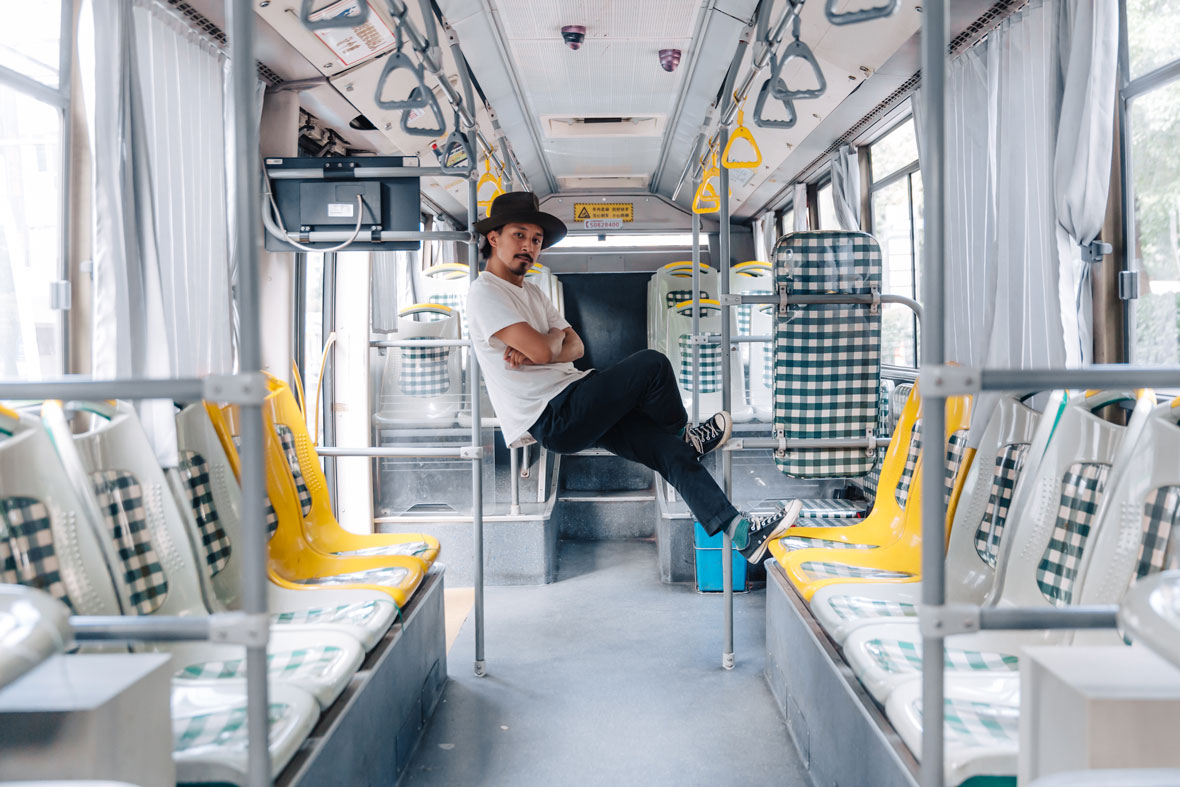
Night was falling, and the sunset had slowly tinged the sky a neon color. We were all hungry, so we decided to get some Shanghainese food. We ordered a table full of local delicacies, including an eggplant dish with ground pork. Shaun is usually a vegetarian, so he picked out the minced meat and chowed down. “If I don’t have a more now, I might not be able to get this in the US!” he said.
It was getting late, and our group began to break up and go our separate ways. As we said our goodbyes, Shaun suddenly asked me, “What do you think happiness is?” So we stood by the side of the road, chatting about happiness and ideals. That day ended on this mostly romantic conversation. “Because dancing has changed my life so much, I have this really big want for others to see the same. I believe that art can change the world, I really believe that. Our just is just to do it, to use it, to share it.”
眼看时间来到傍晚,晚霞渐起将天色染成一片霓虹,我们一伙人都饿了,决定去吃道地的上海菜。Shaun 平常吃素,我们点了一桌山肴野蔌,掺着肉末的油焖茄子,他仔细地挑出肉粒再吃,“现在不多吃一点,回美国可能吃不到了!”
时间已经不早了,大家即将踏上各分东西的回家方向。生活本是如常,道别之际,Shaun 突然问我“你觉得幸福是什么?”于是我们就近站在路边,漫谈着所谓幸福和理想。这一天,就结束在这主旨浪漫的对话。“因为舞蹈改变了我的人生,所以我有这种很大的欲望,希望别人能跟我有一样的感受。我相信艺术可以改变这个世界,我是真的这么相信,而我们的工作就是去持续地做,去发挥,去分享它。”
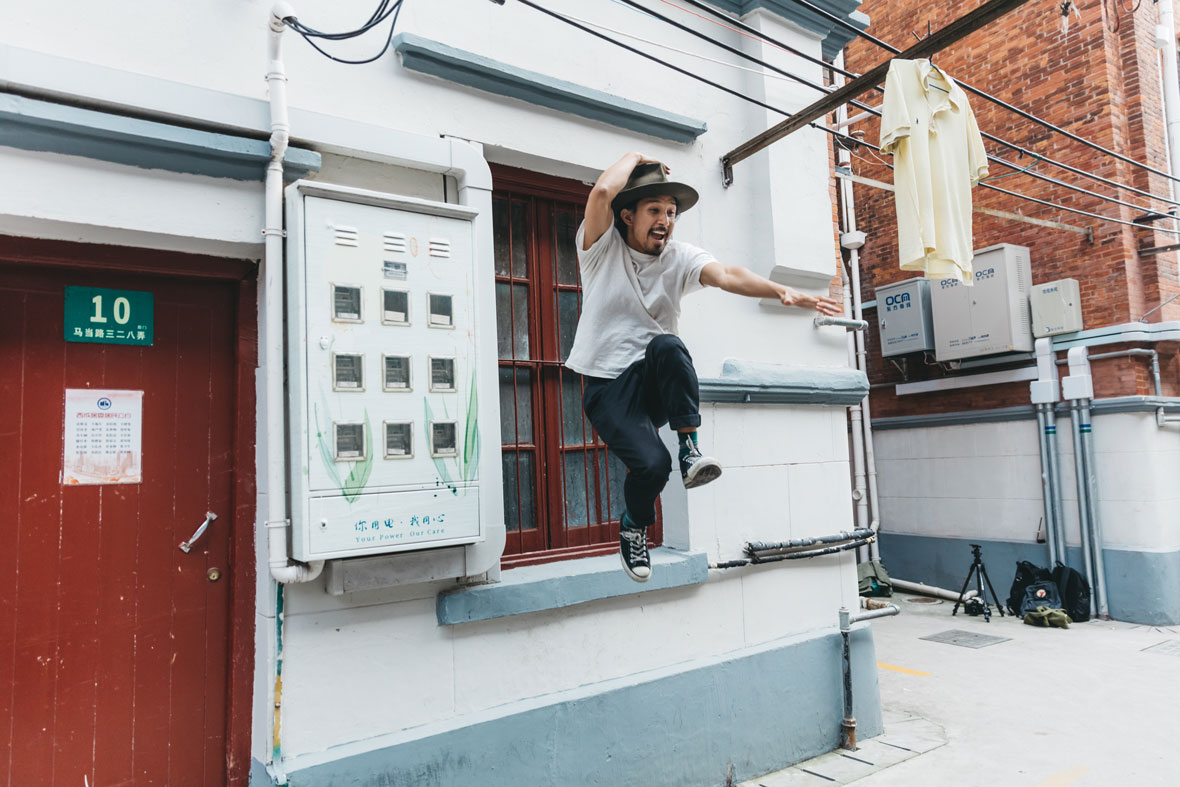
Like our stories? Follow us on Facebook and Instagram.
Website: www.themovementlifestyle.com
YouTube: ~/MovementLifestyle
Instagram: @shaunevaristo
Contributor: Yang Yixuan
Photographer: Chan Qu, David Yen
Videographer: Ye Zi
Video Editor: Paul Gardette
网站: www.themovementlifestyle.com
YouTube: ~/MovementLifestyle
Instagram: @shaunevaristo
供稿人: Yang Yixuan
摄影师: Chan Qu, David Yen
视频摄影师: Ye Zi
视频剪辑: Paul Gardette

